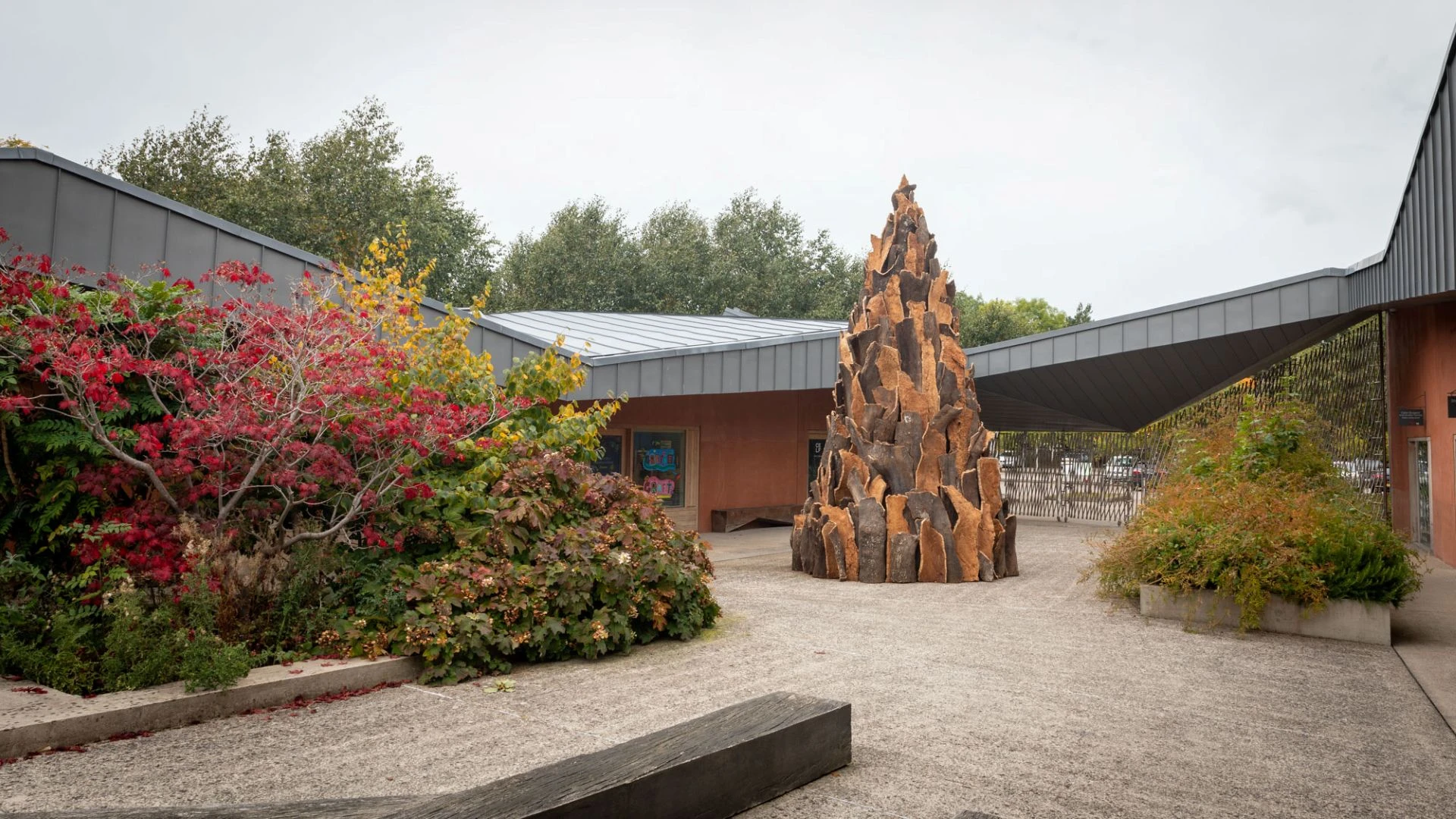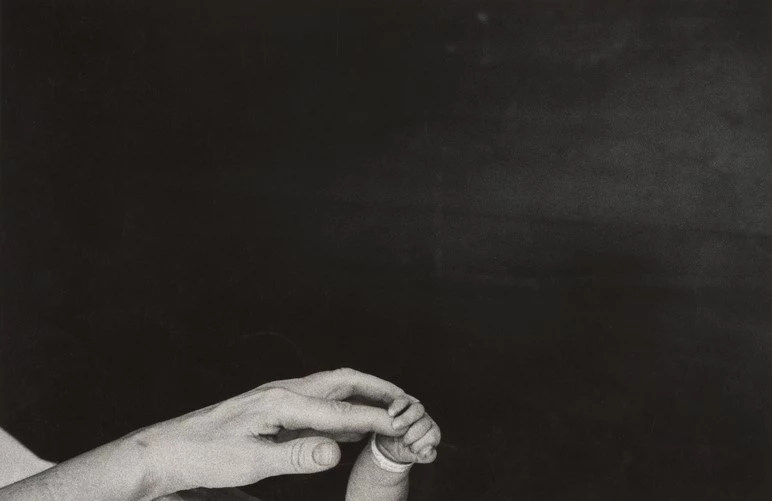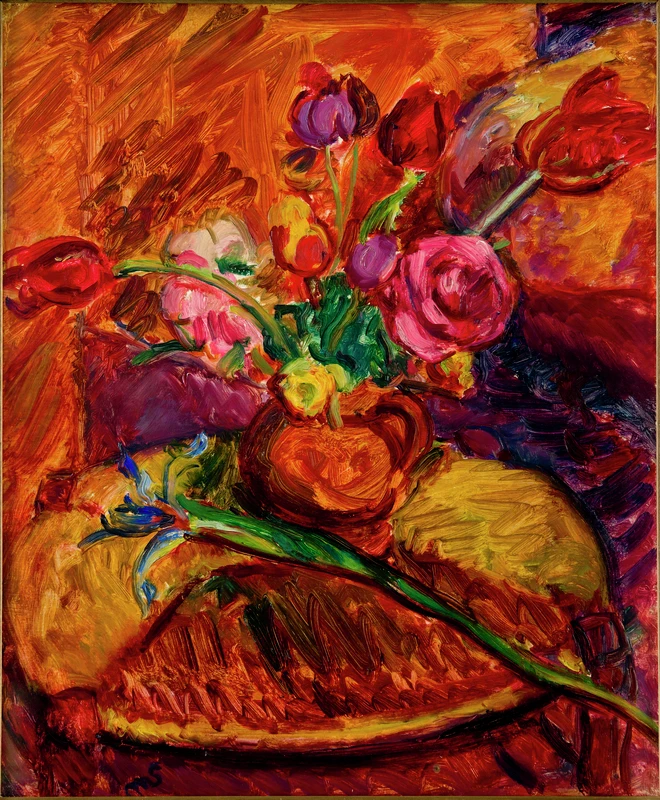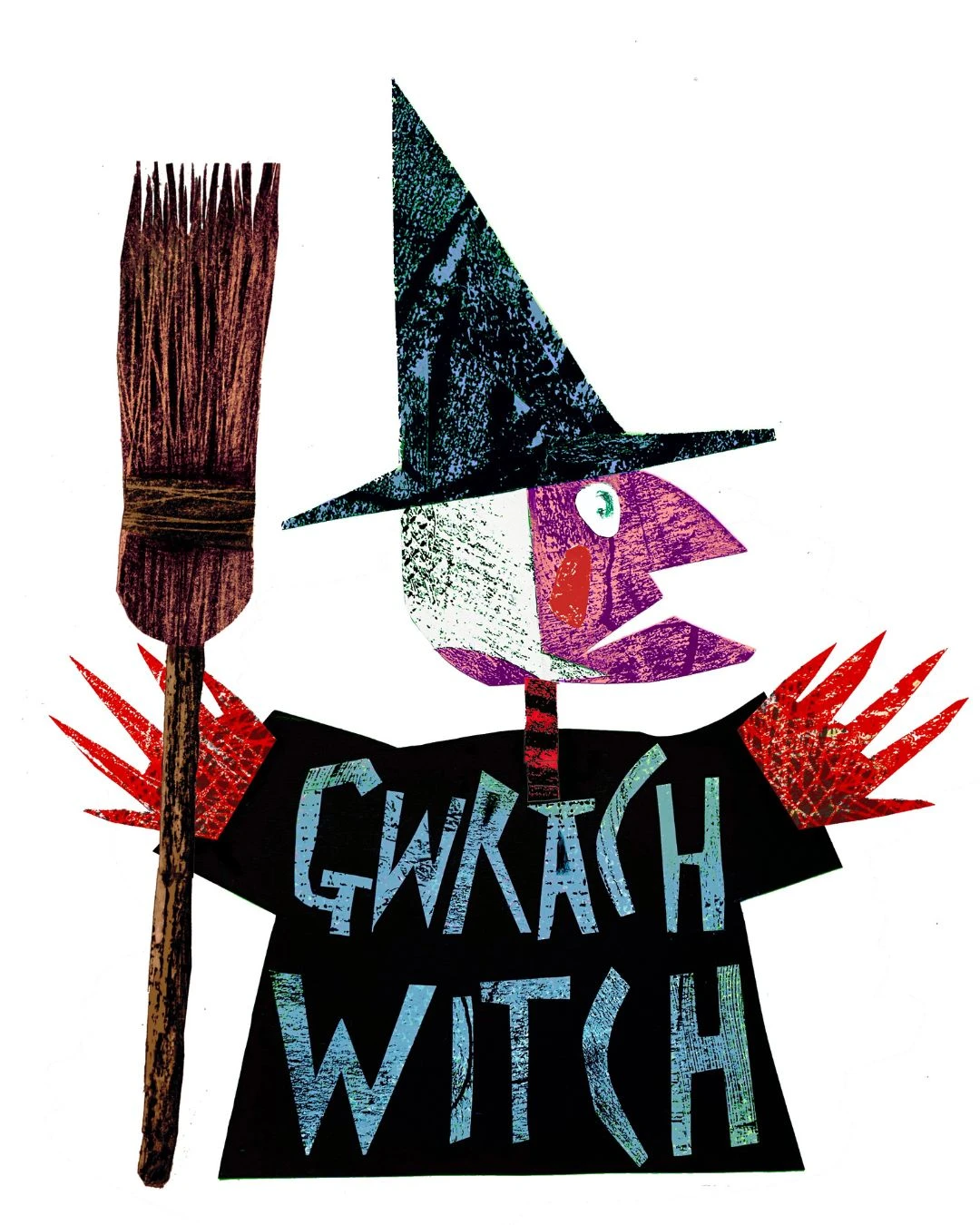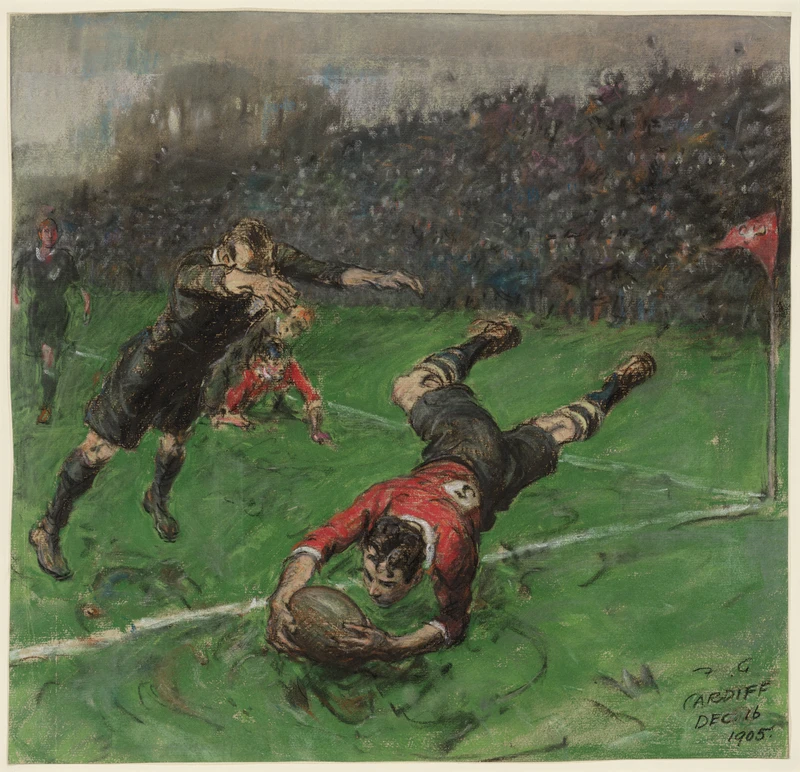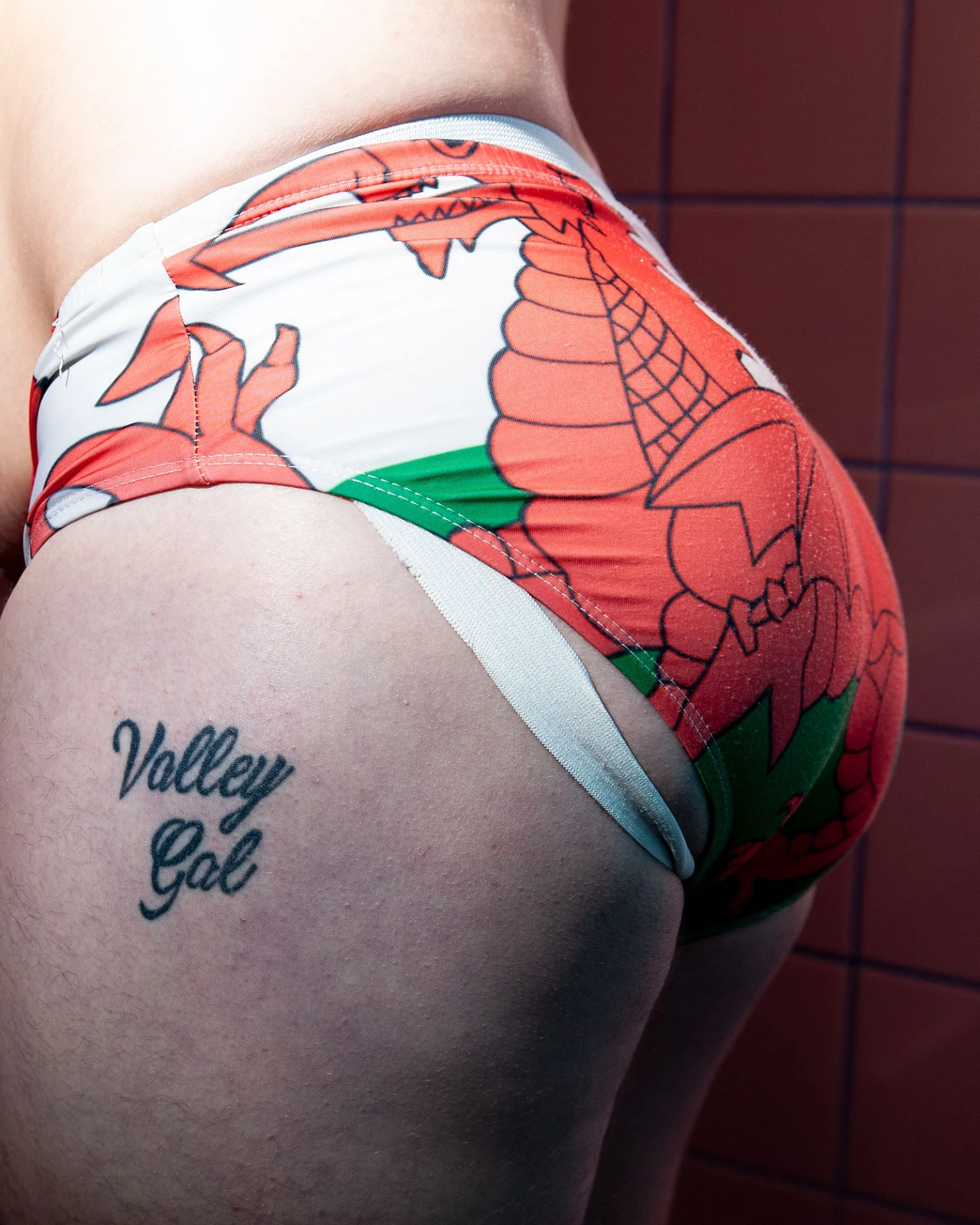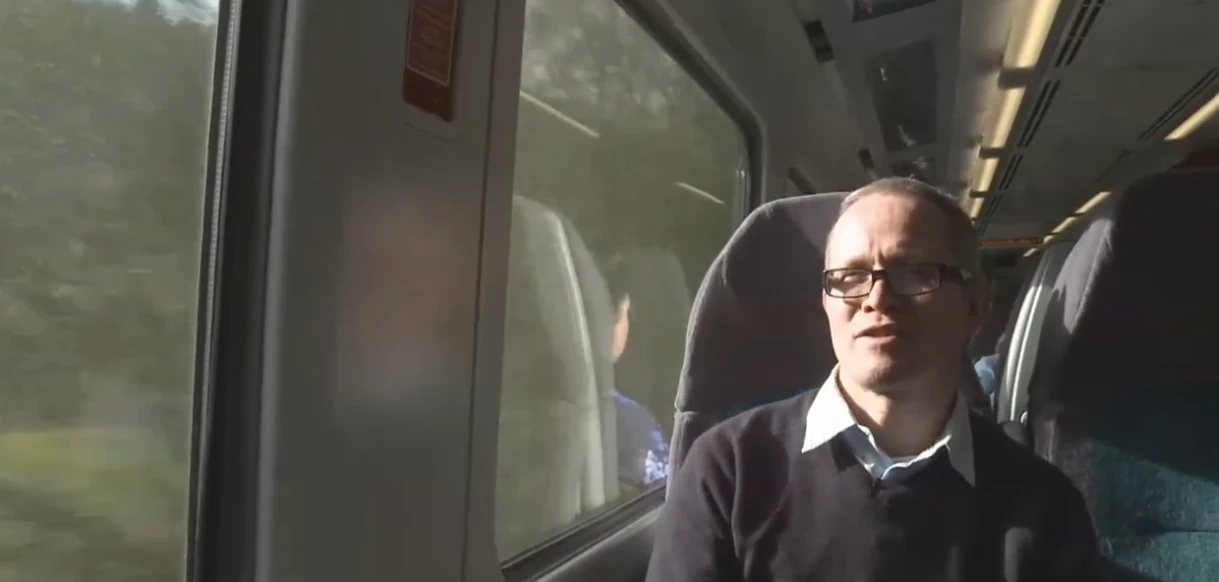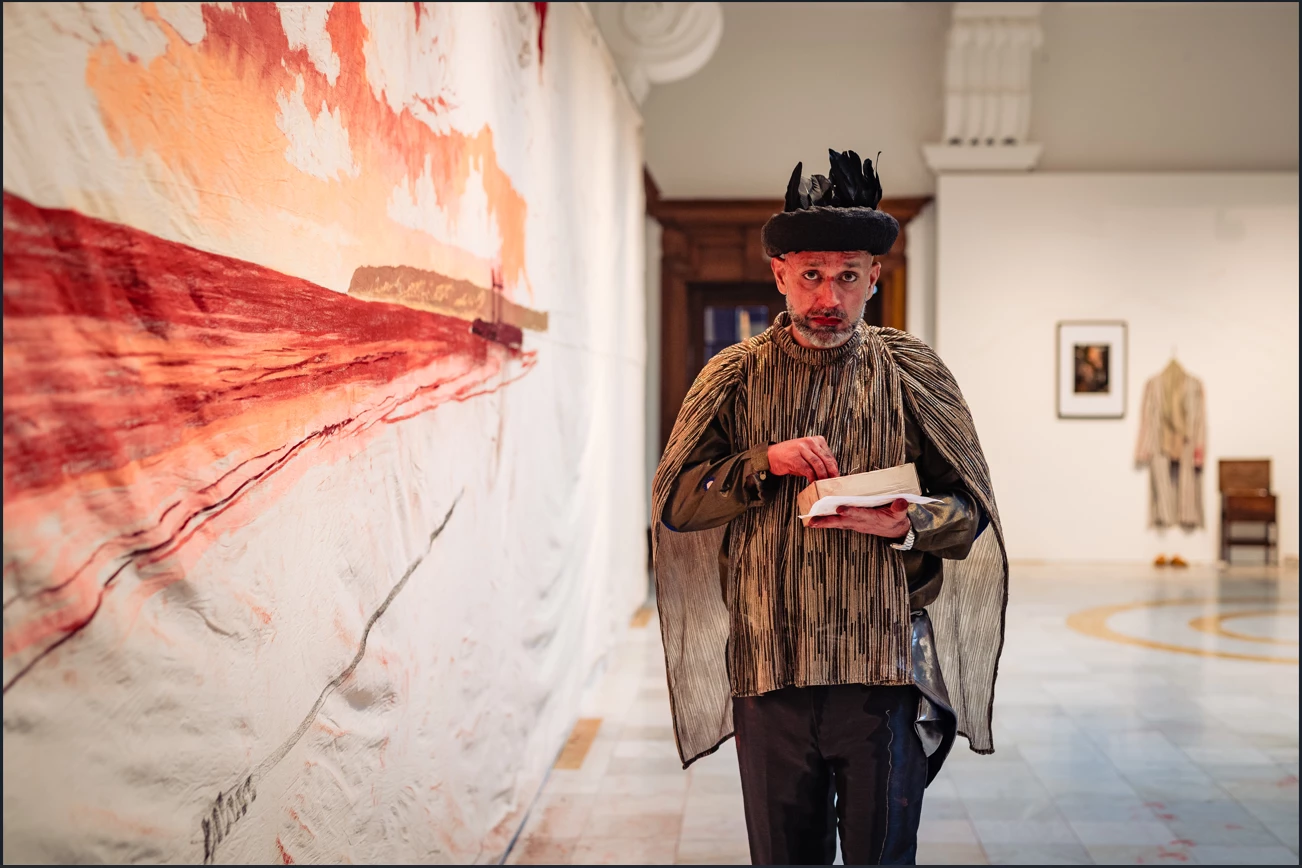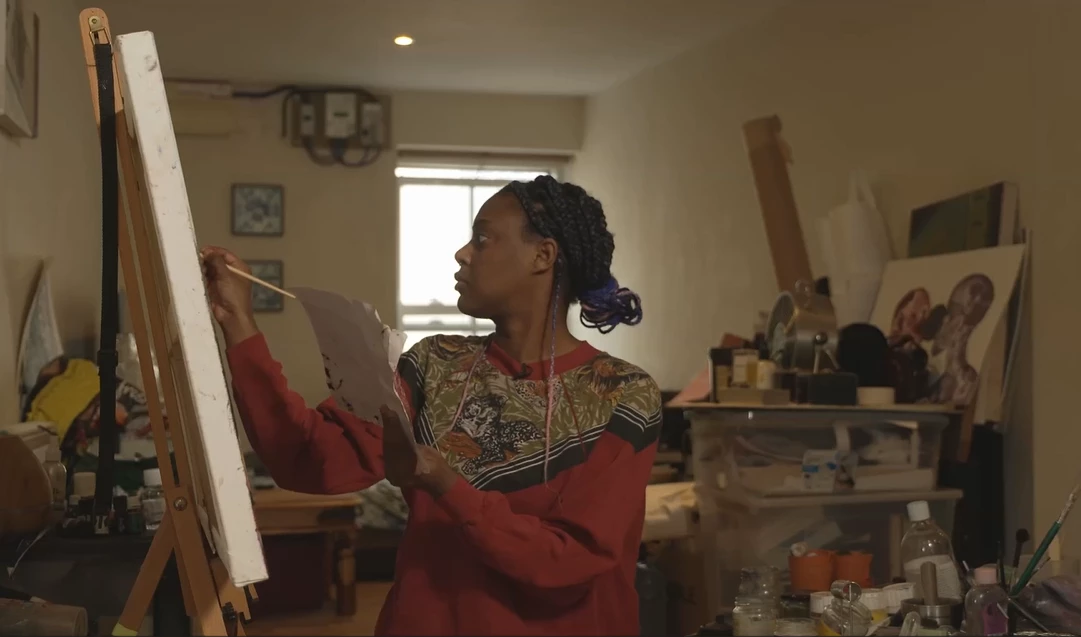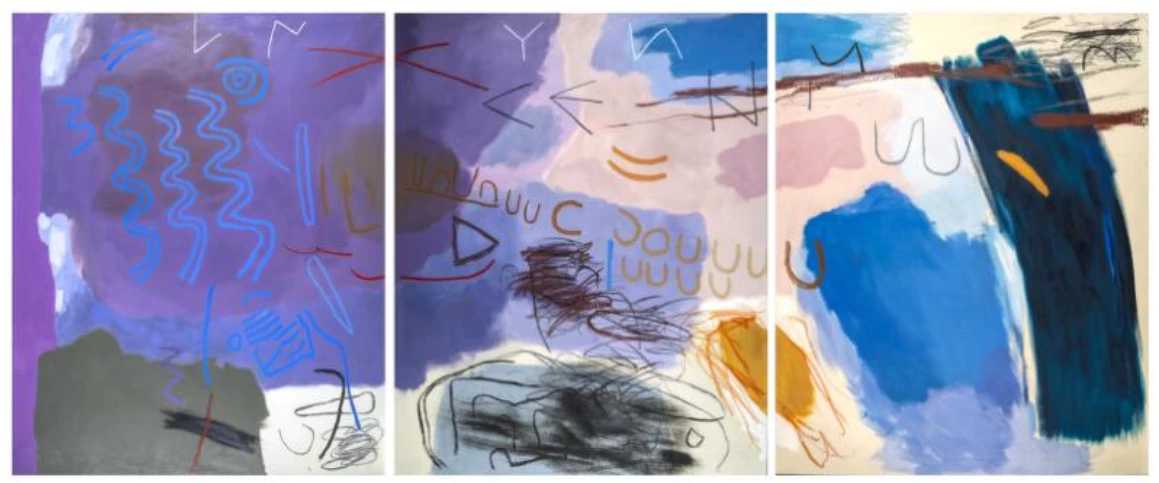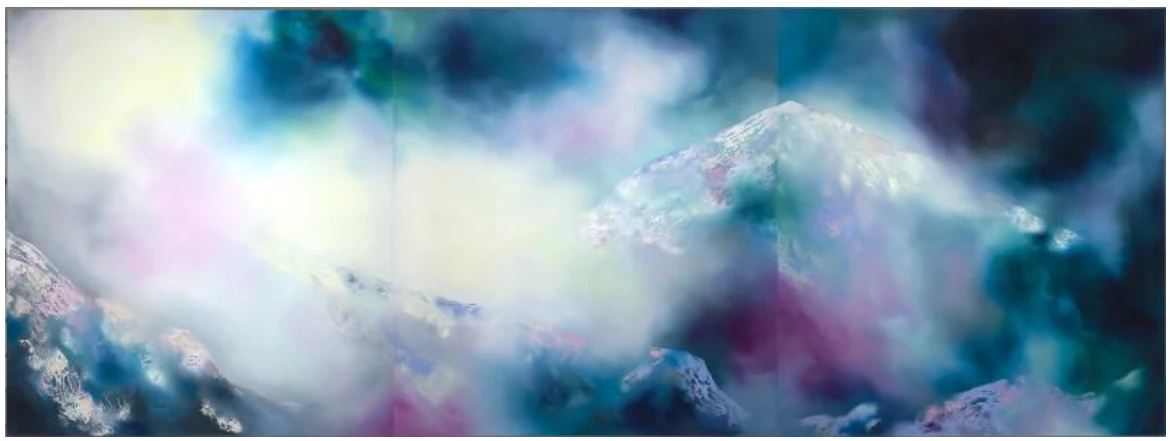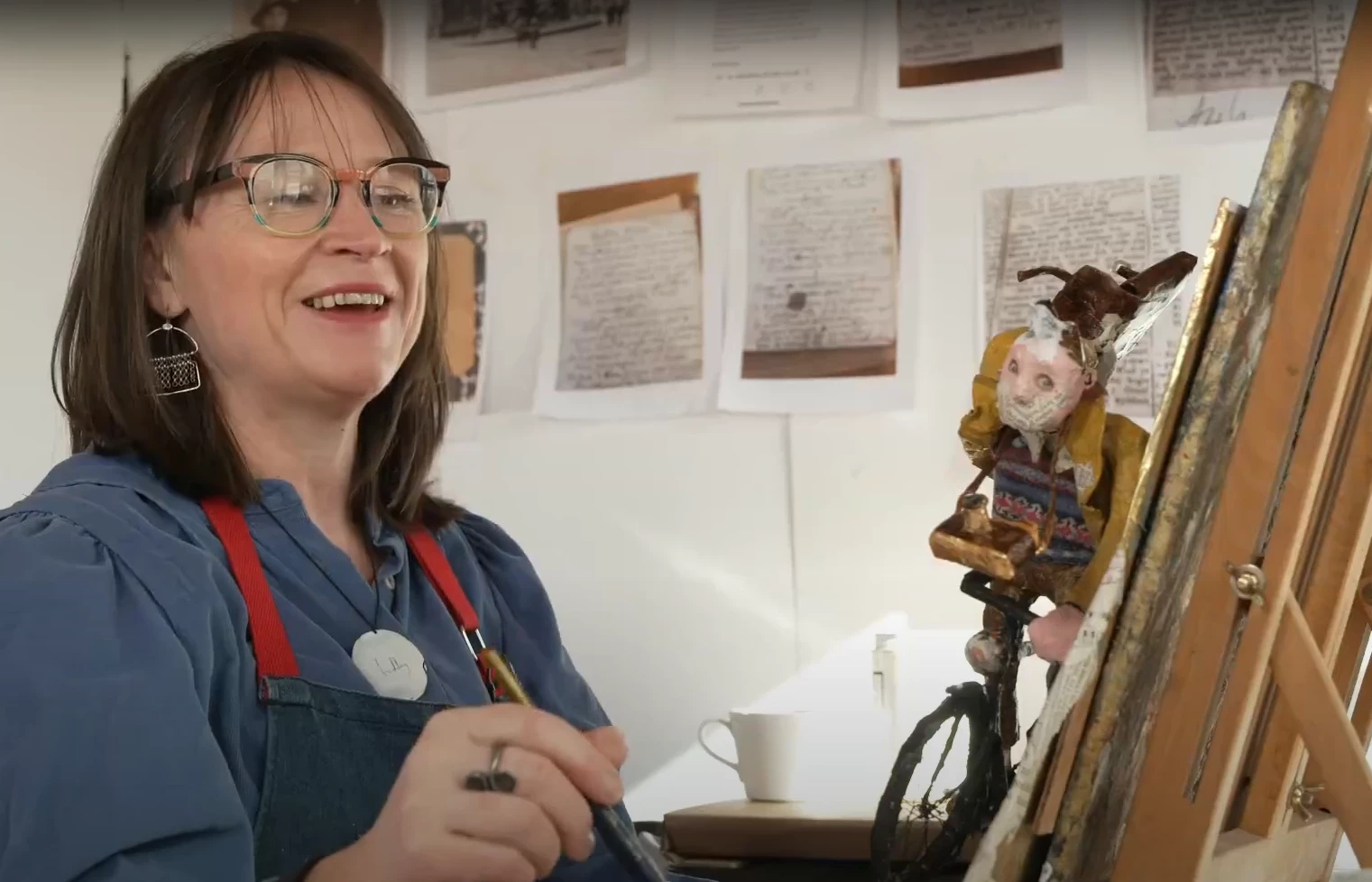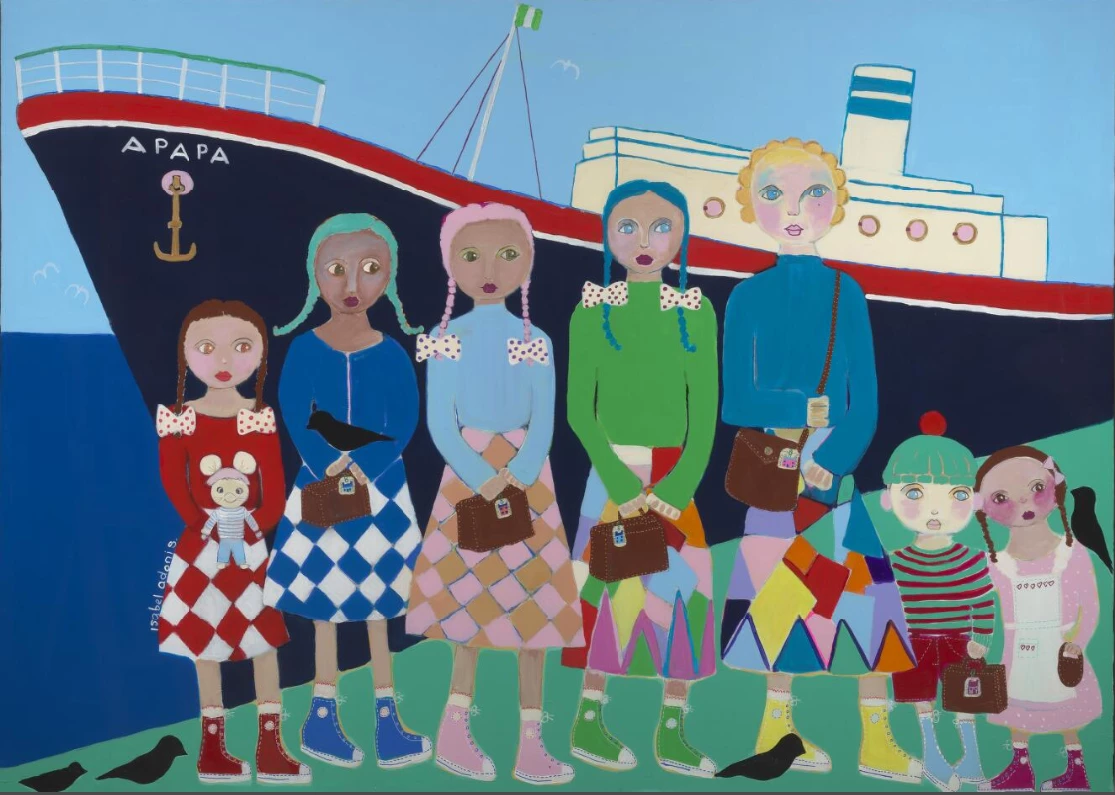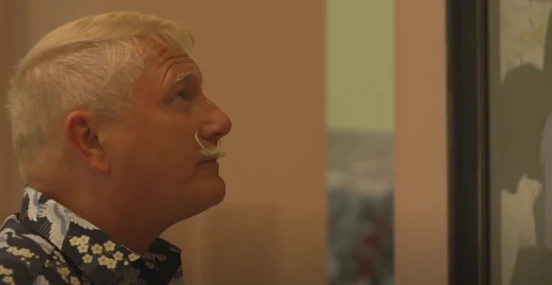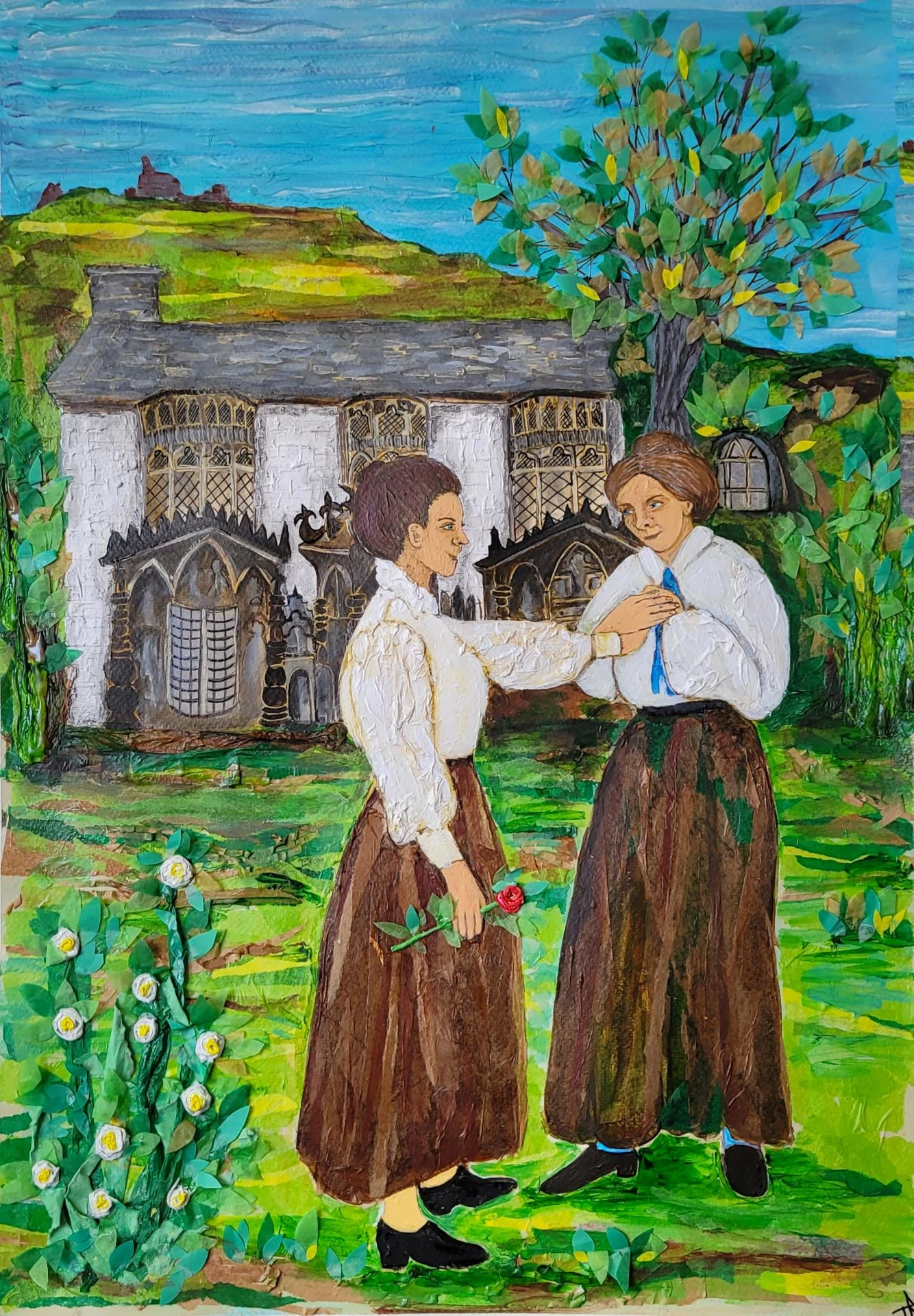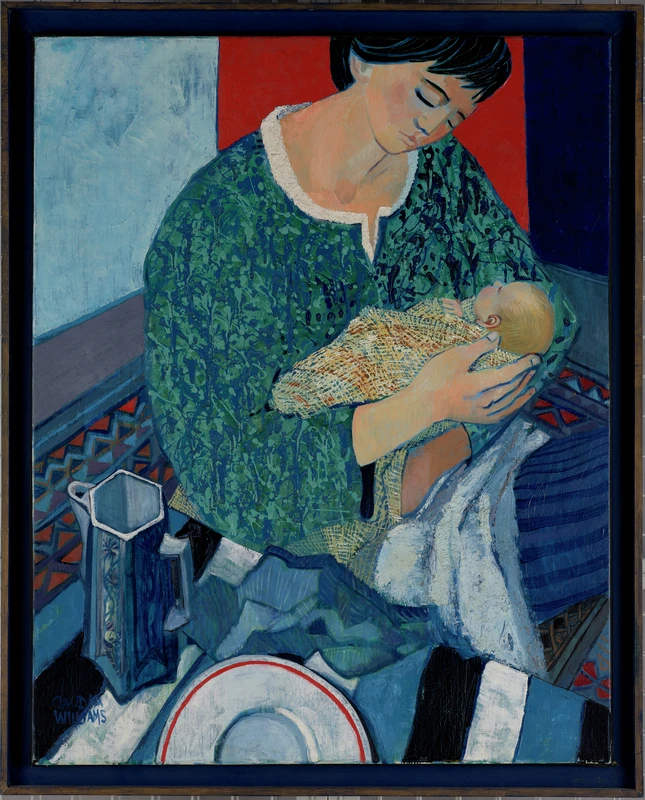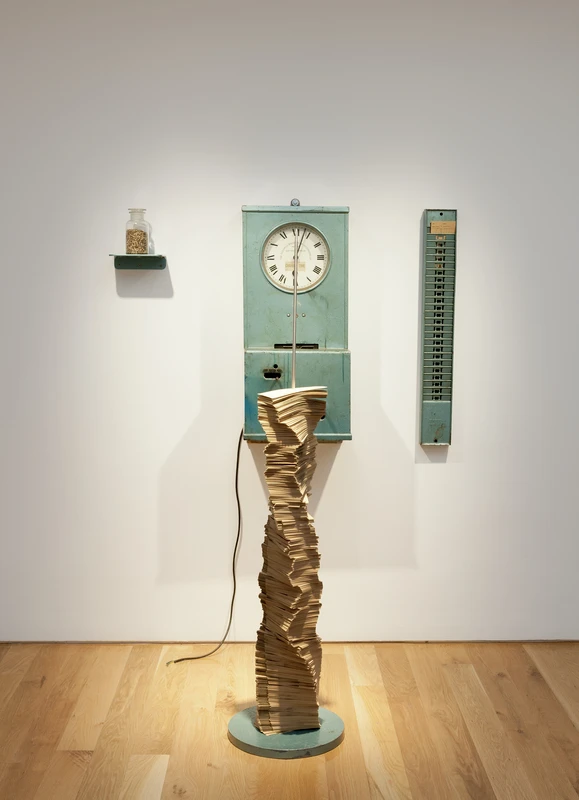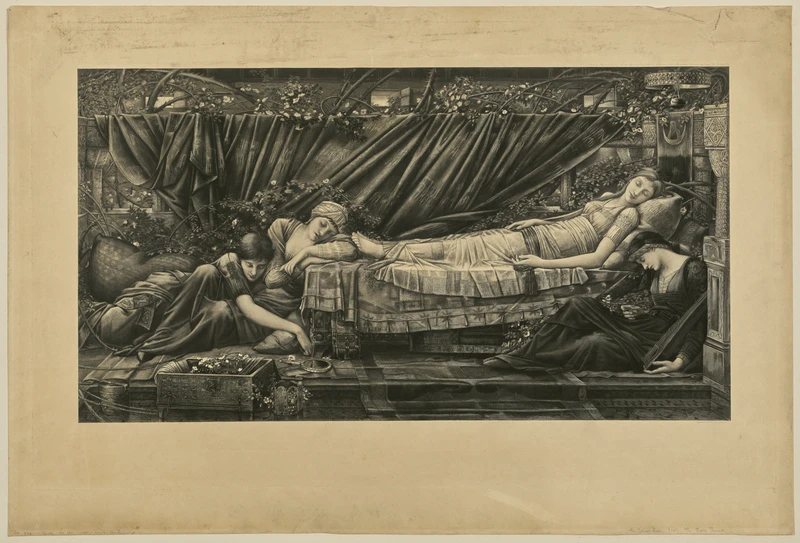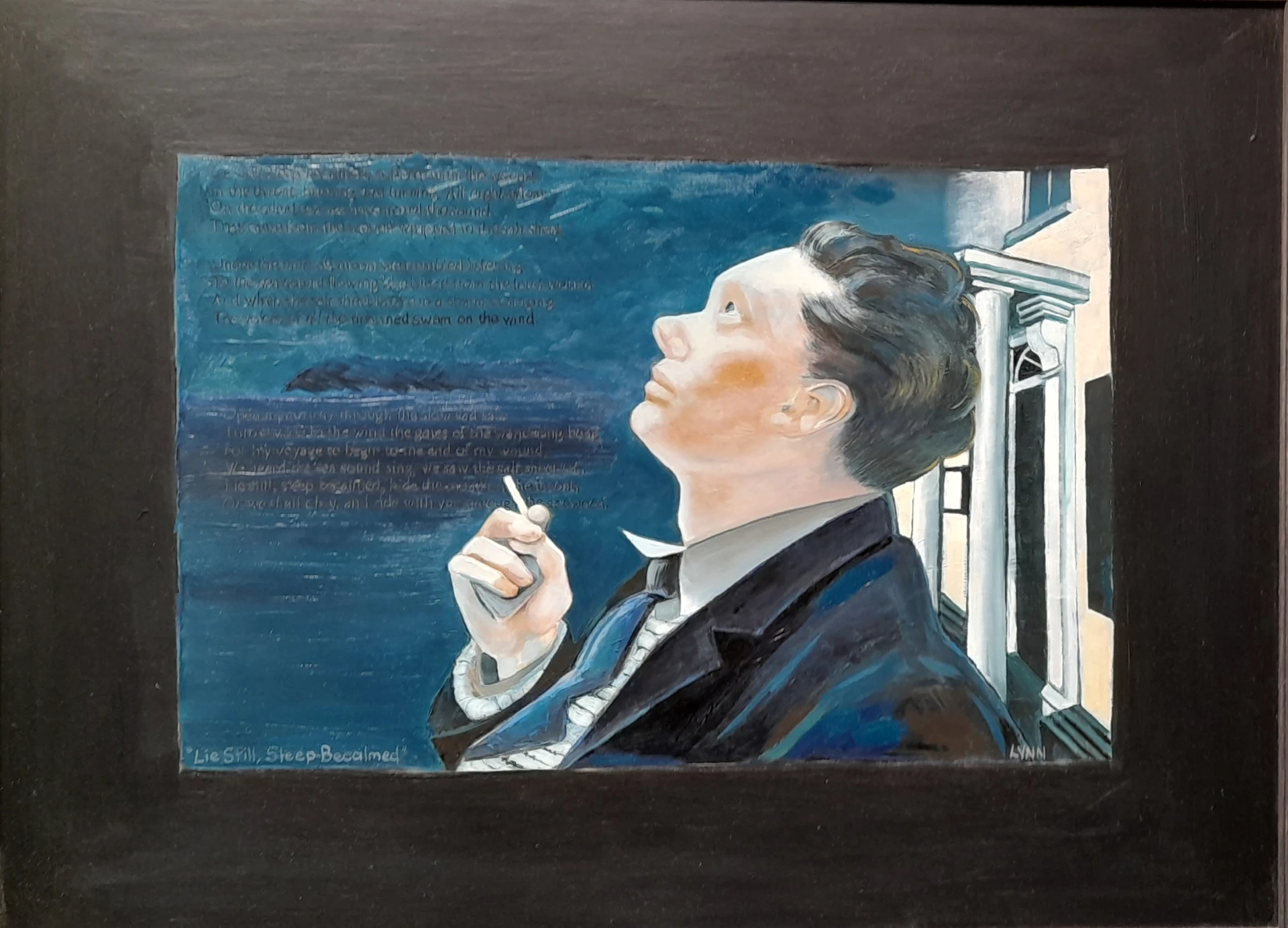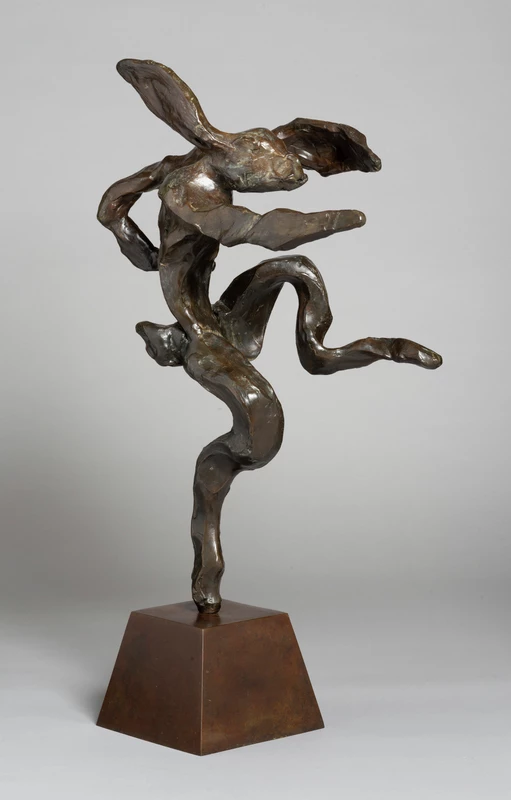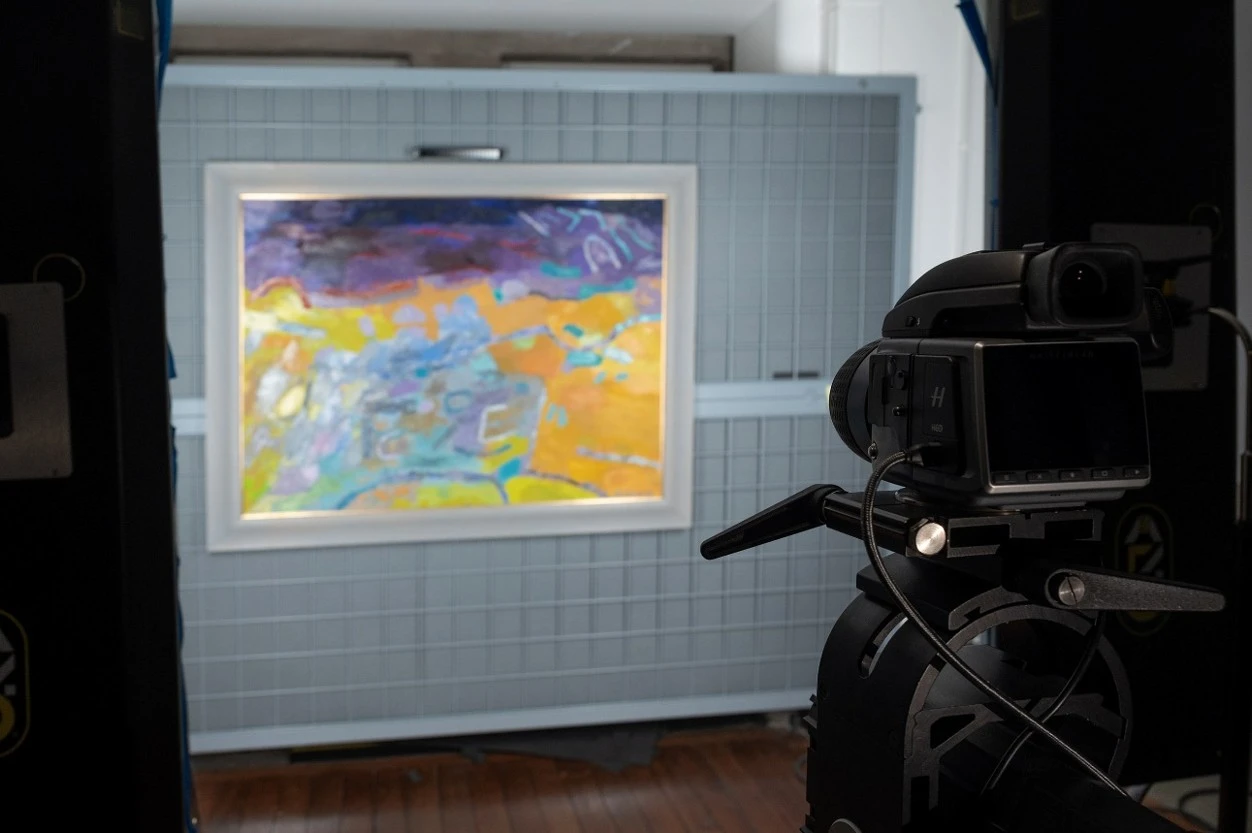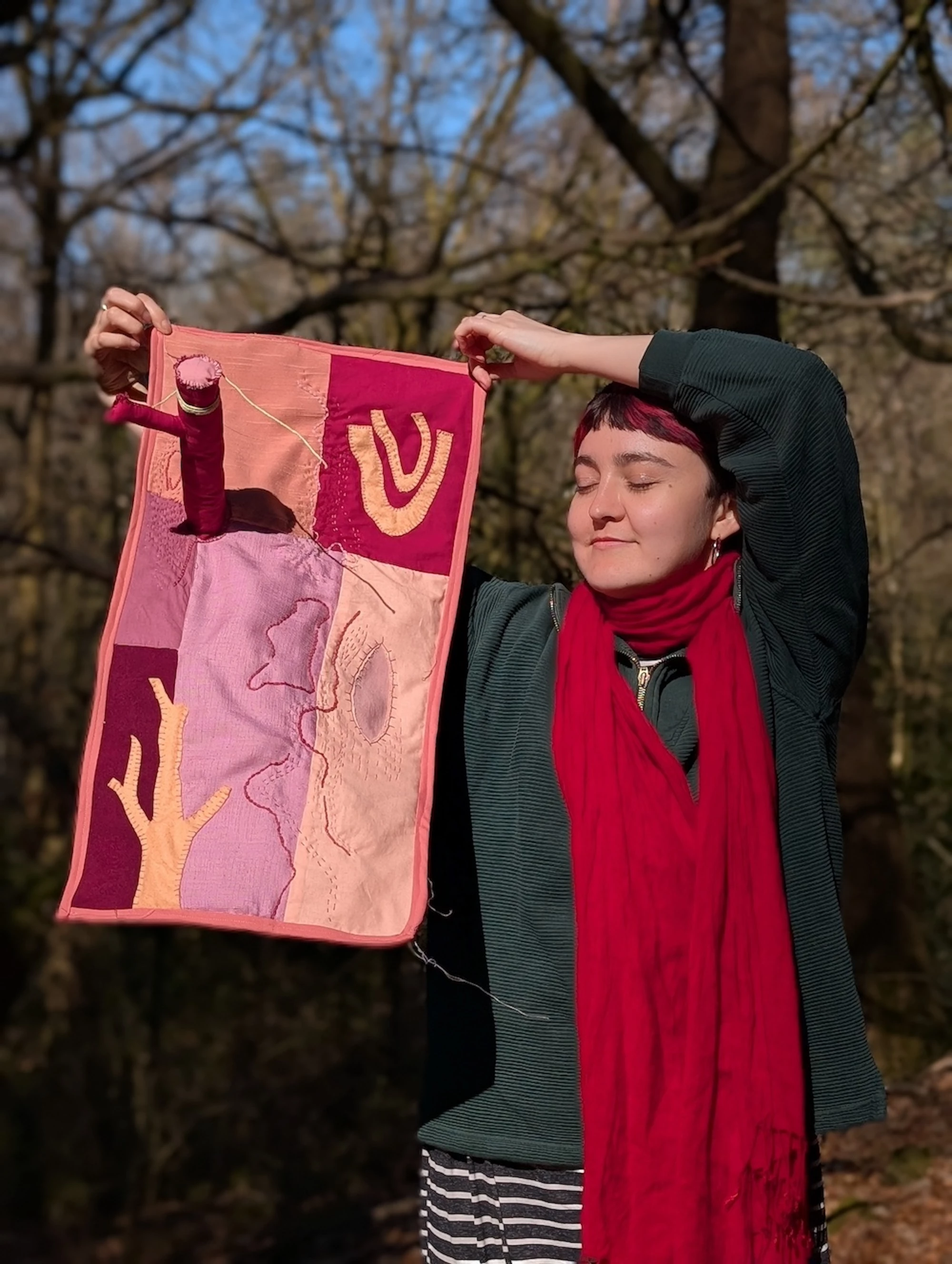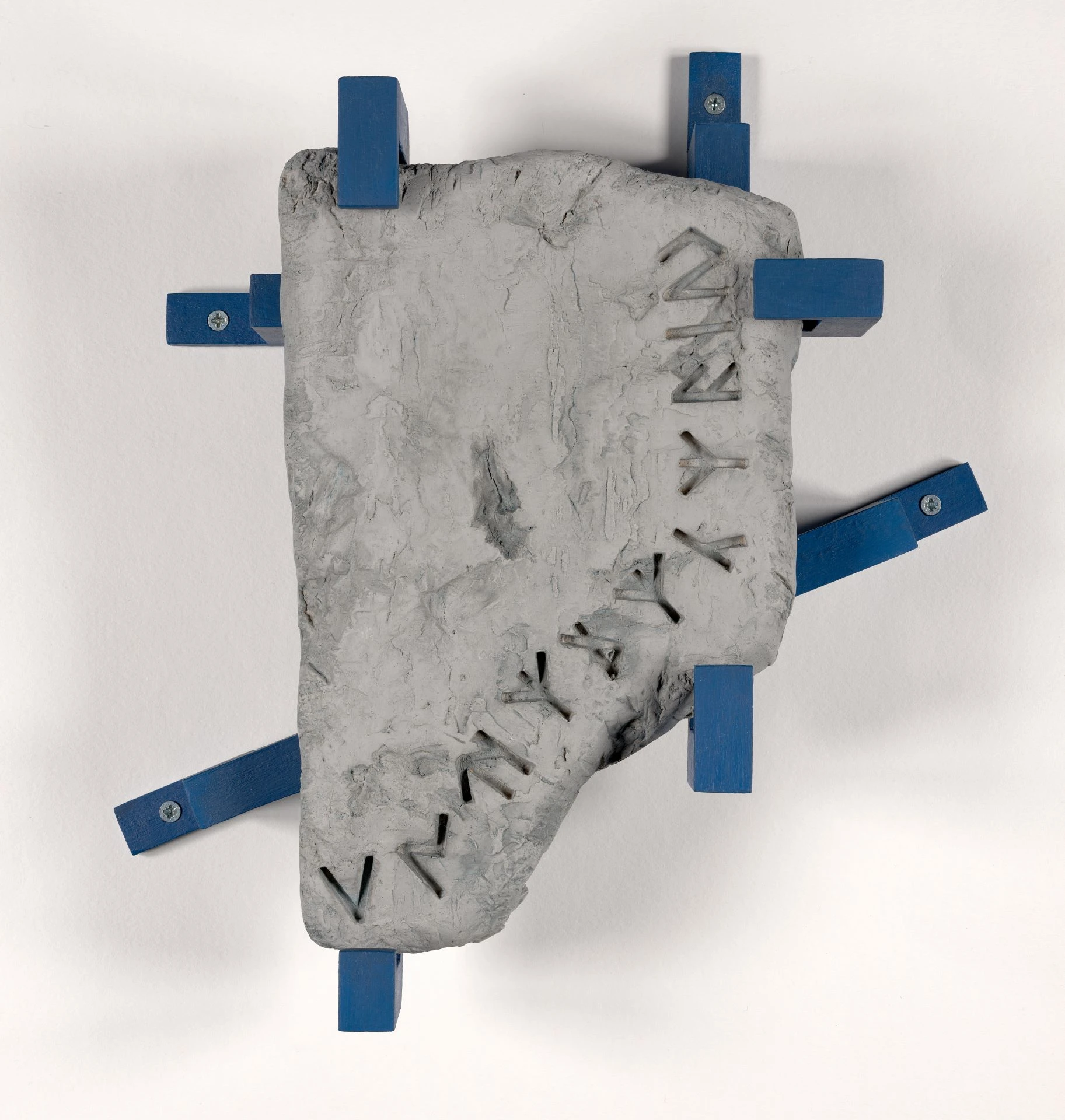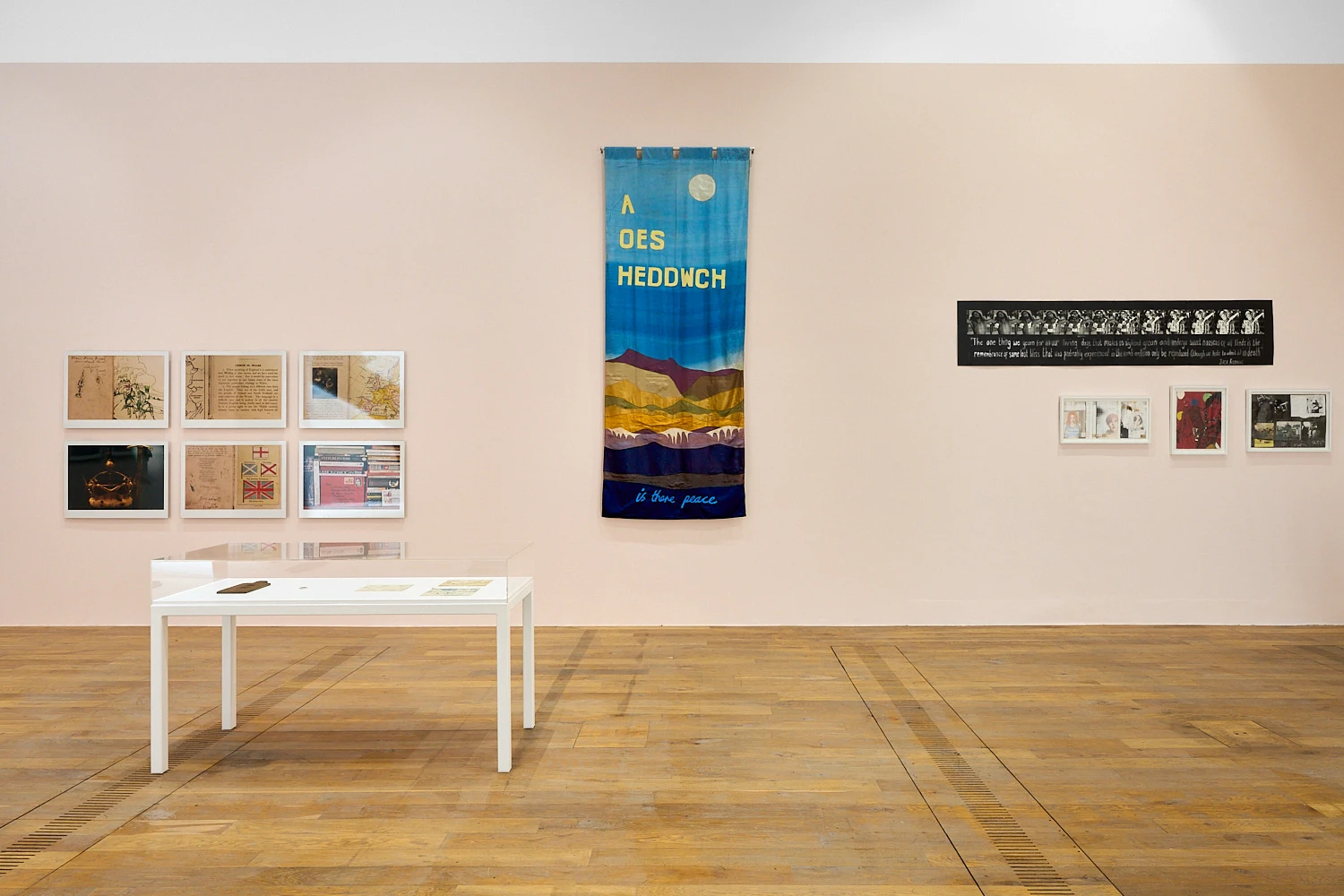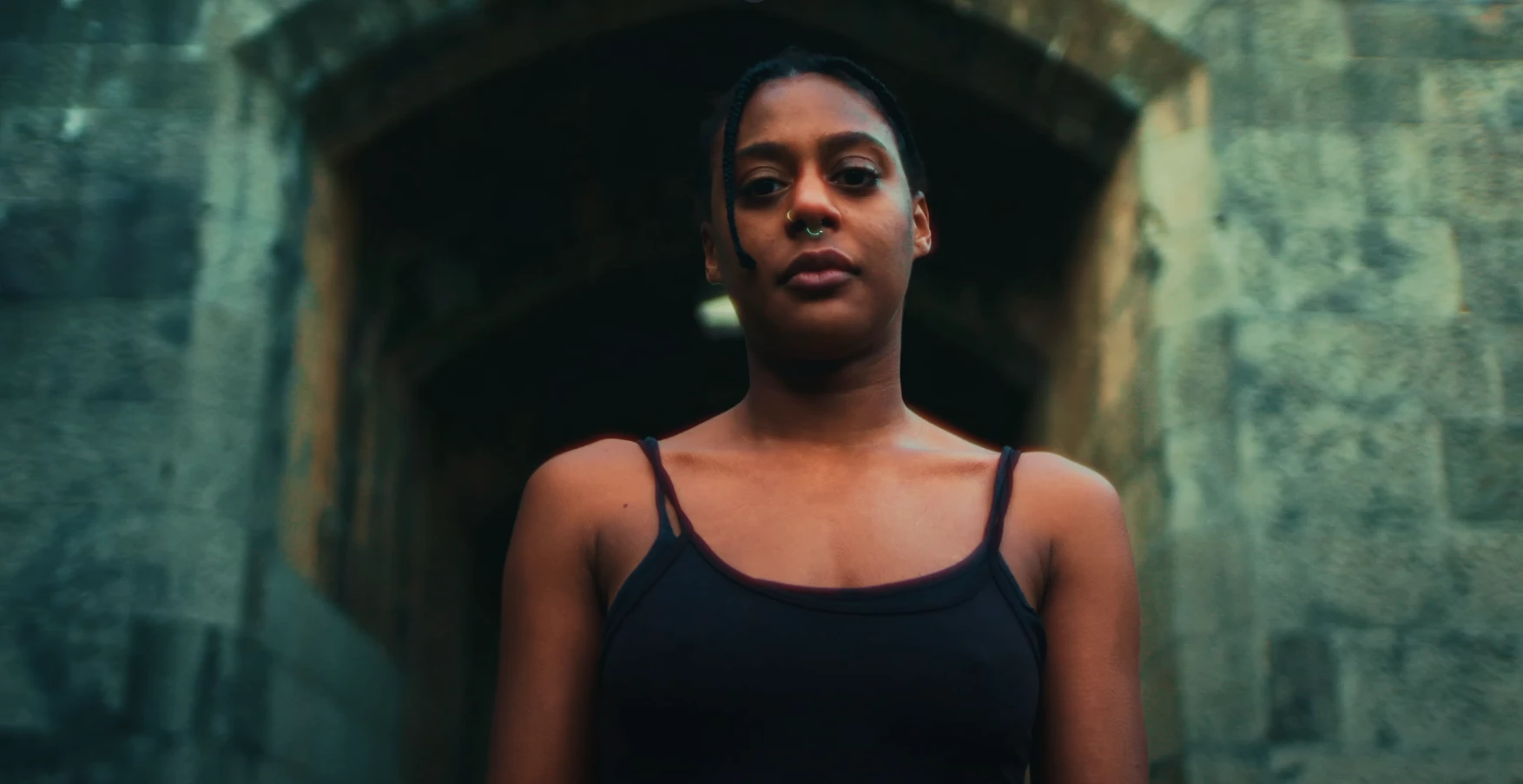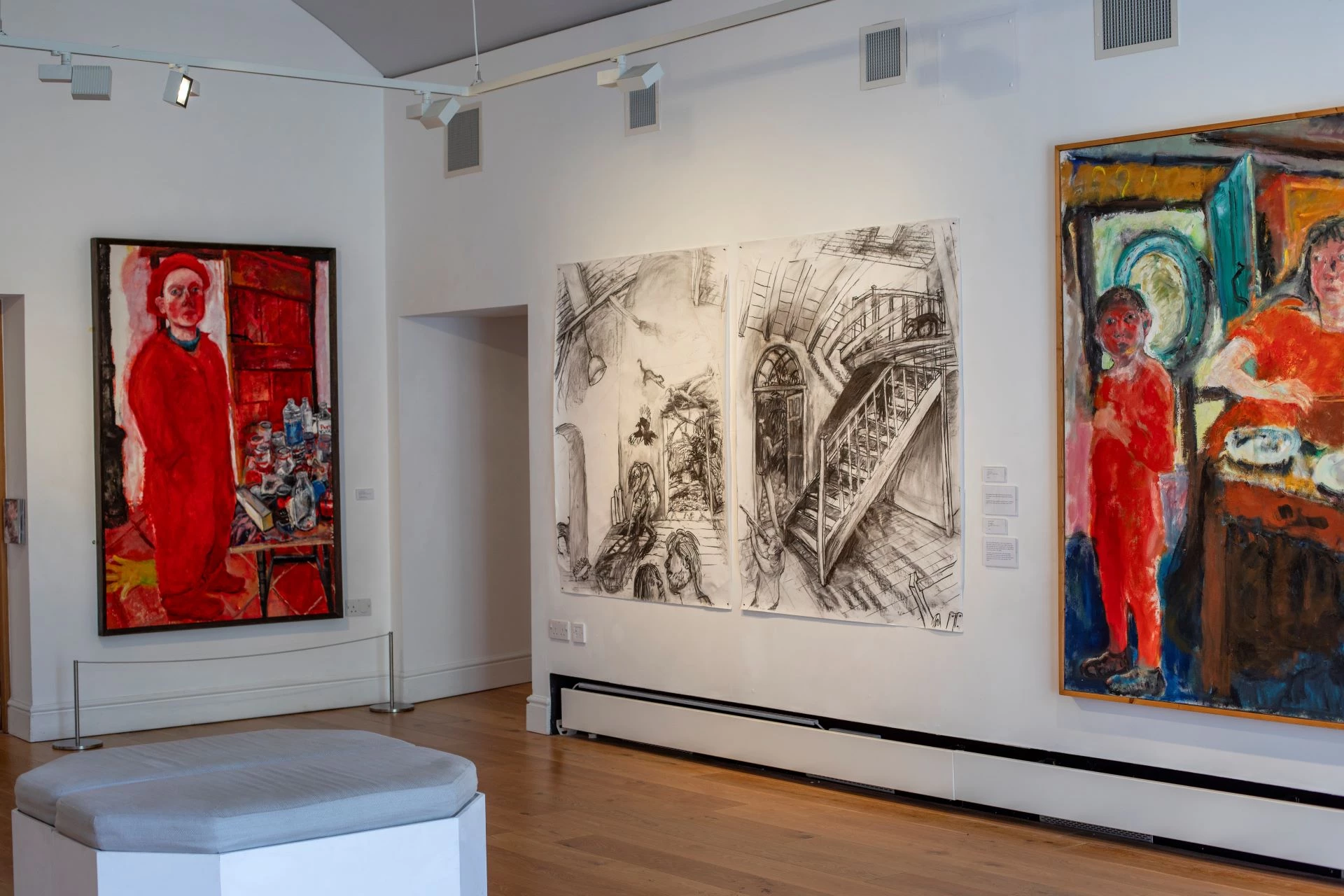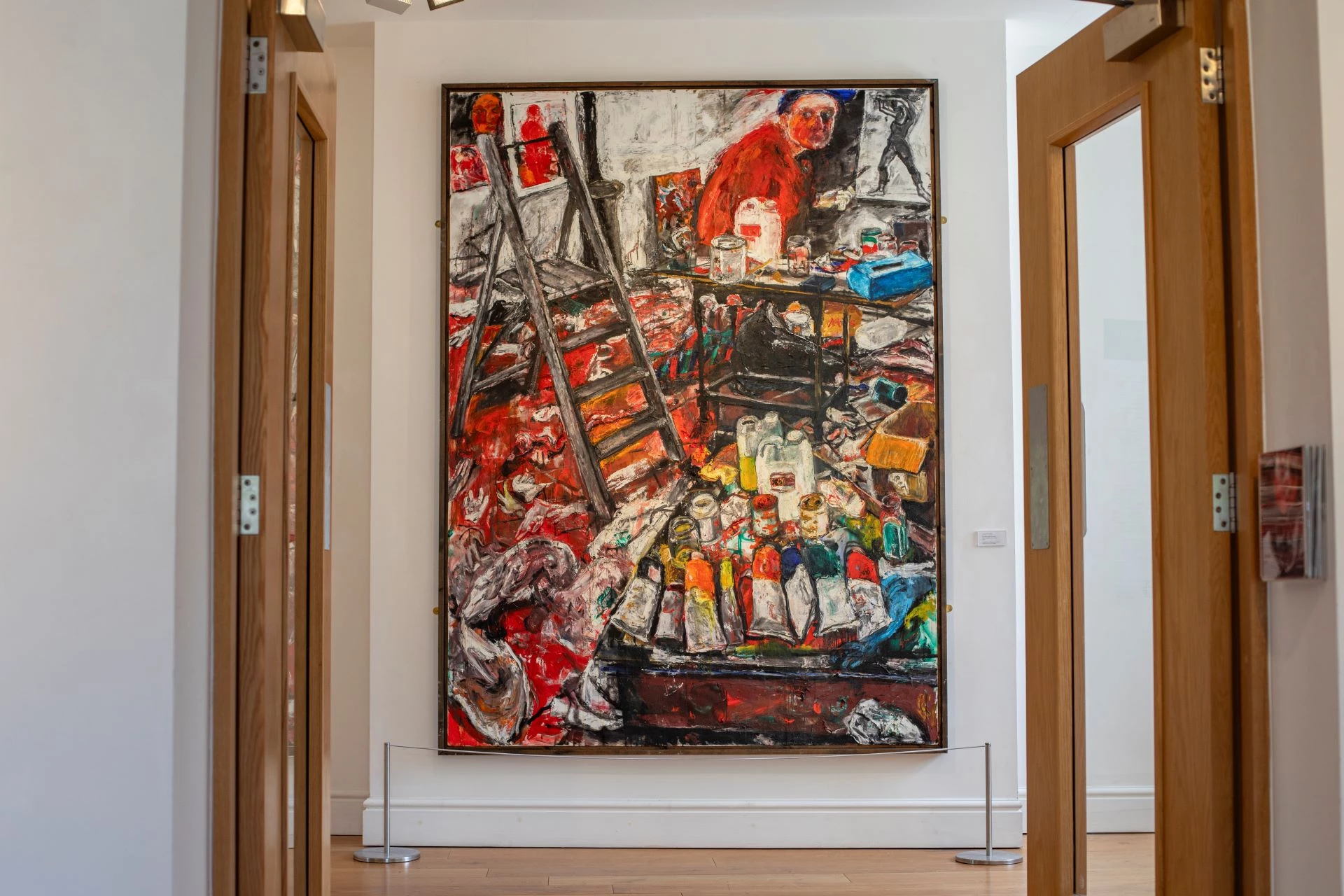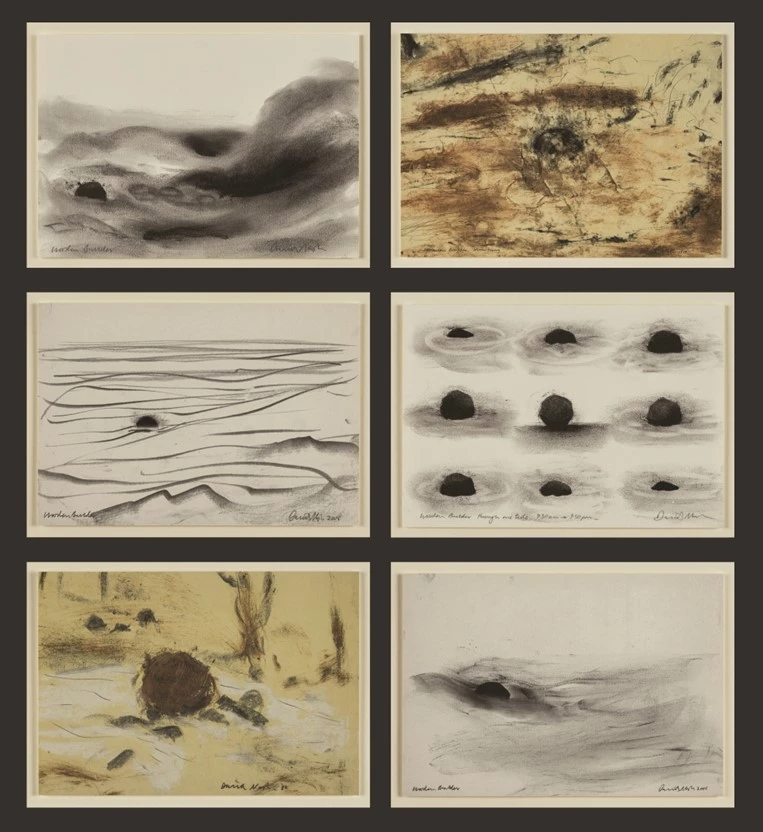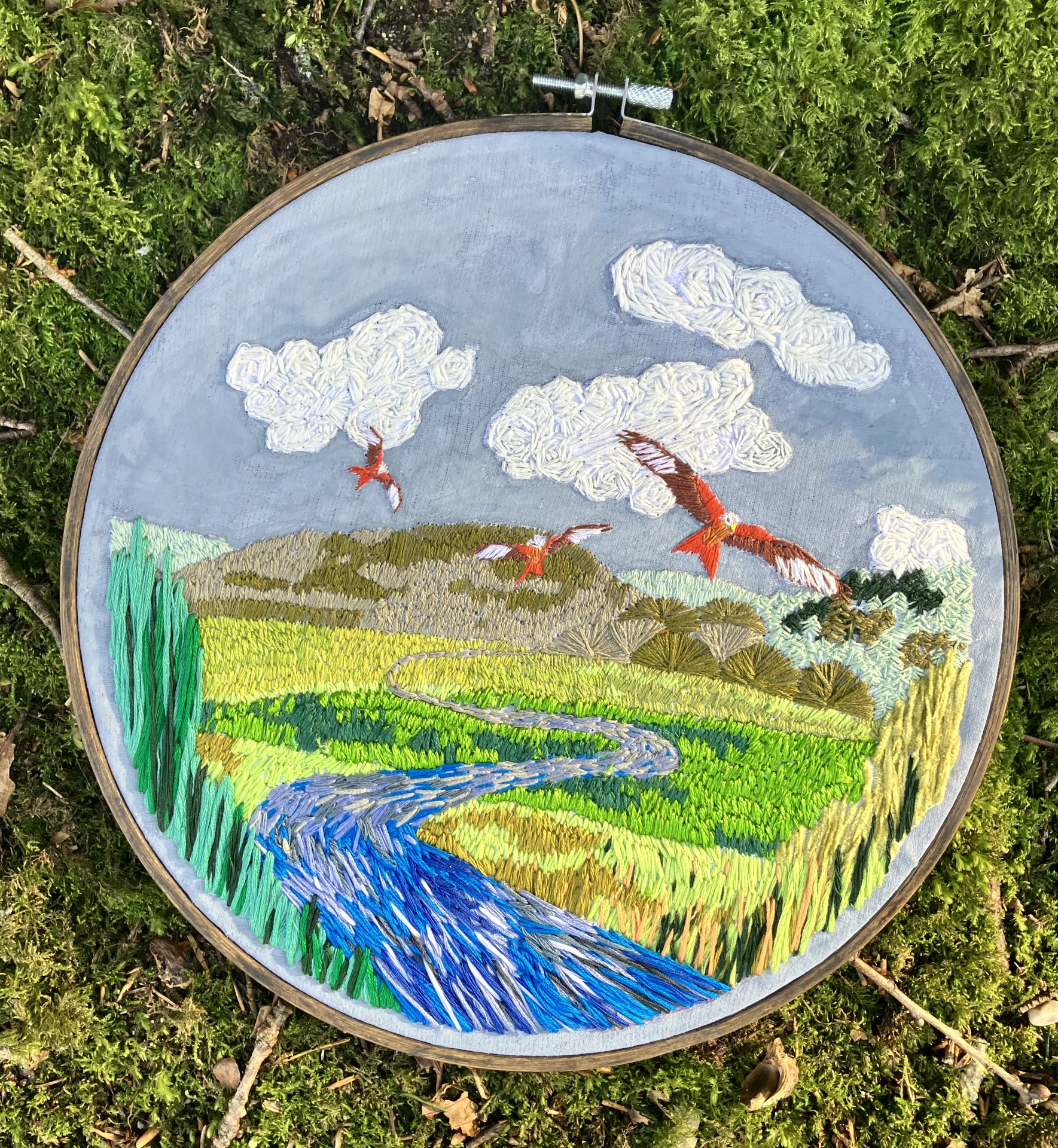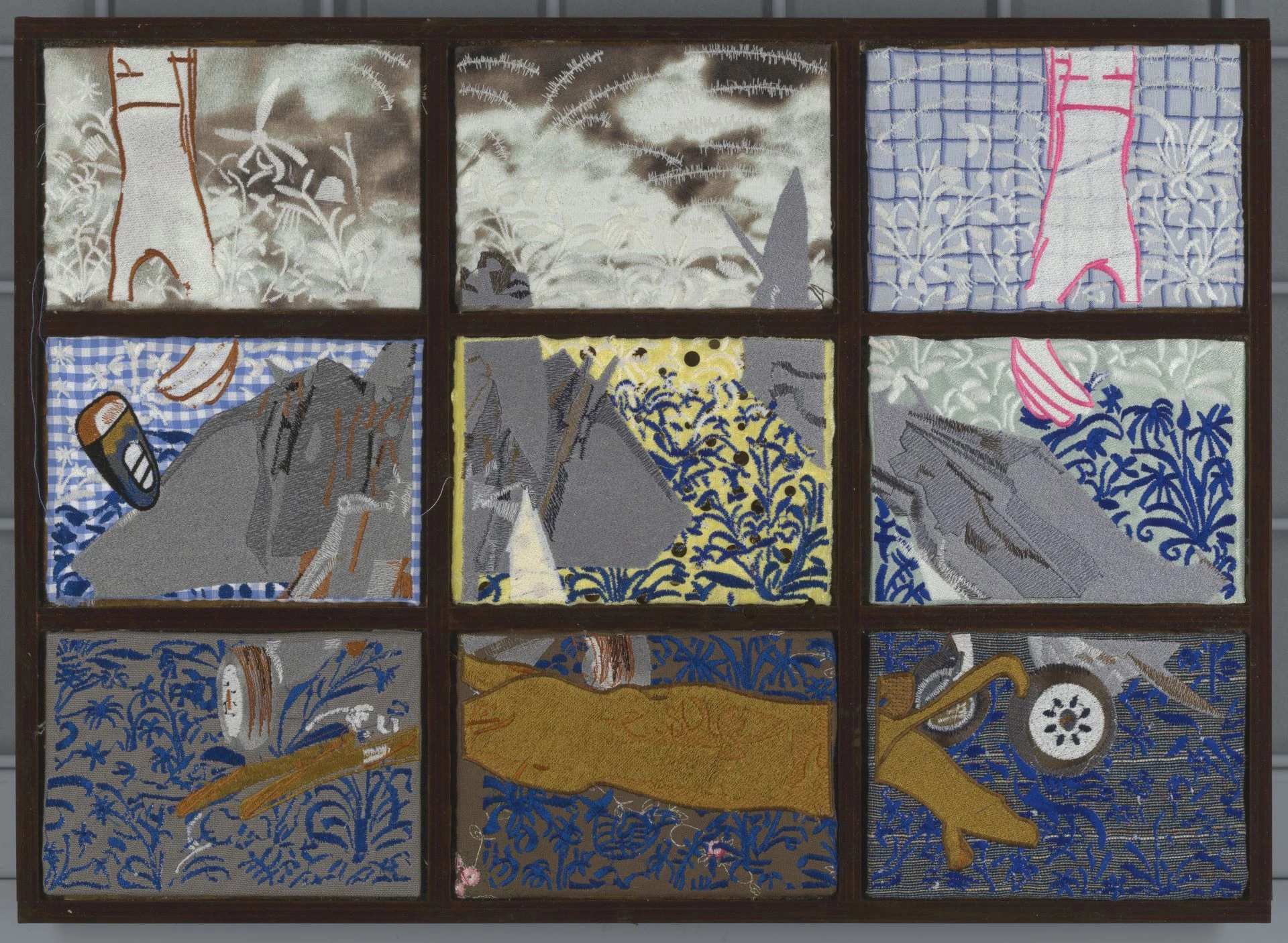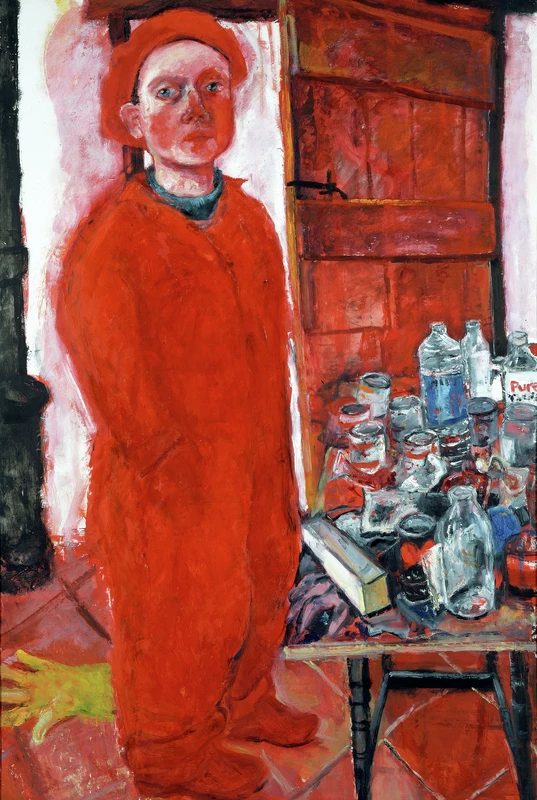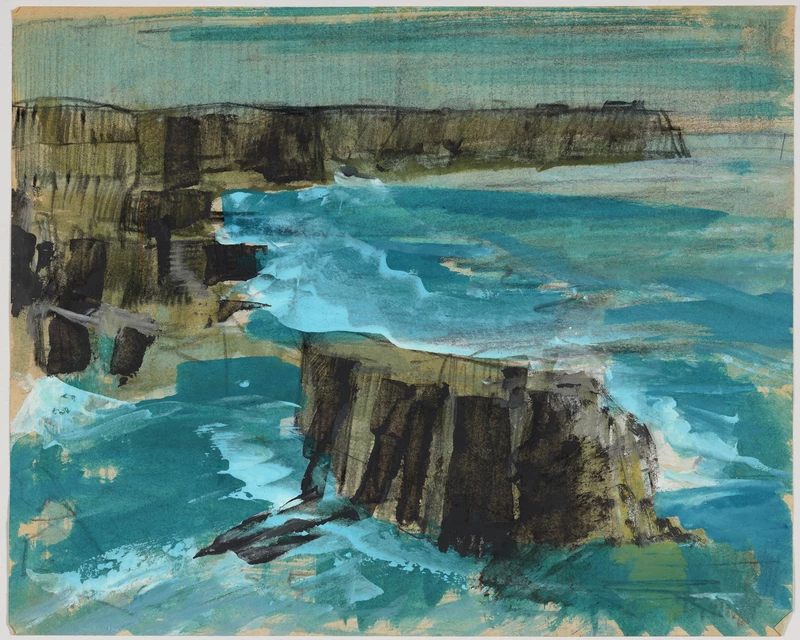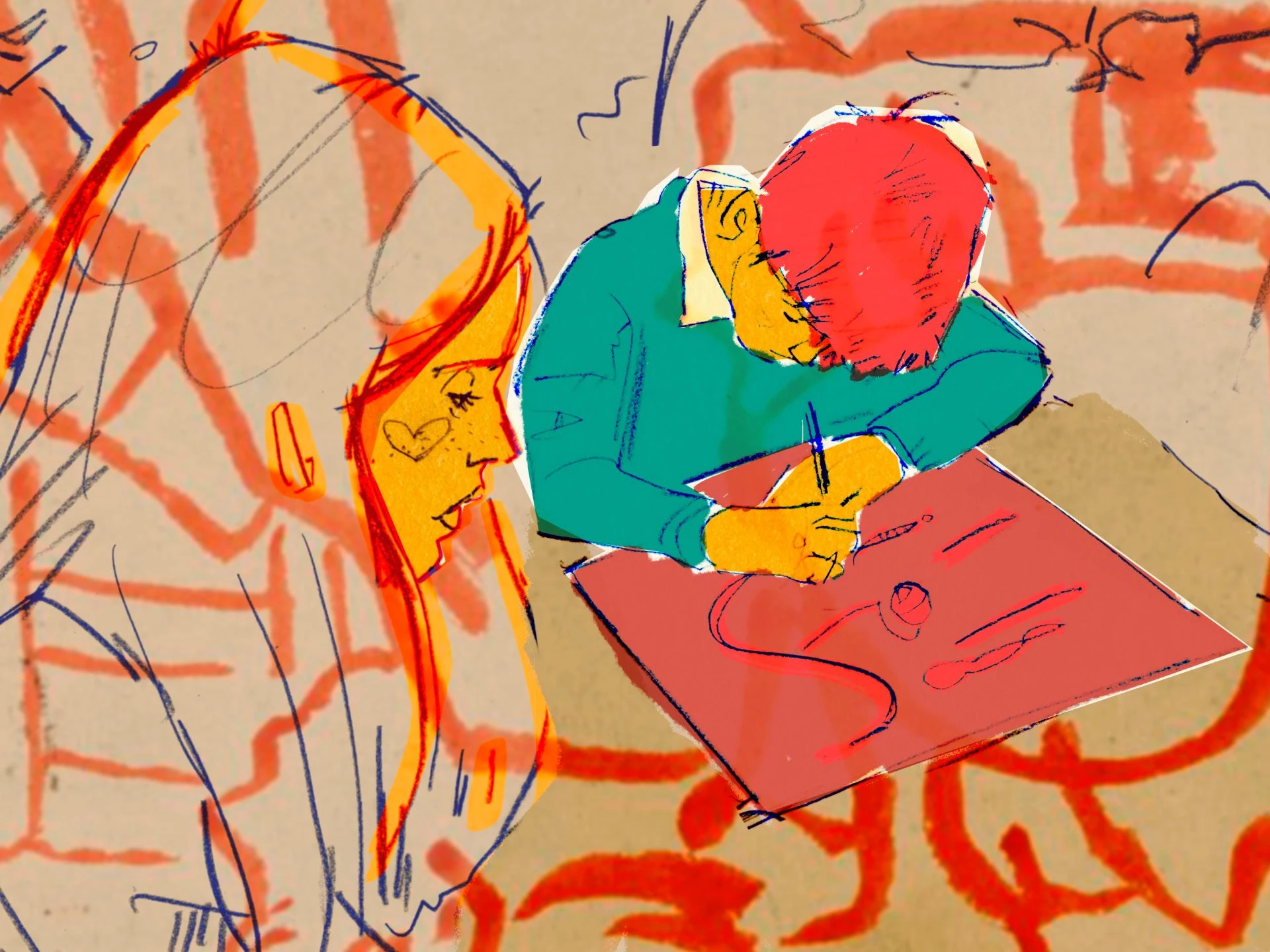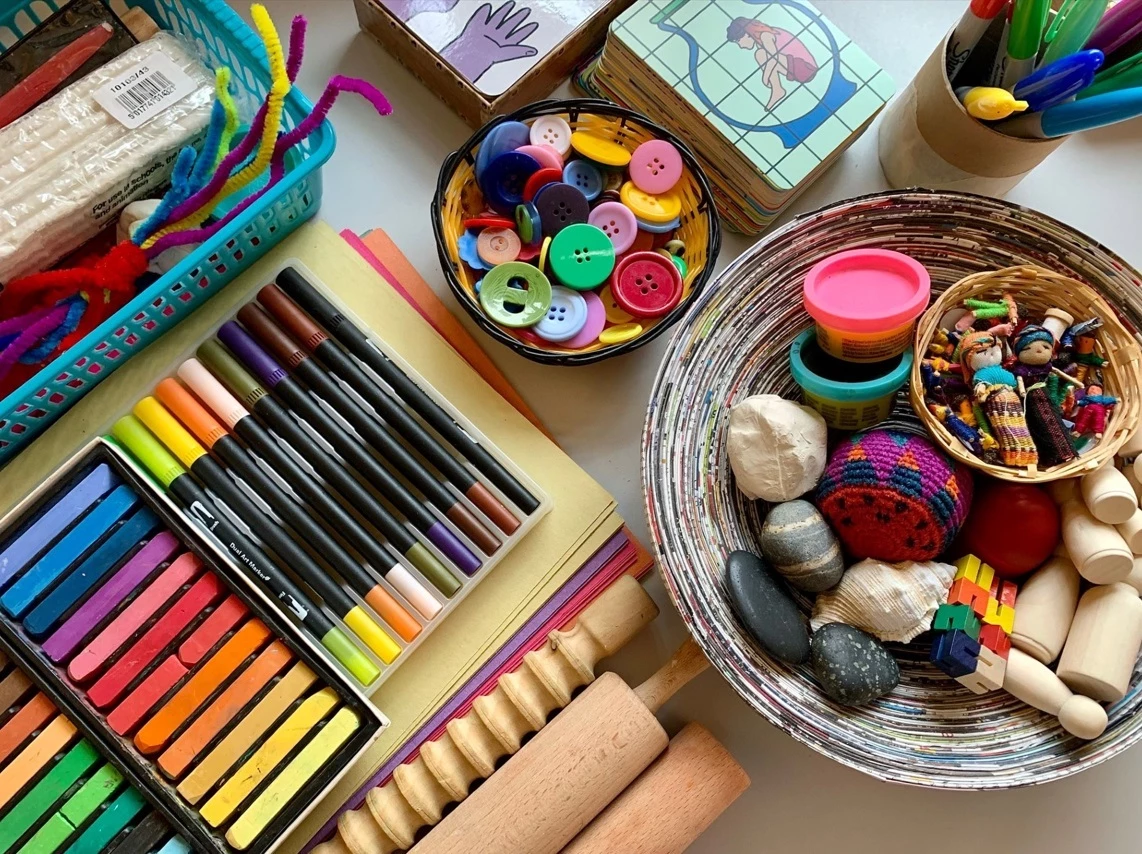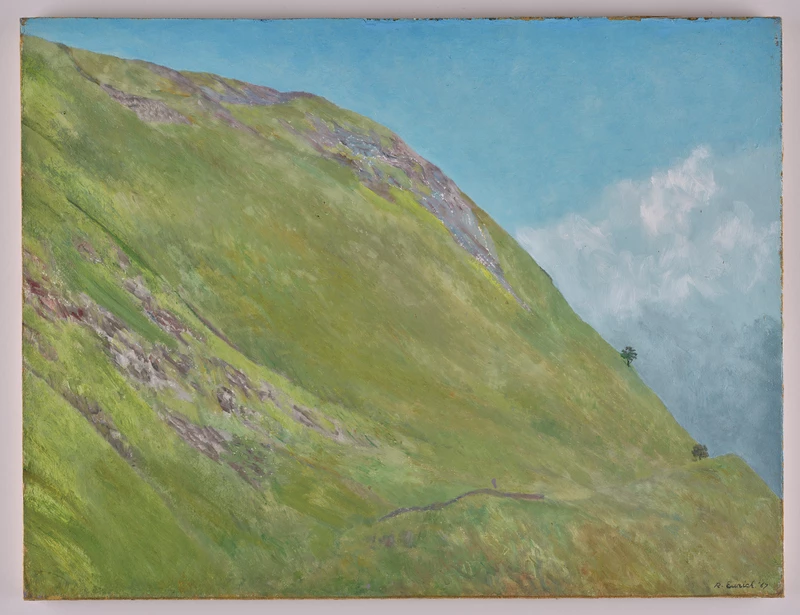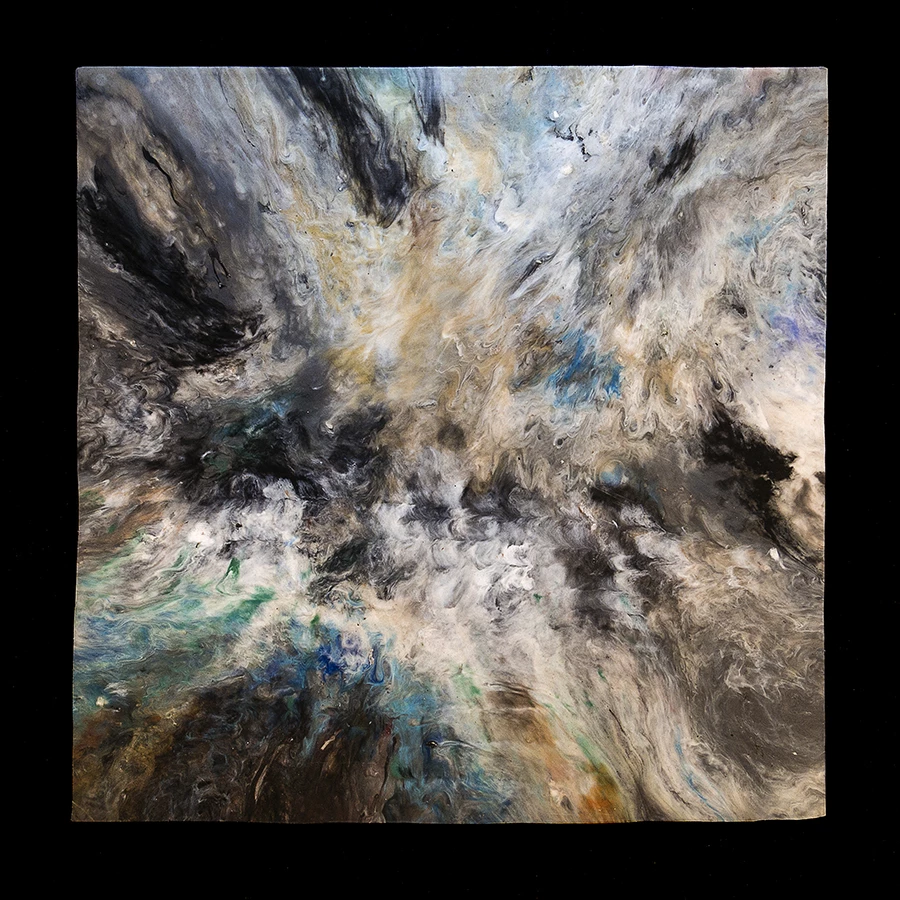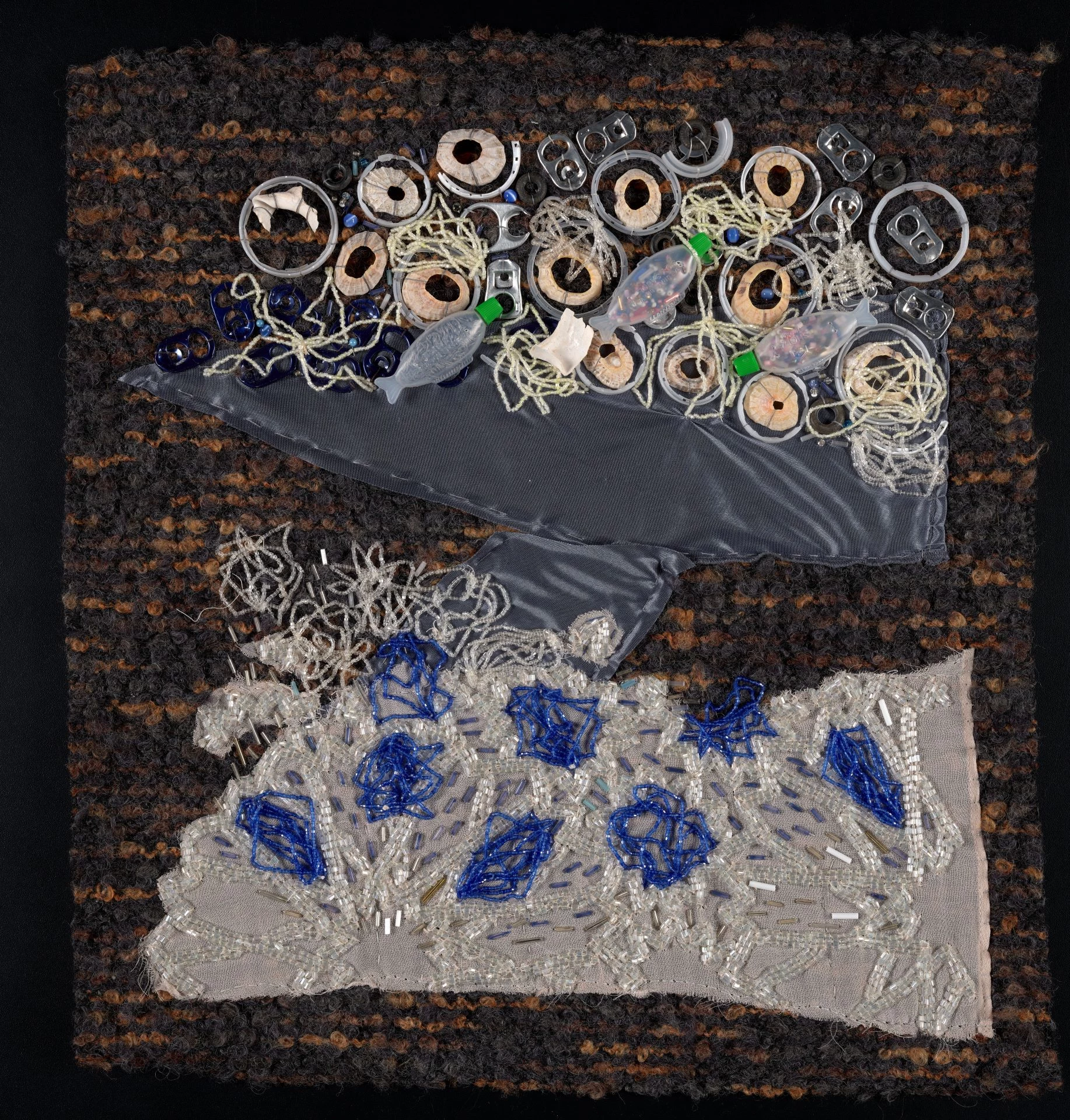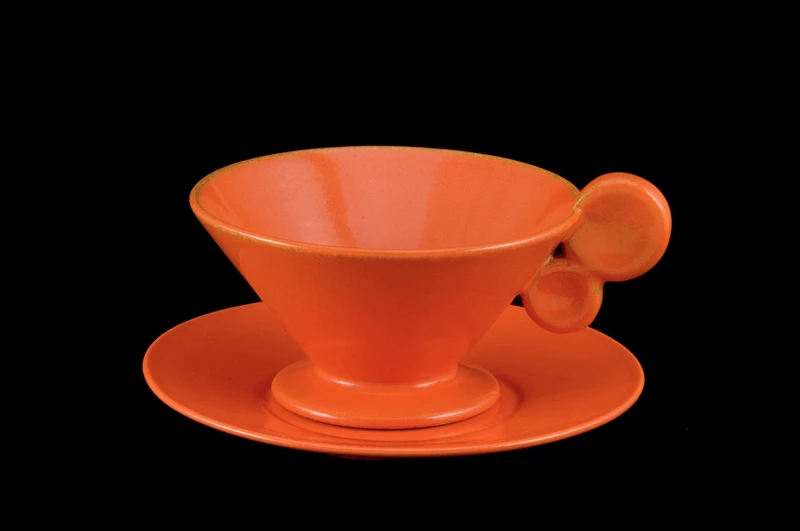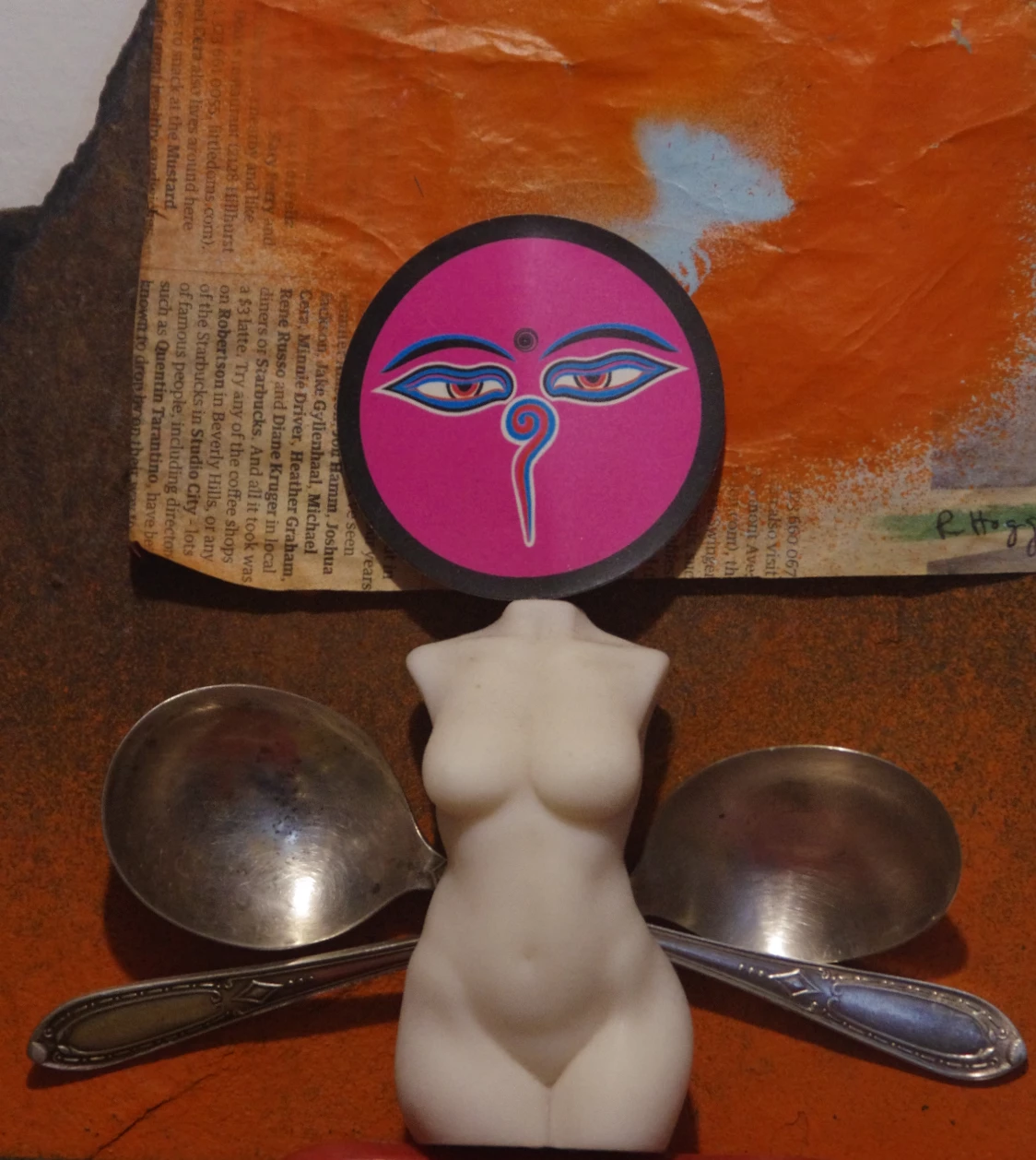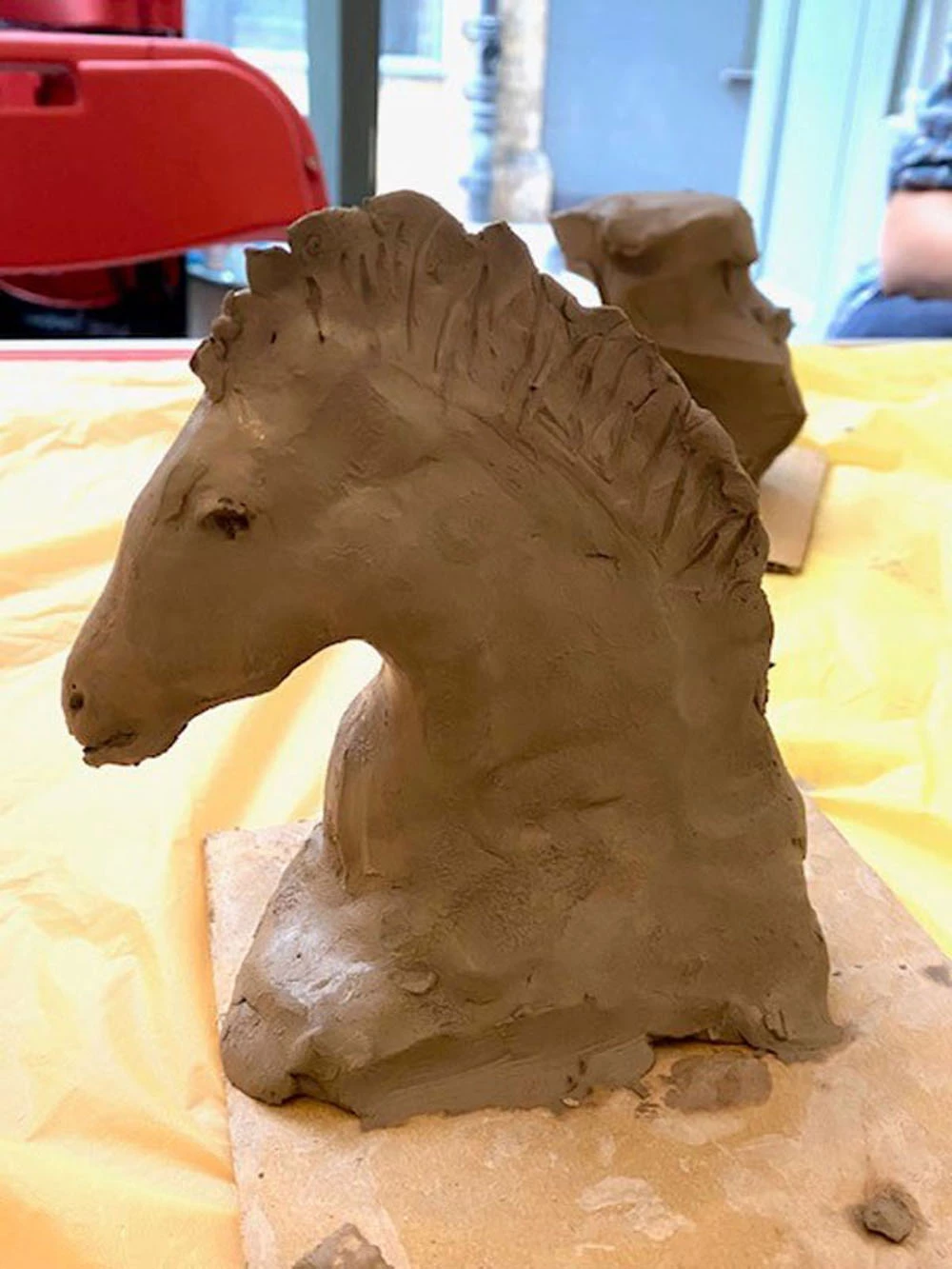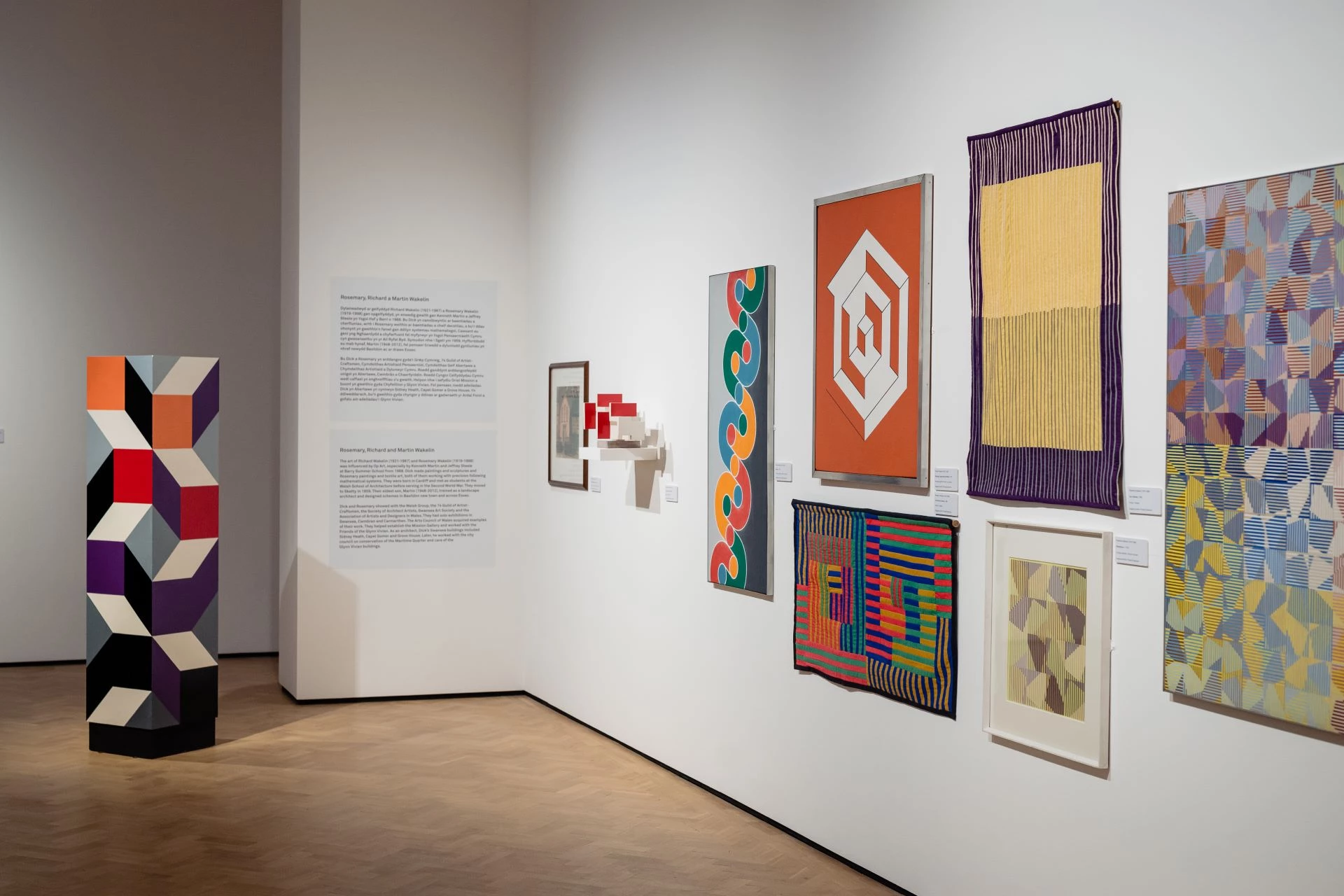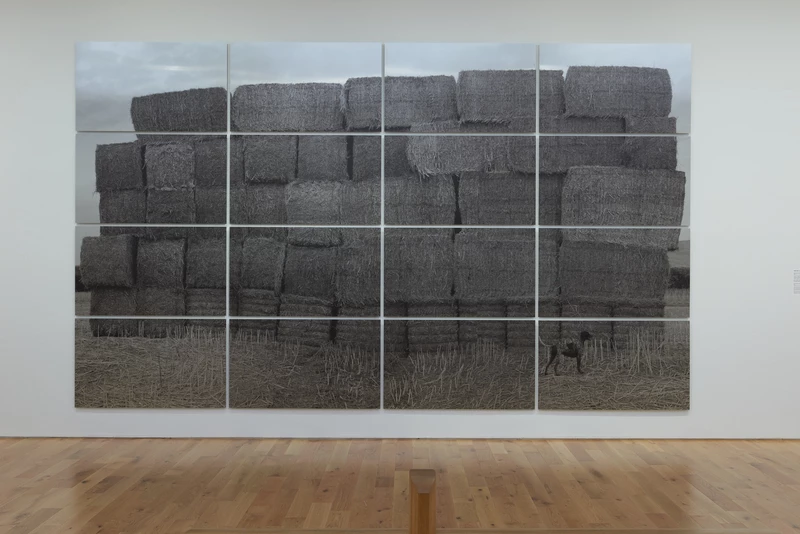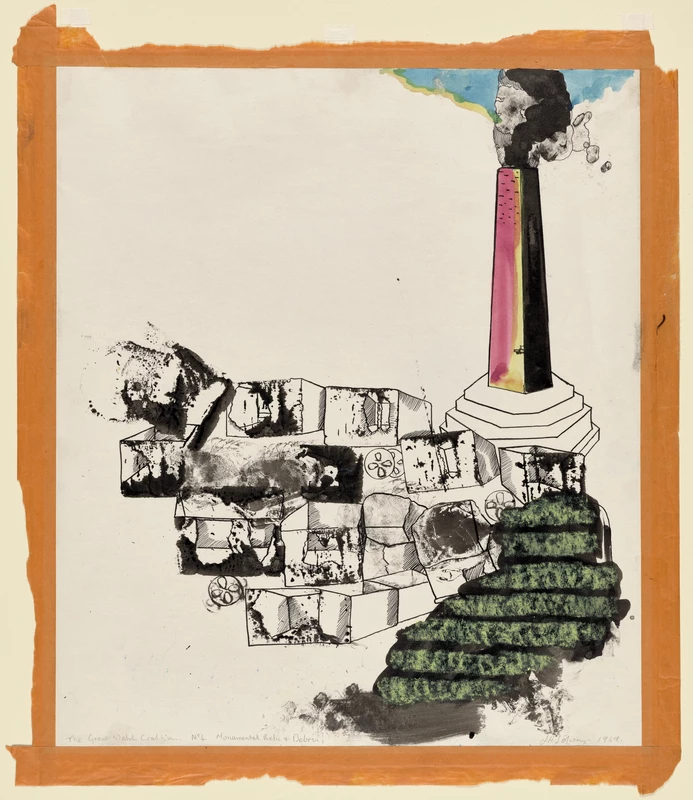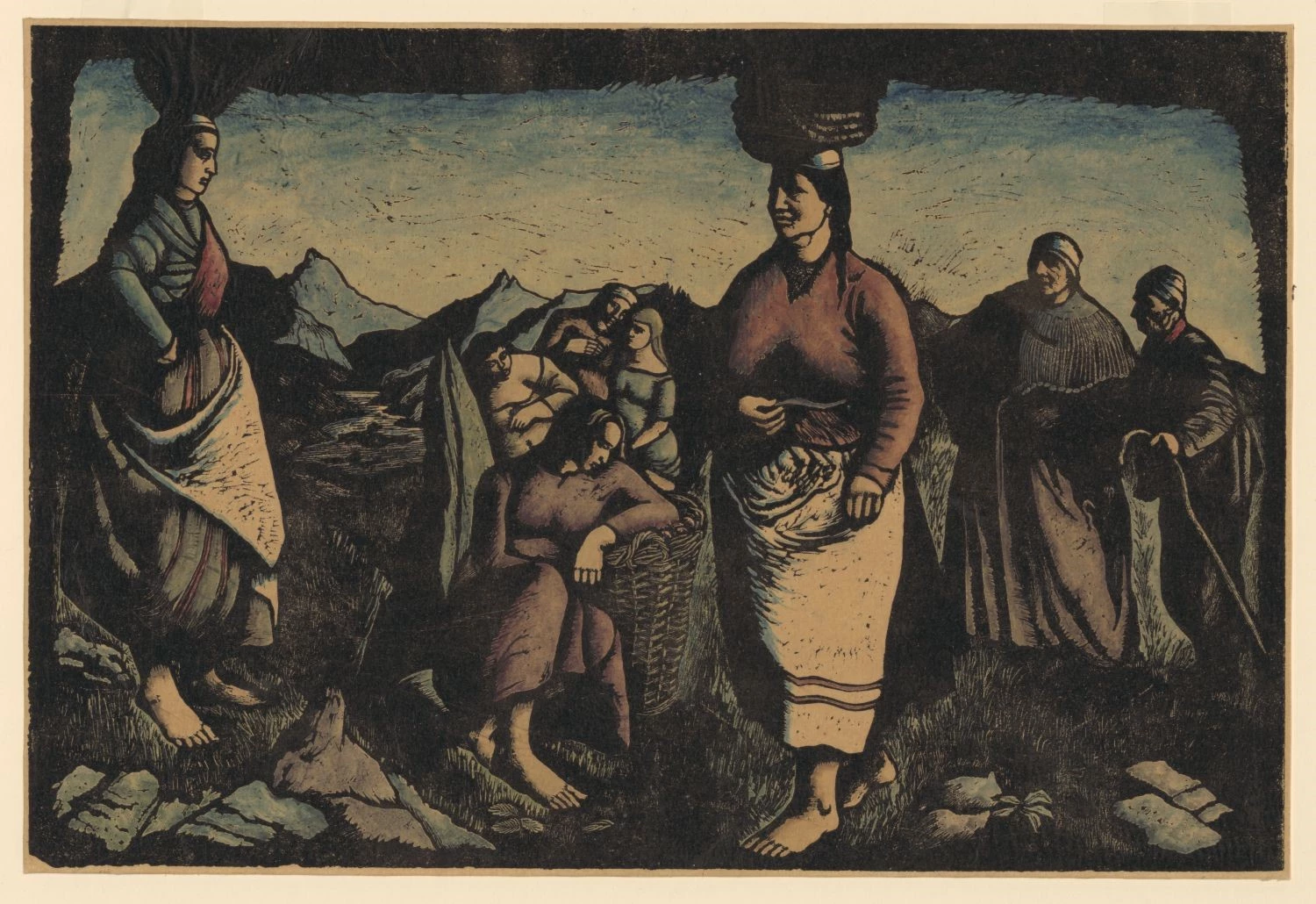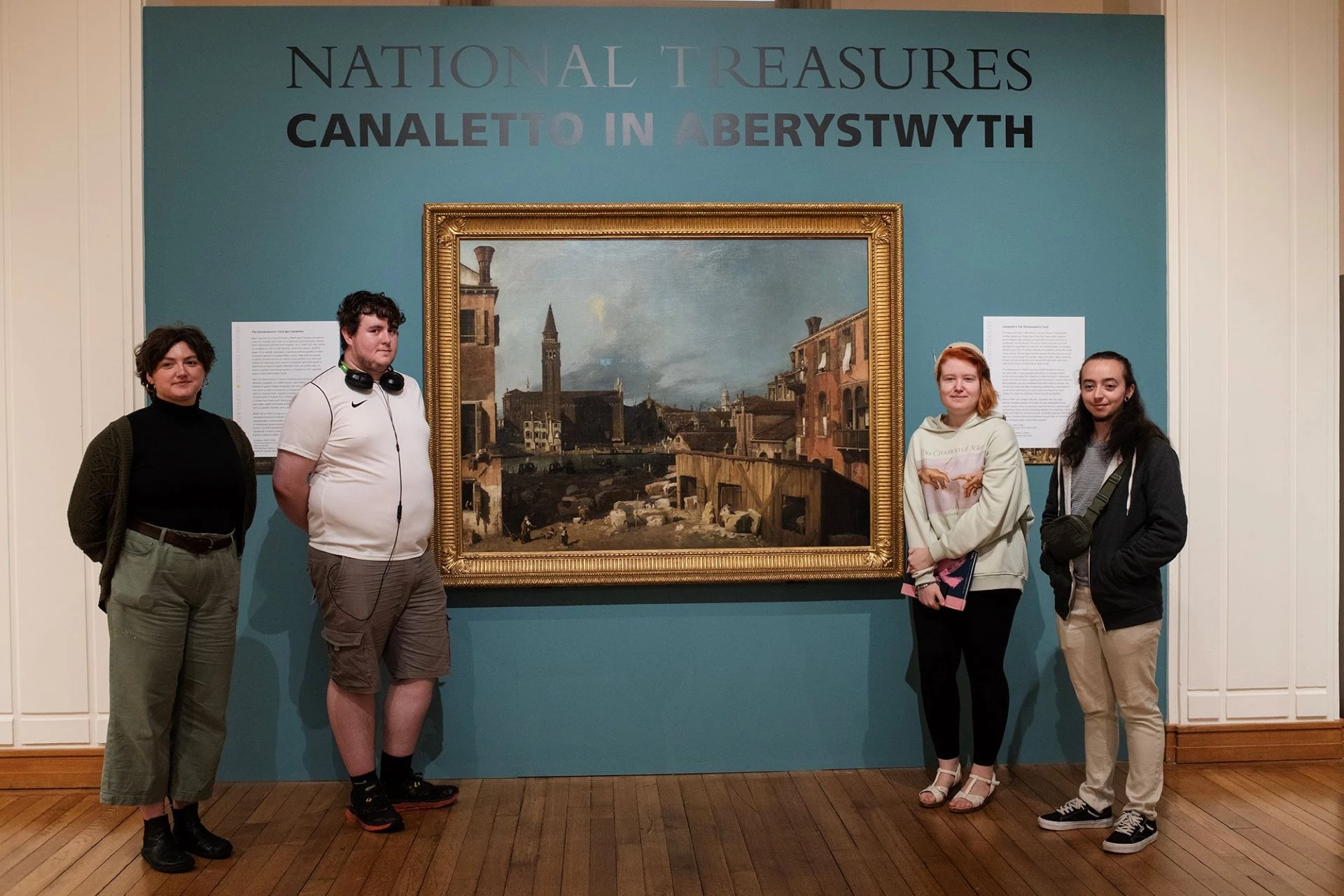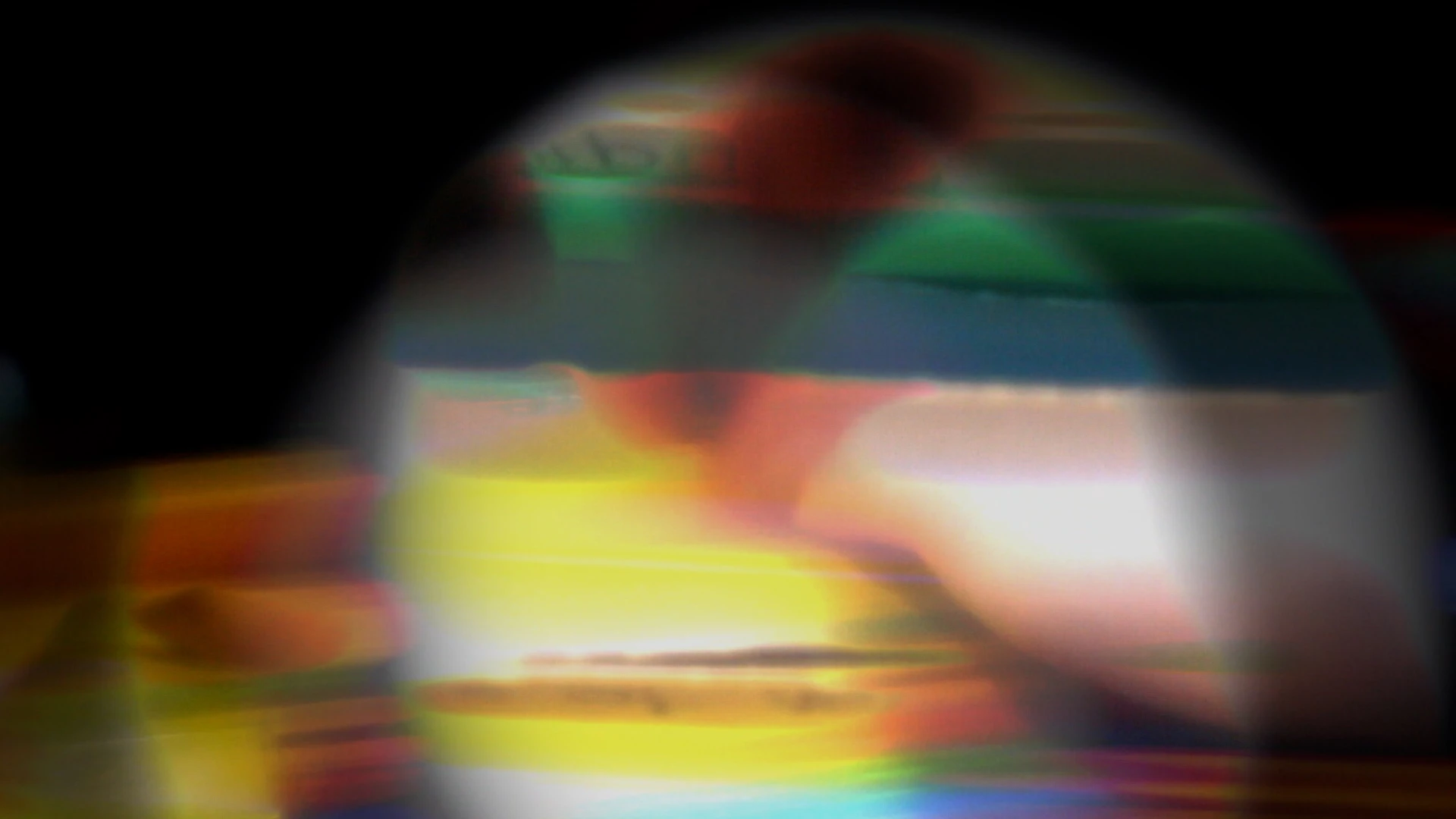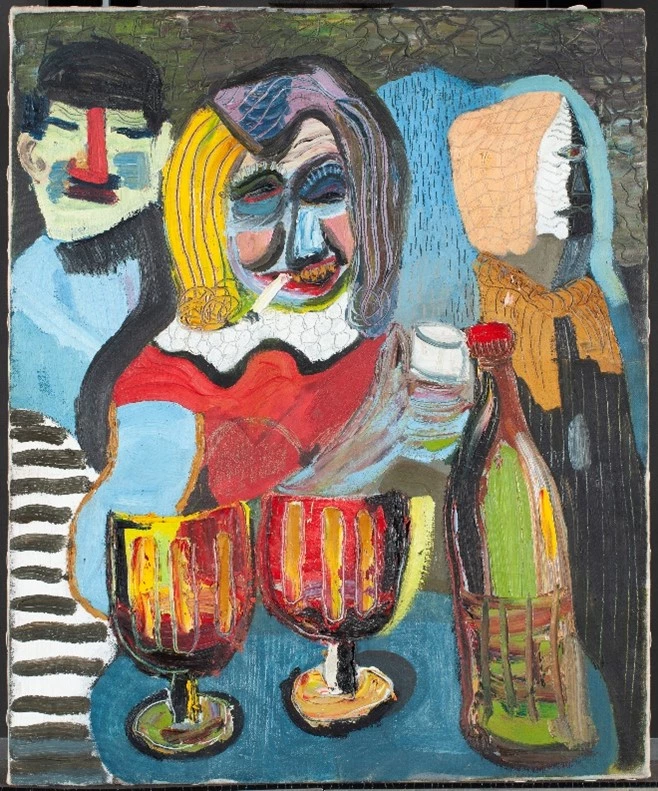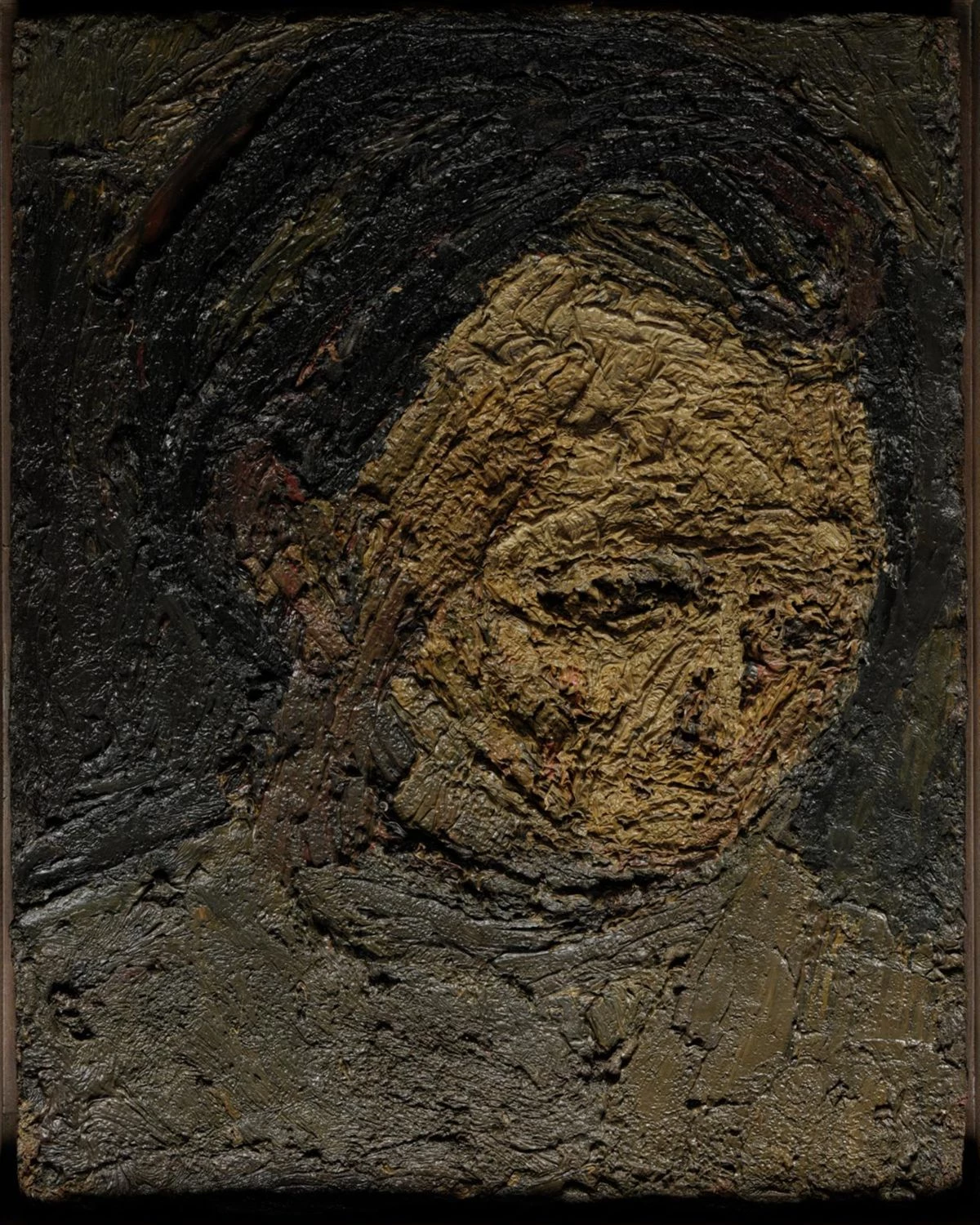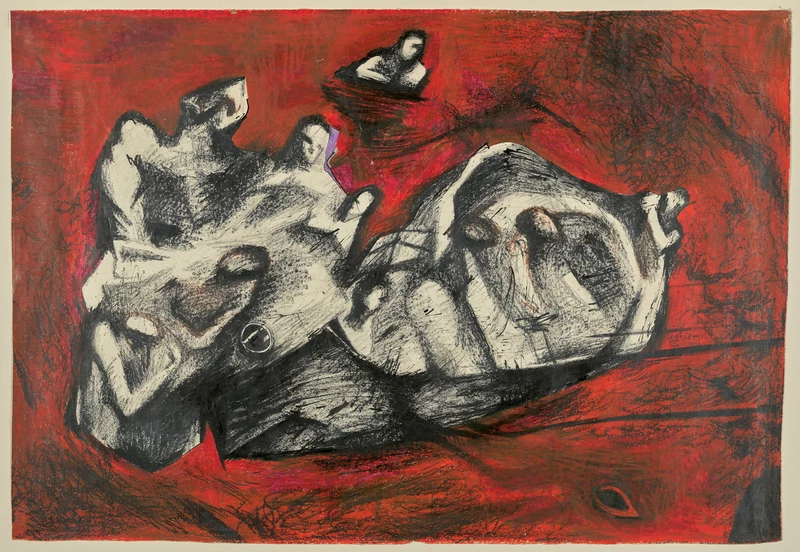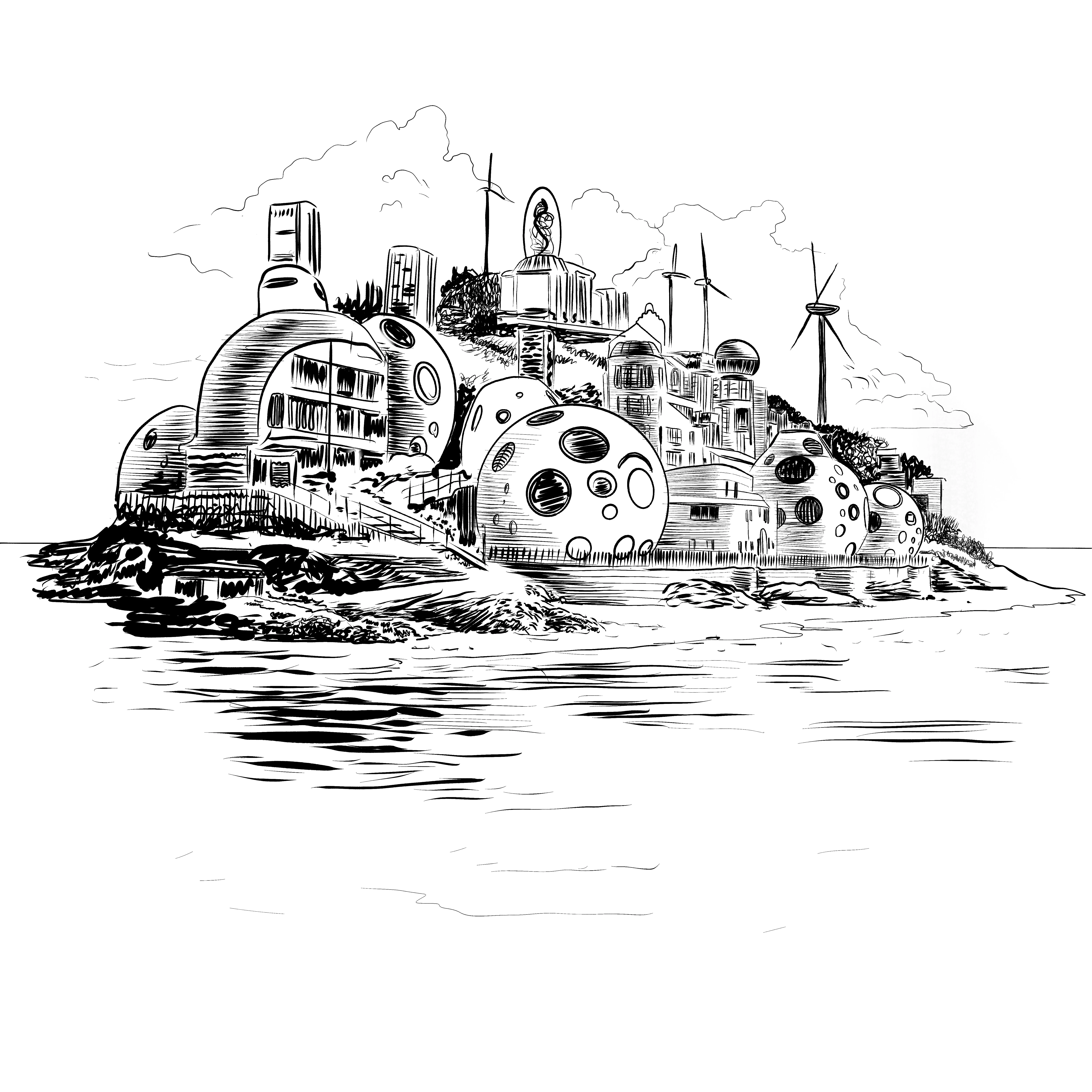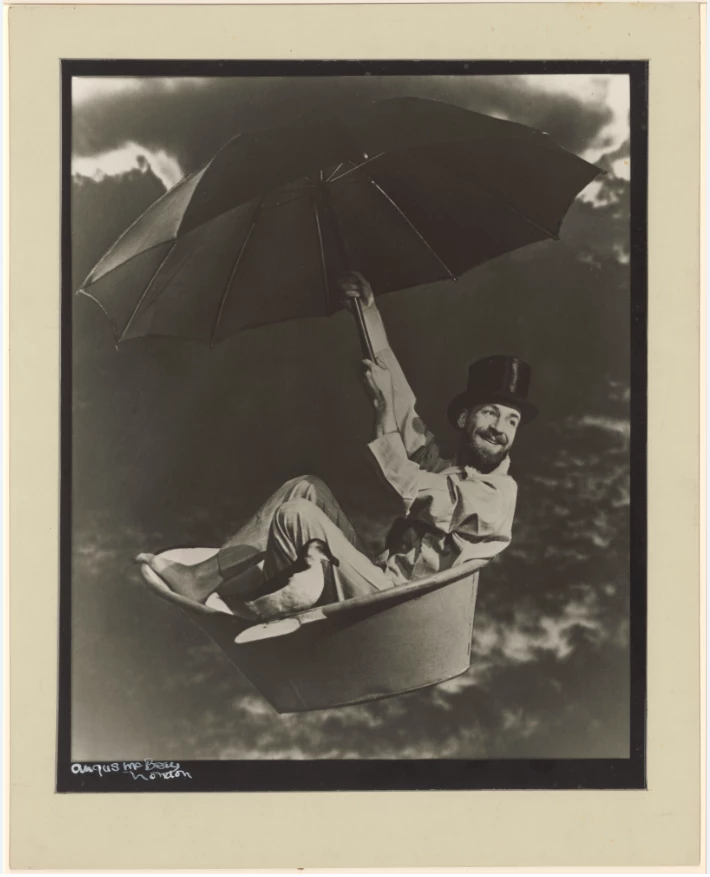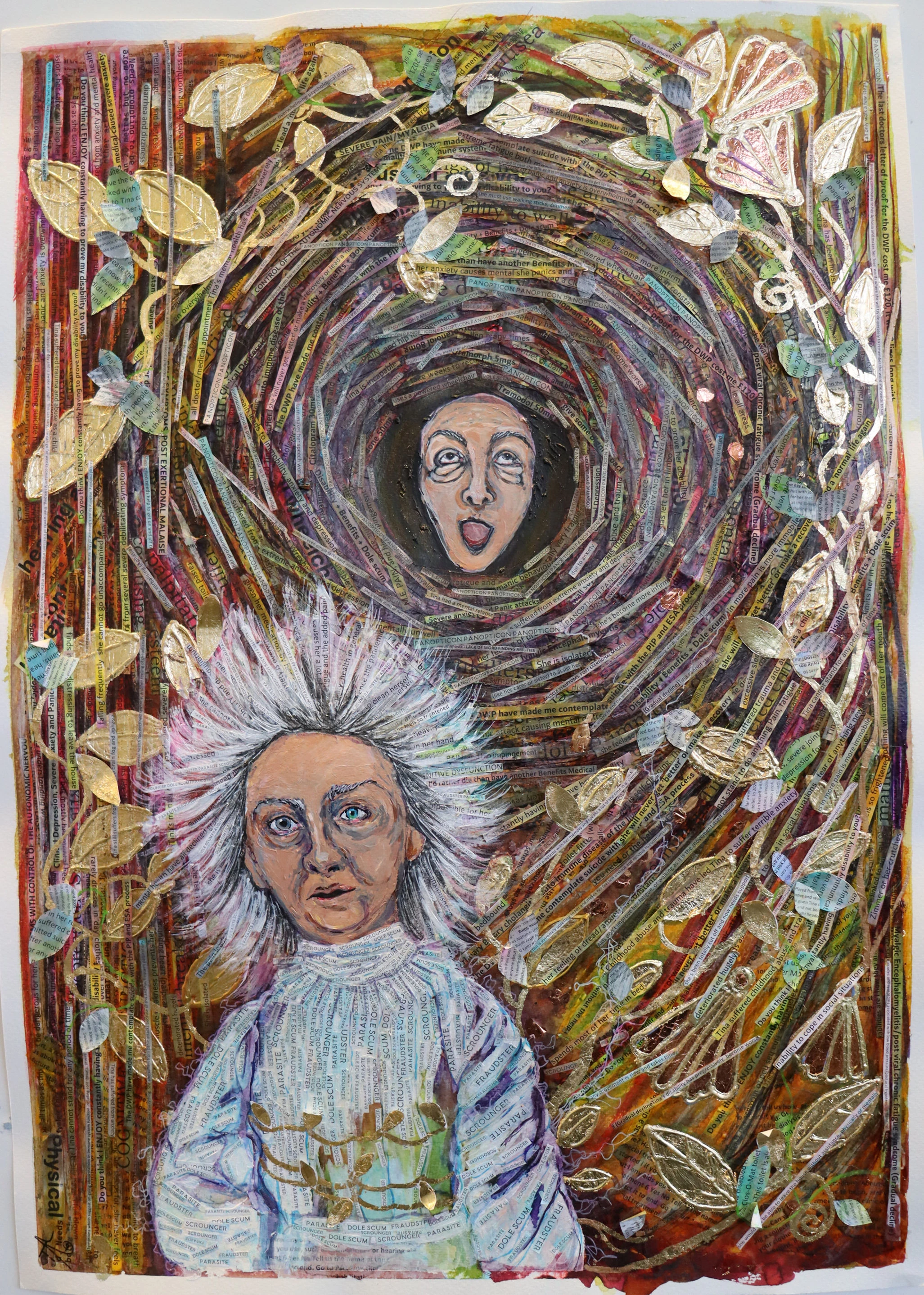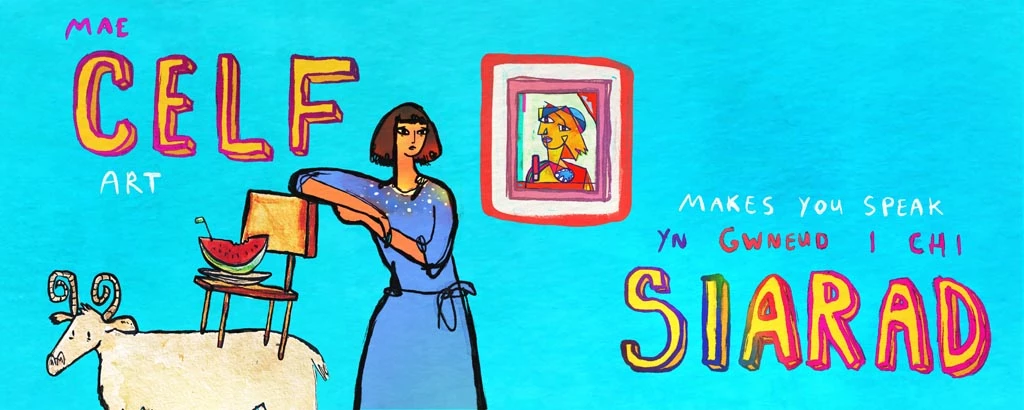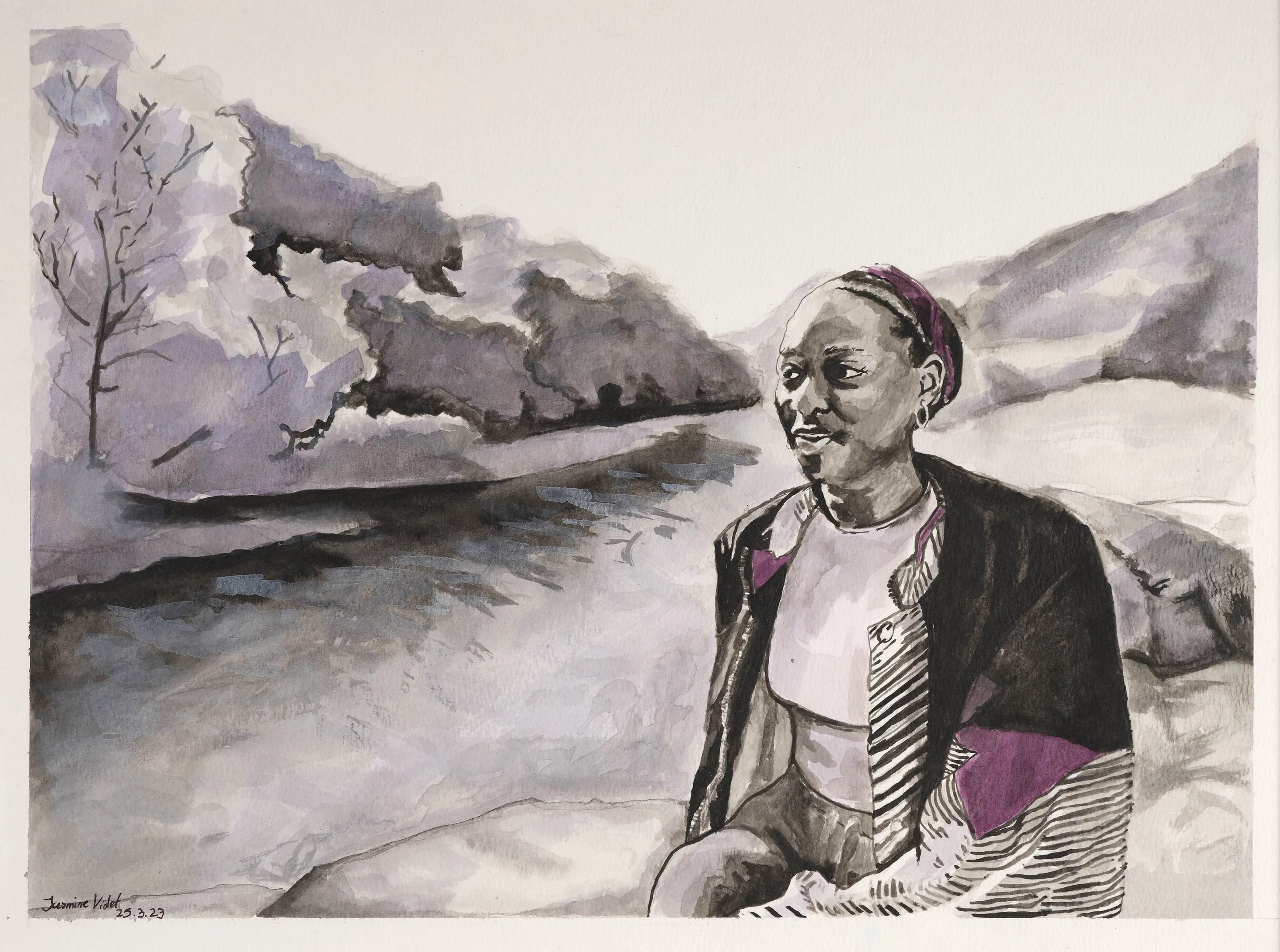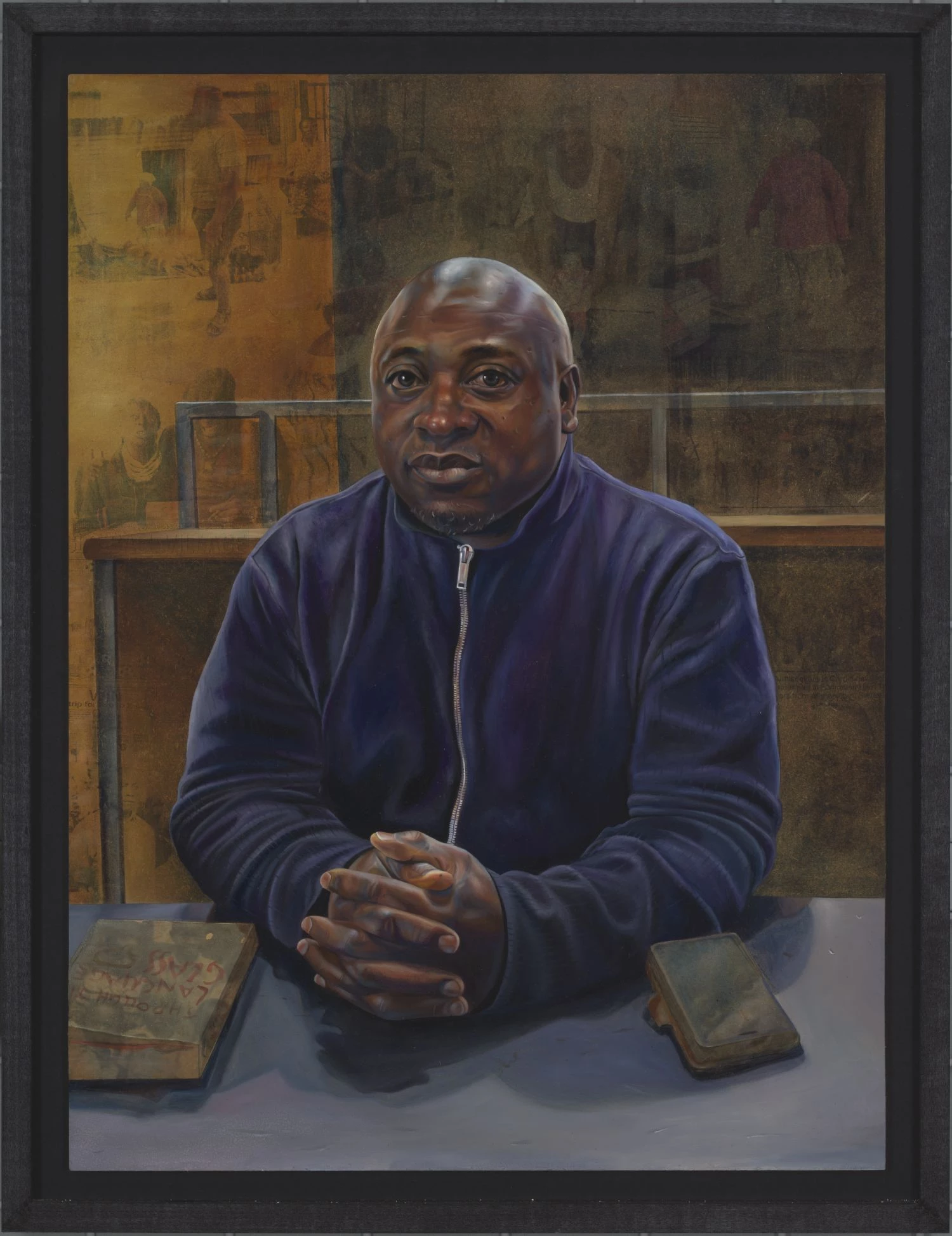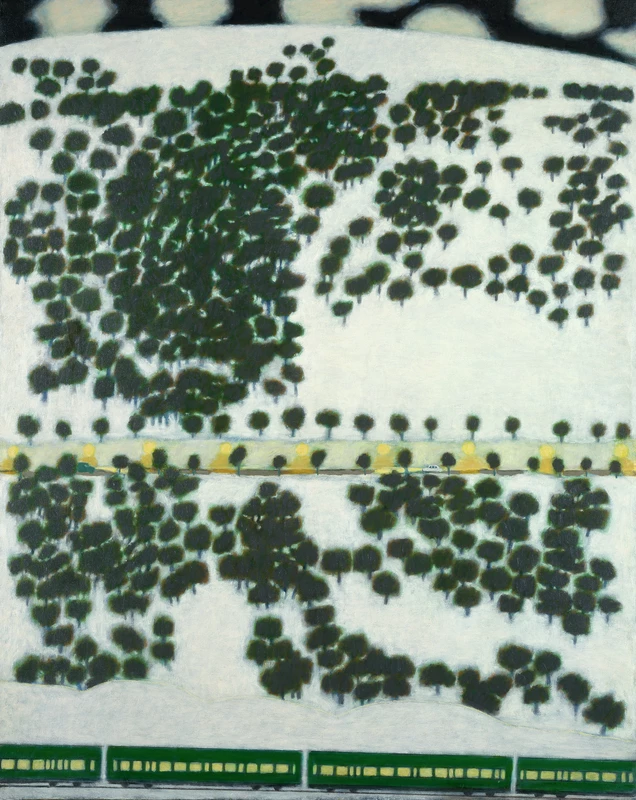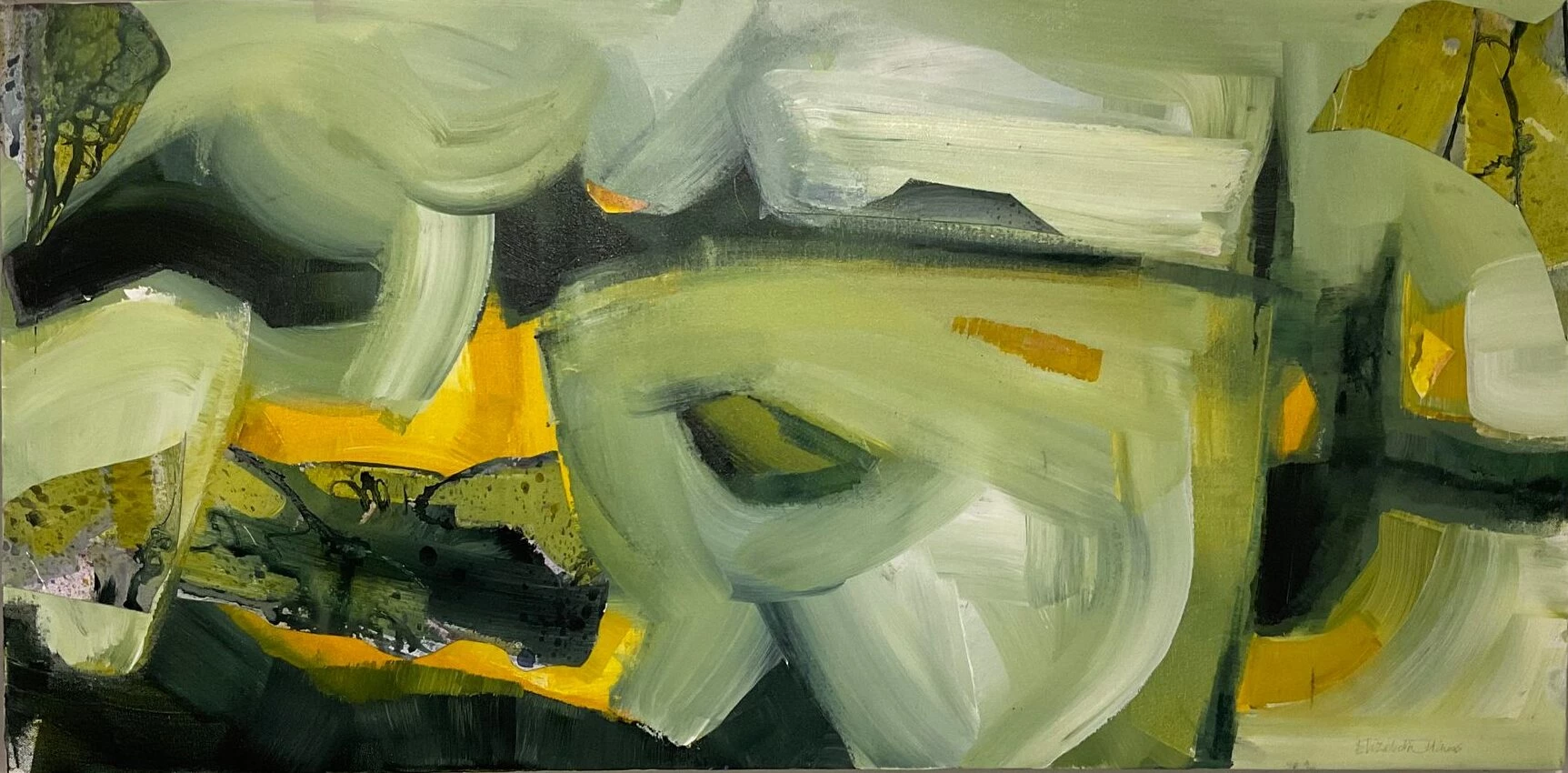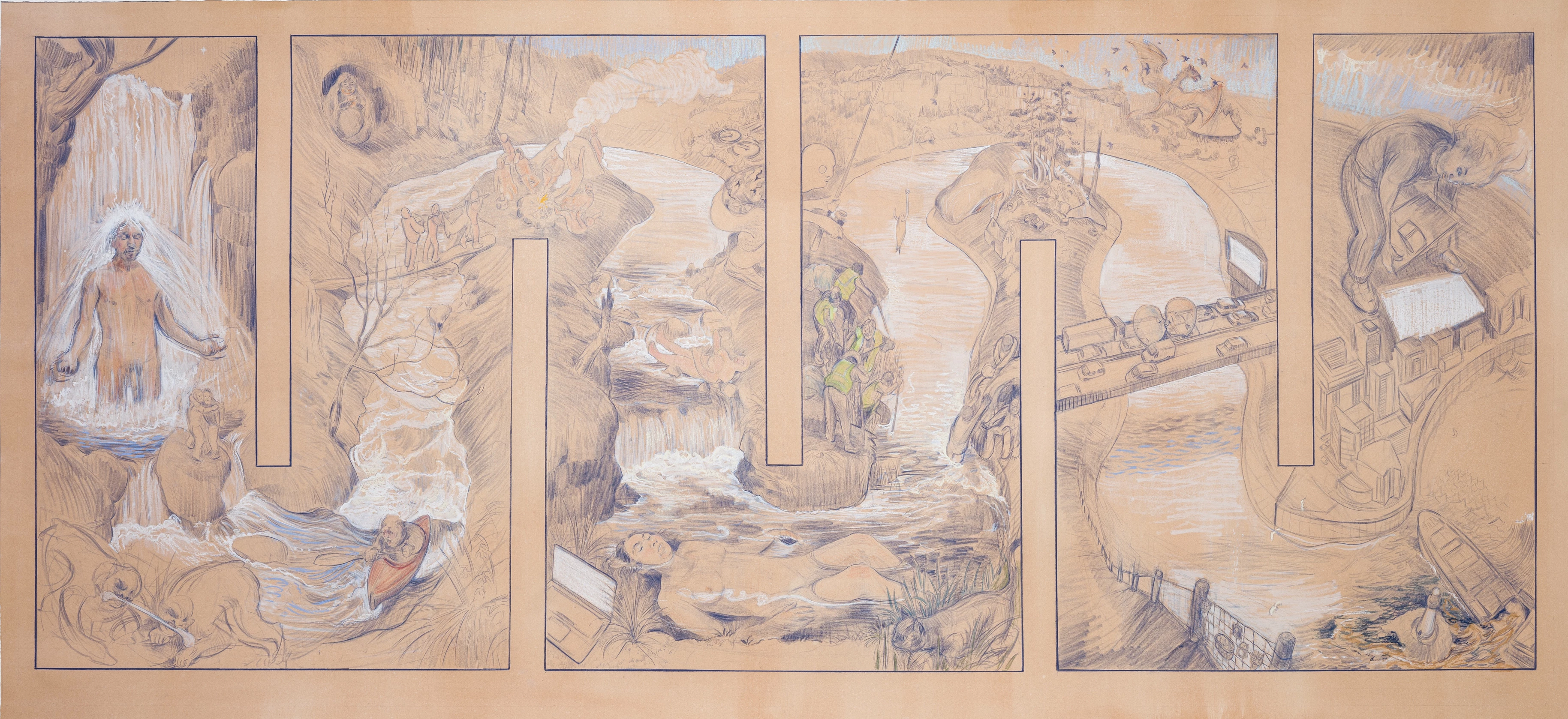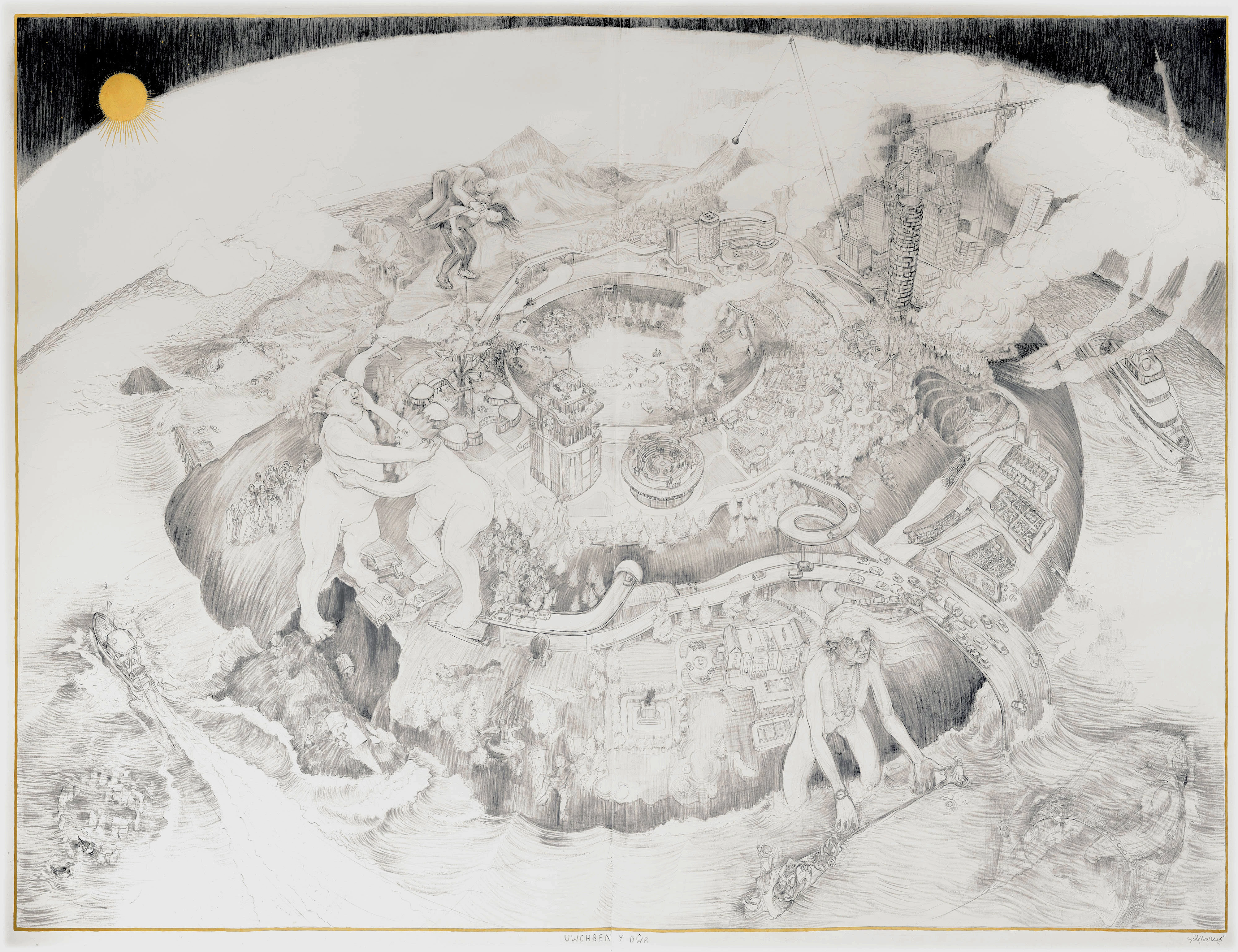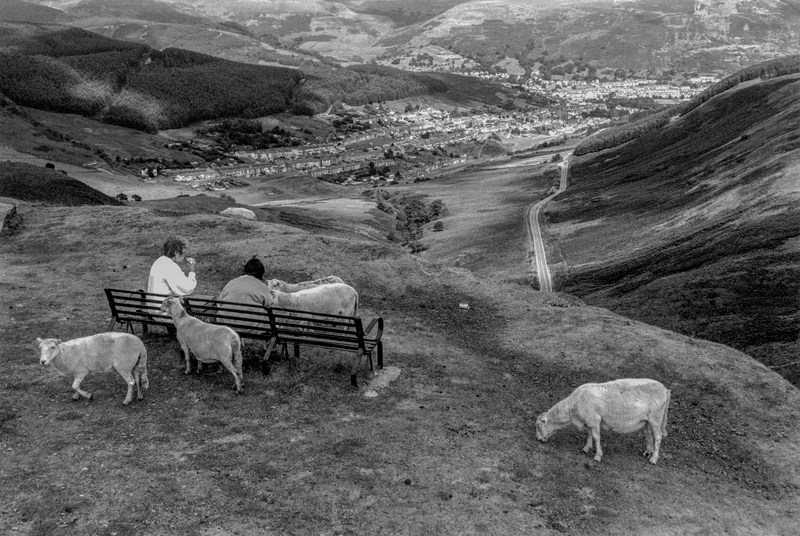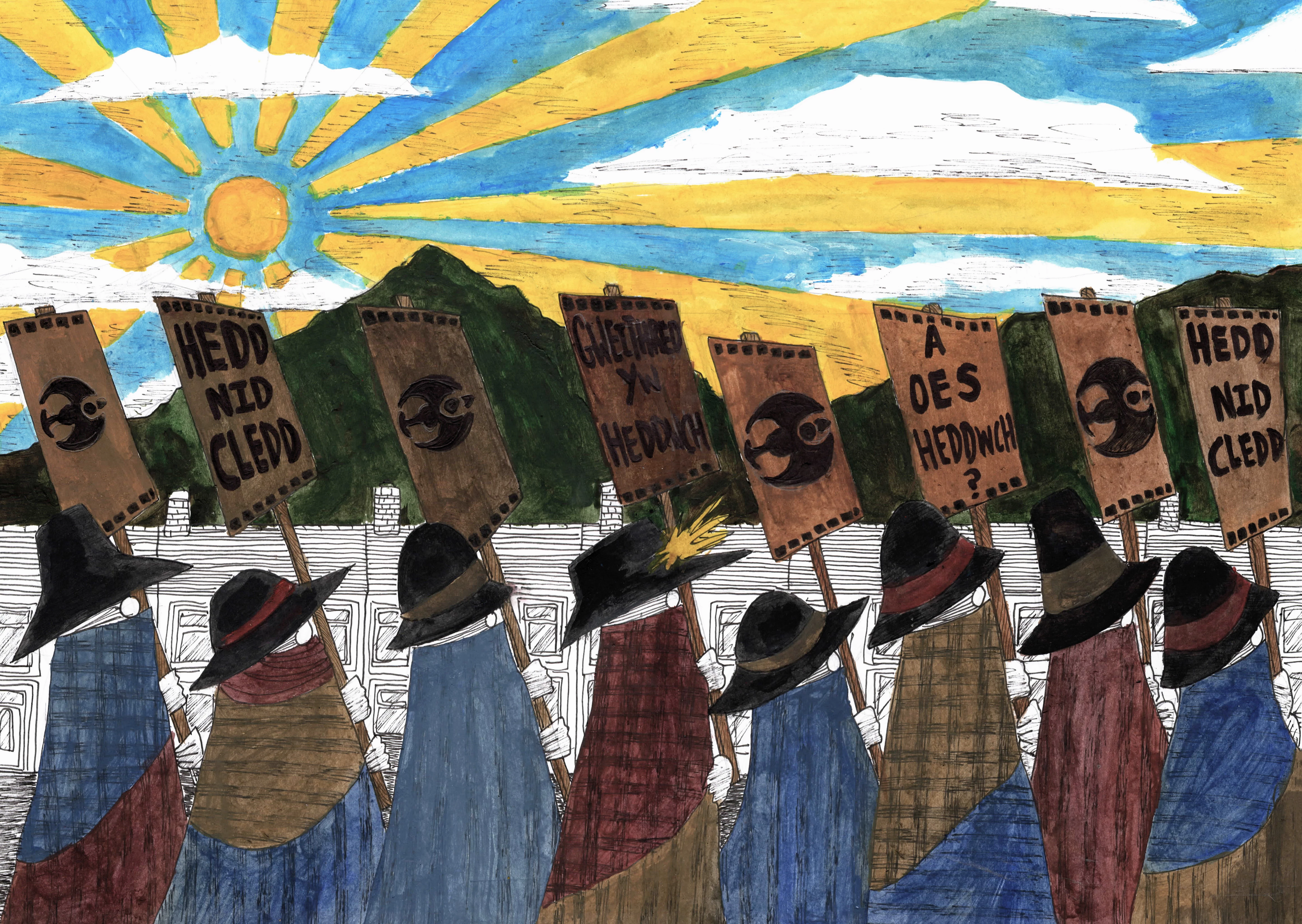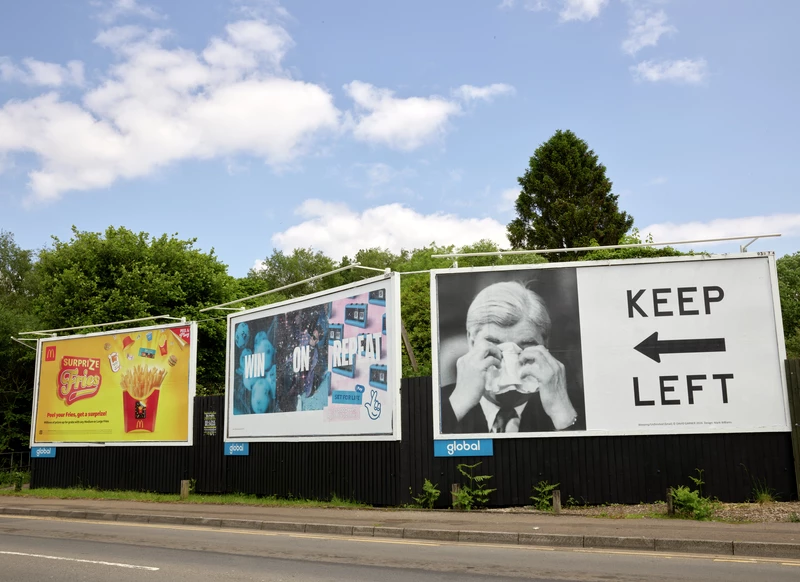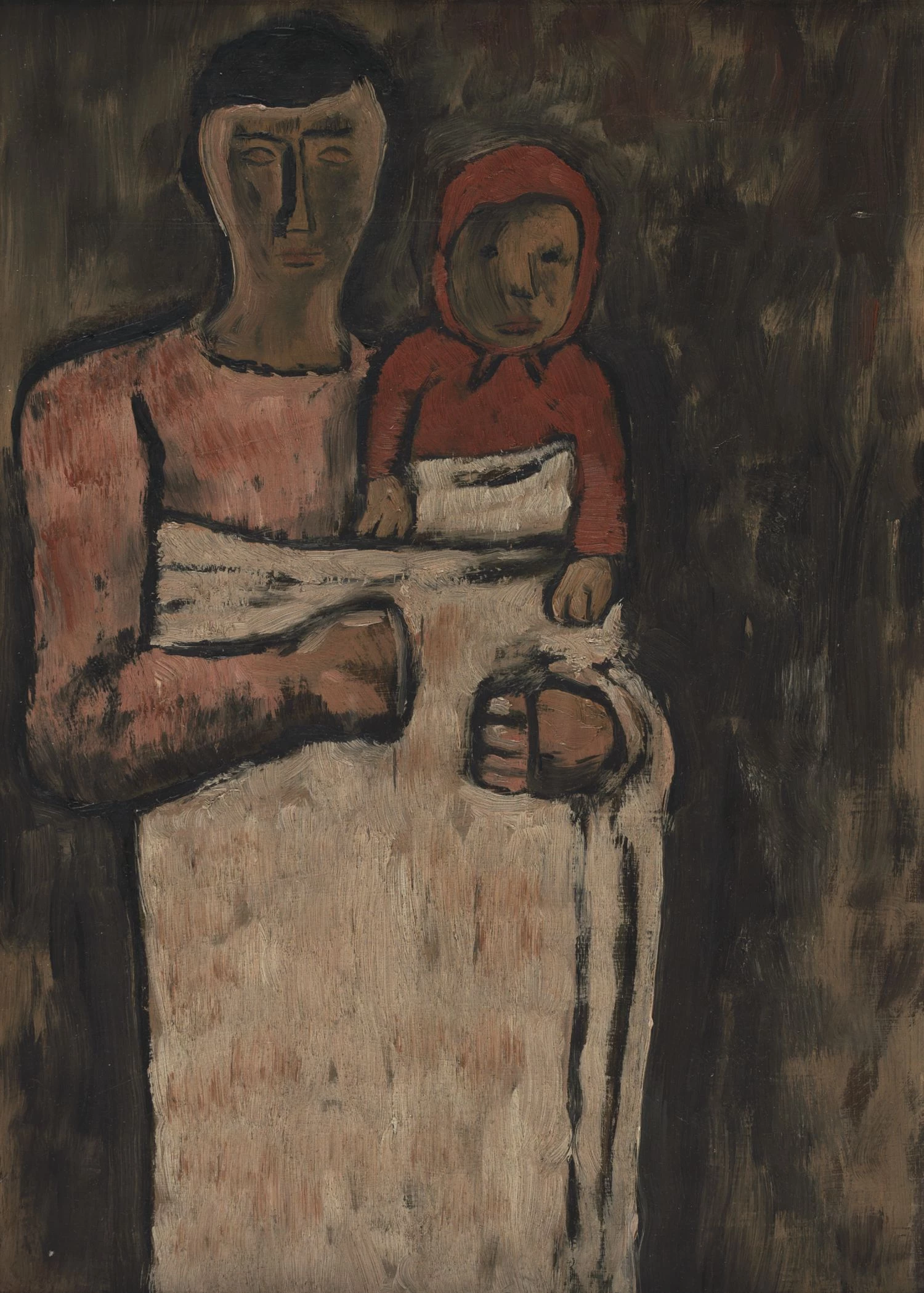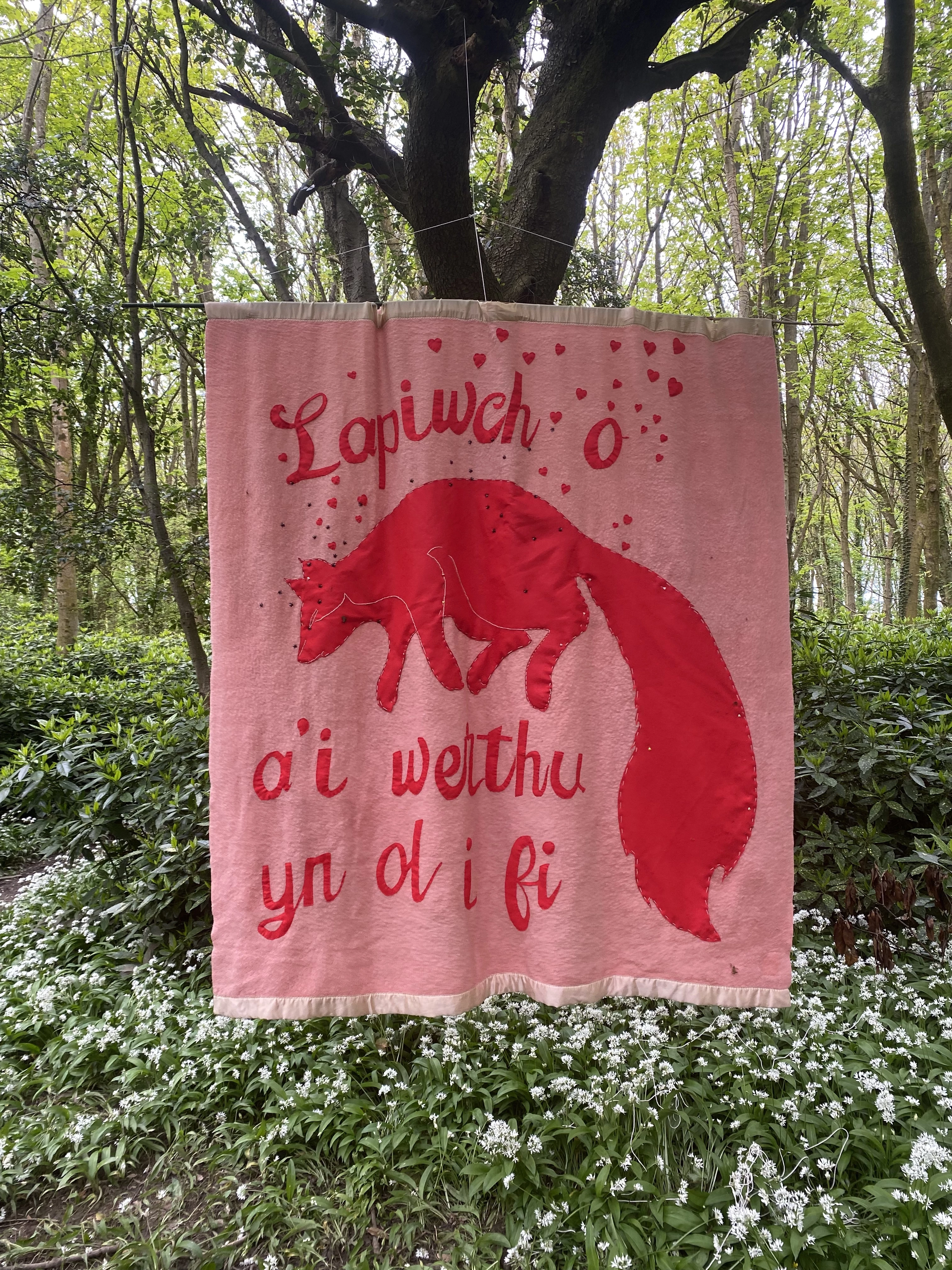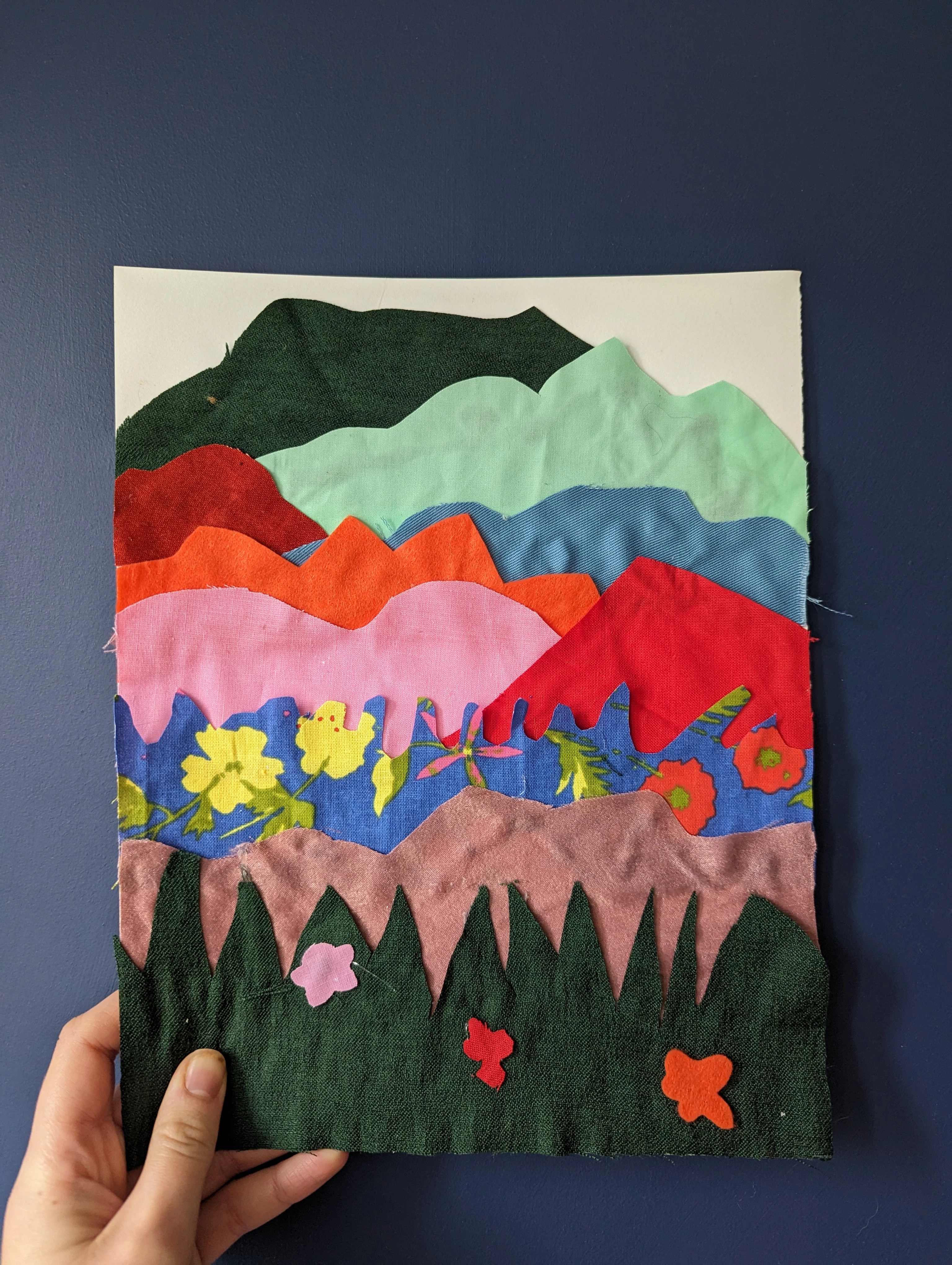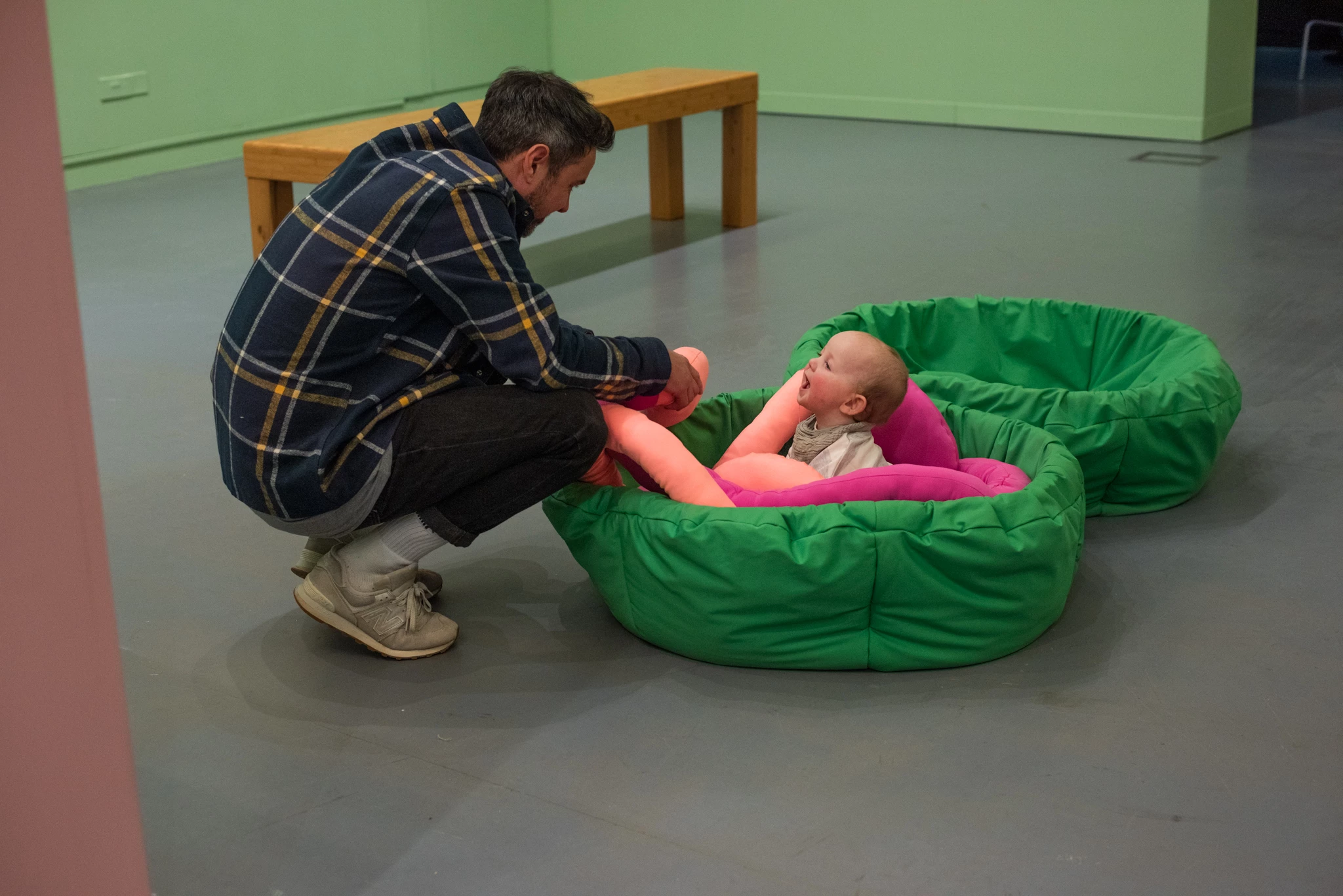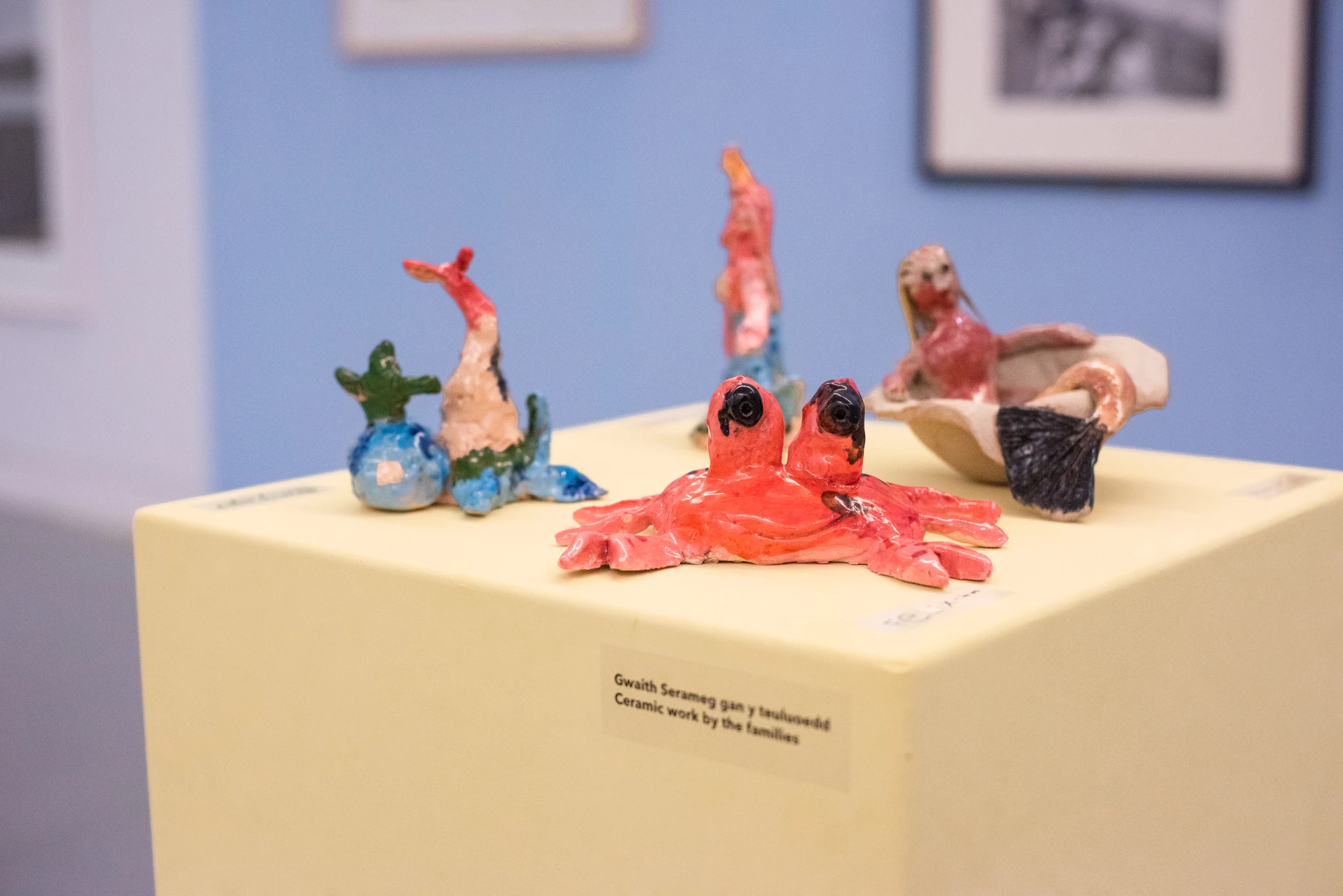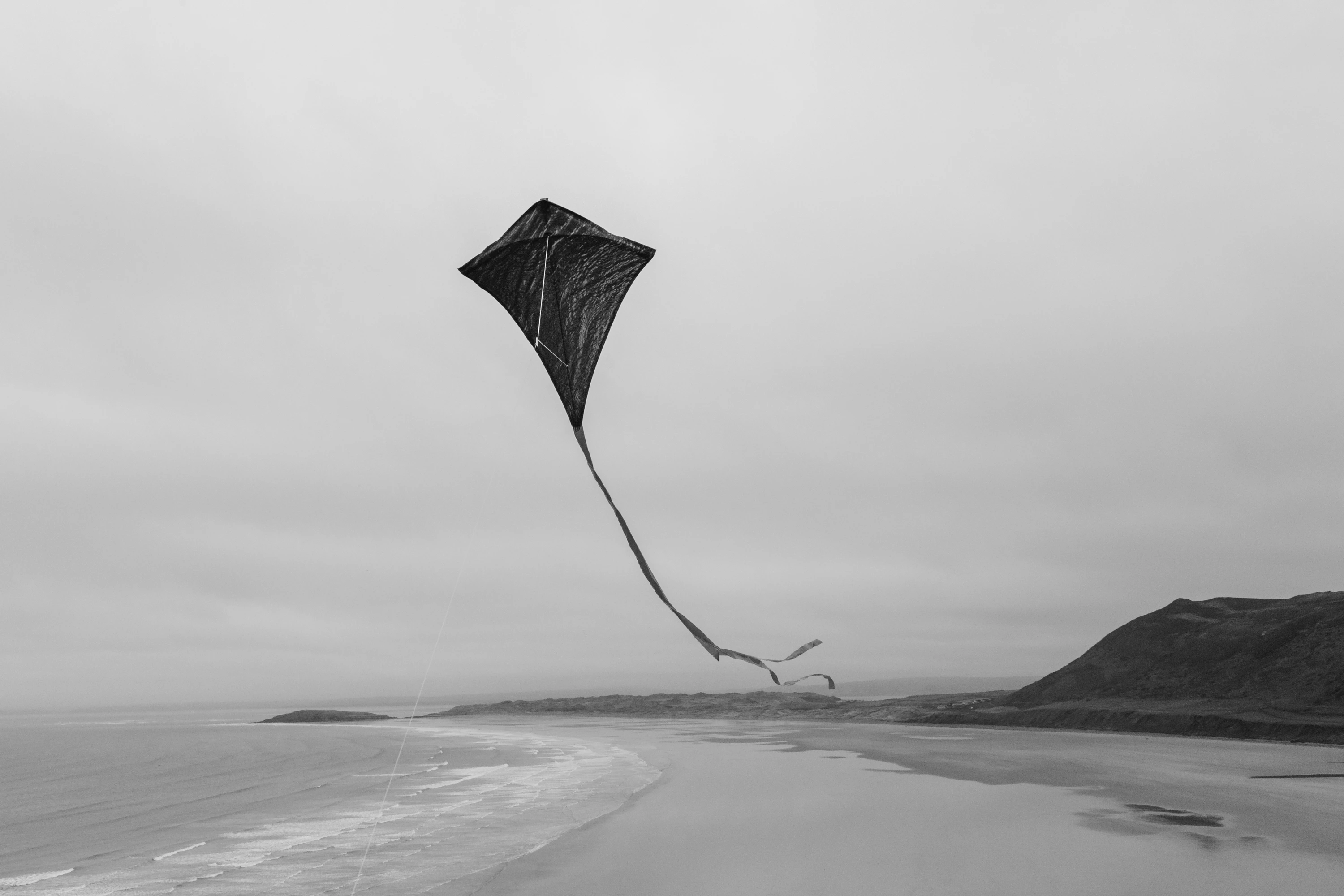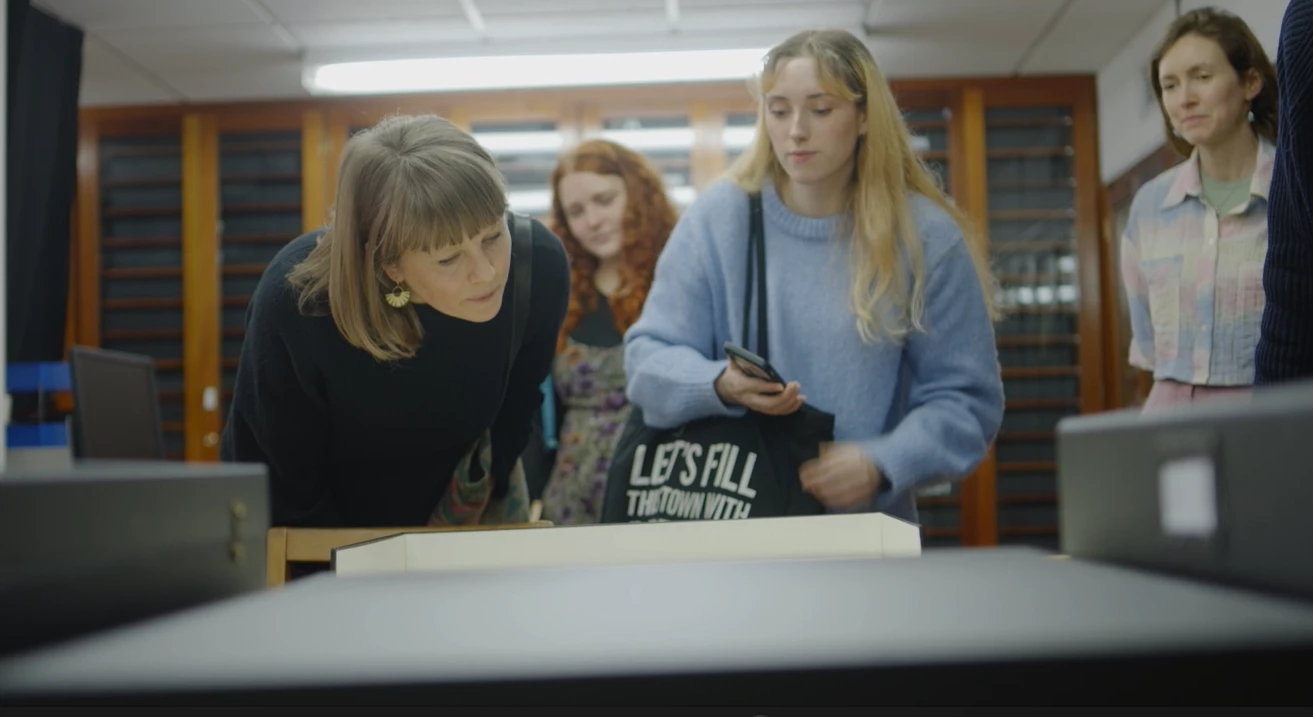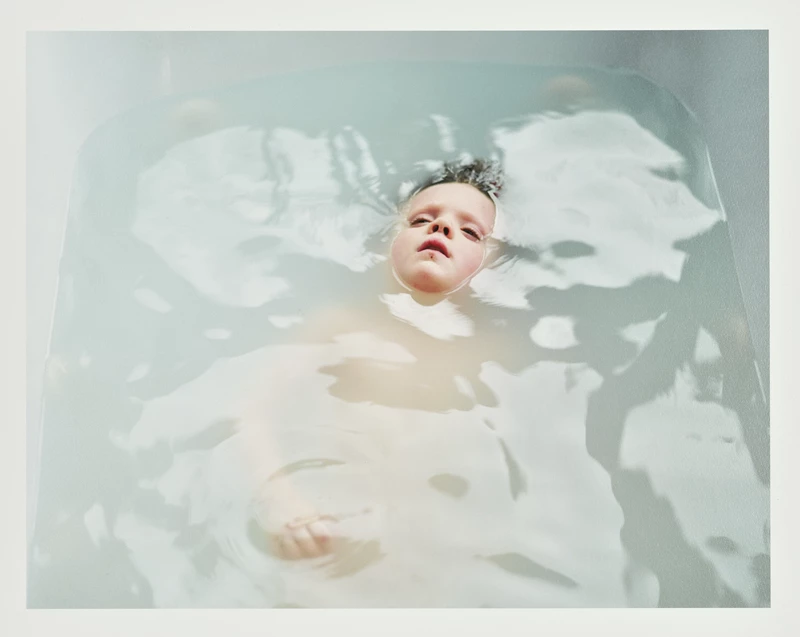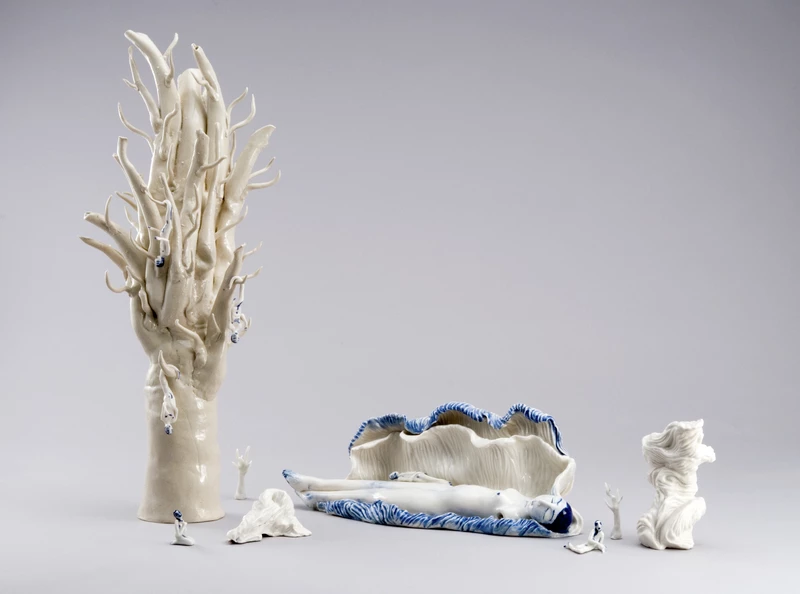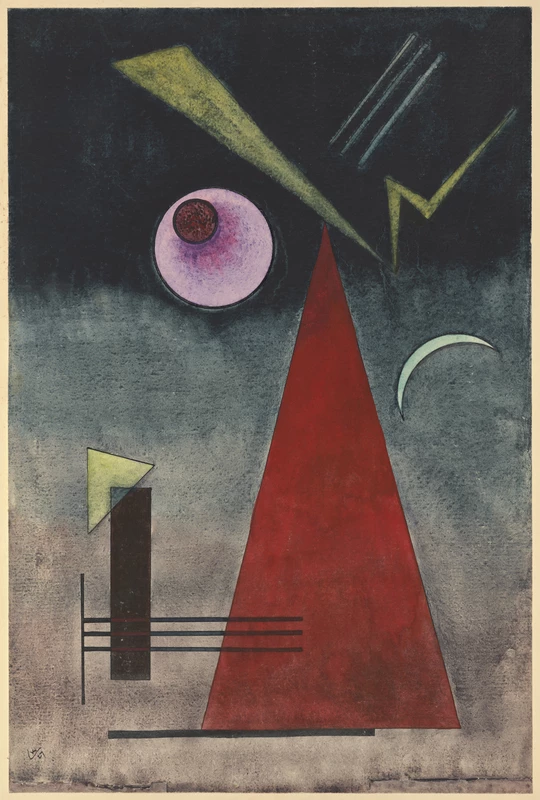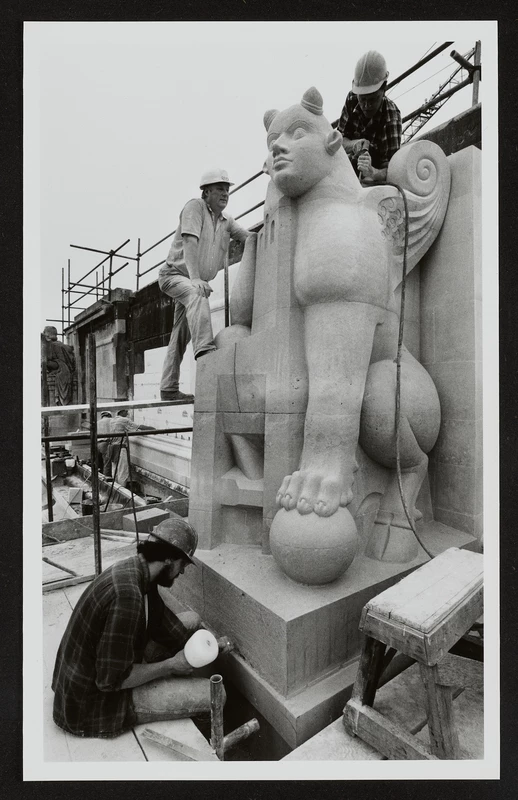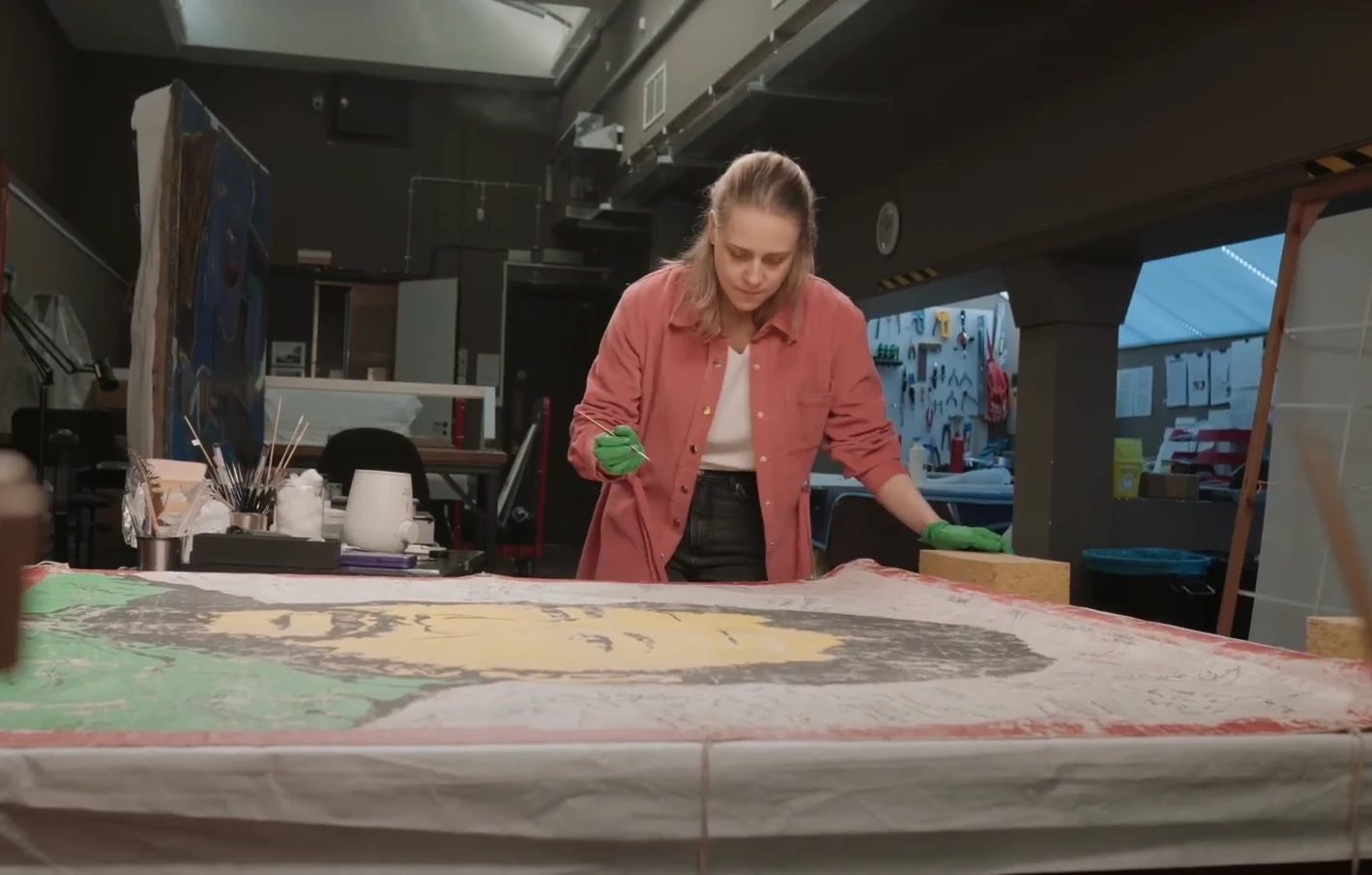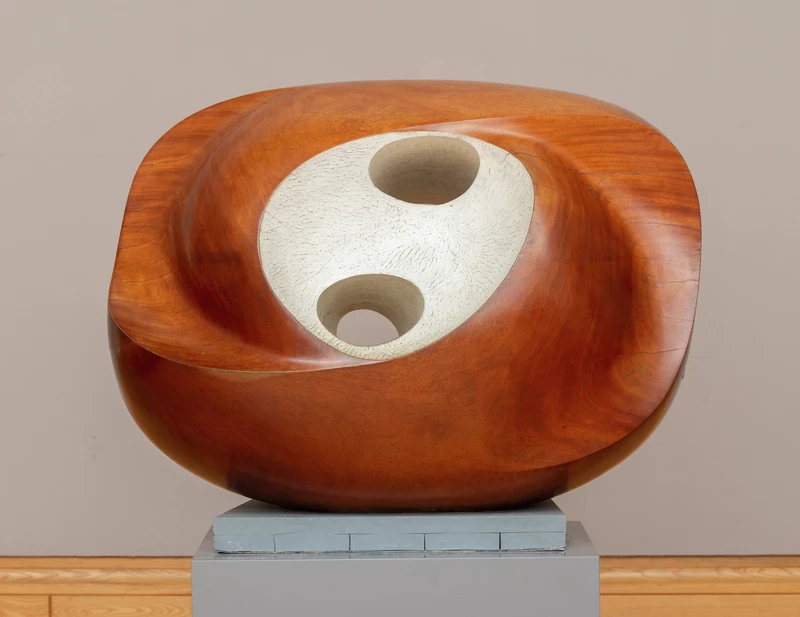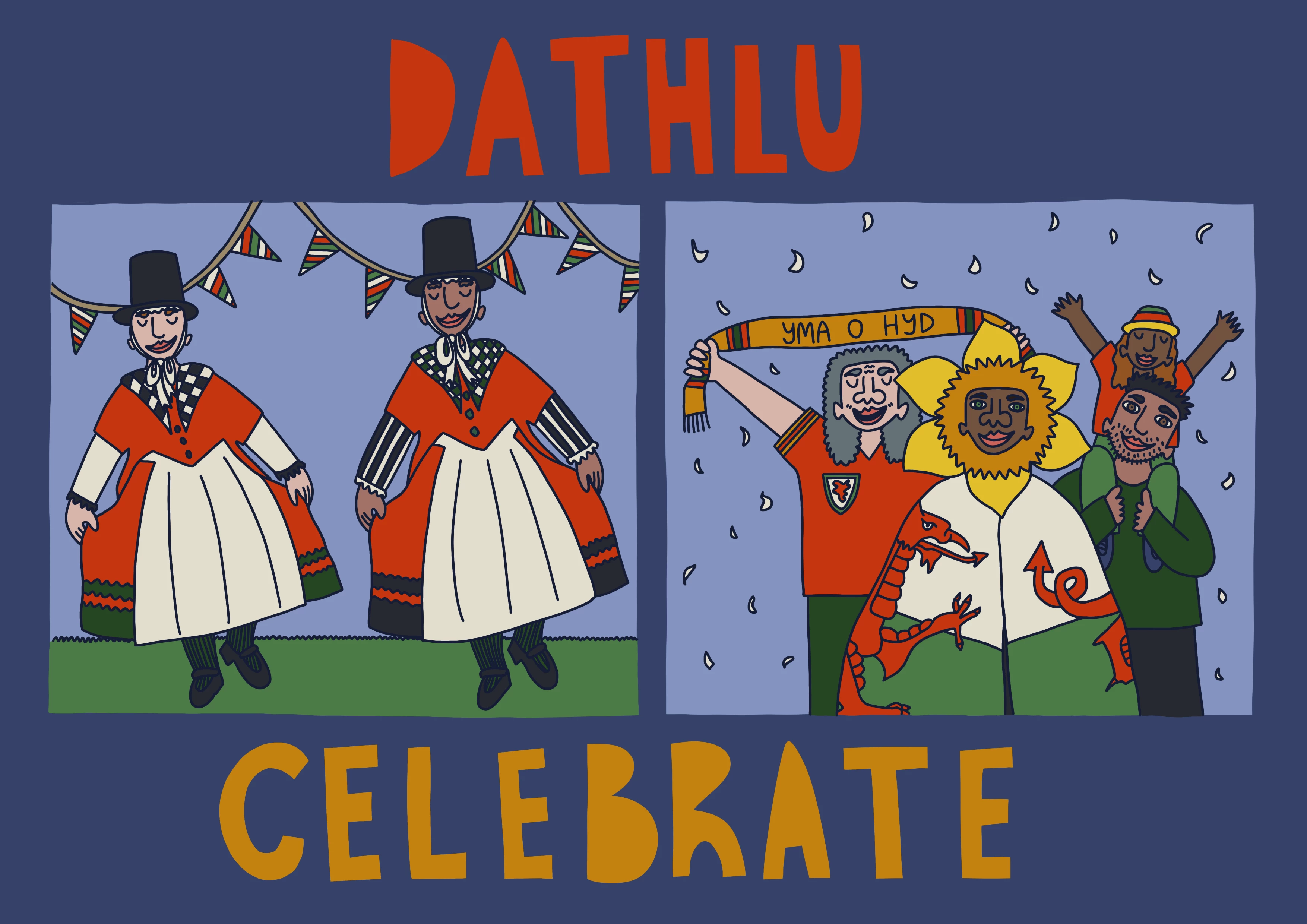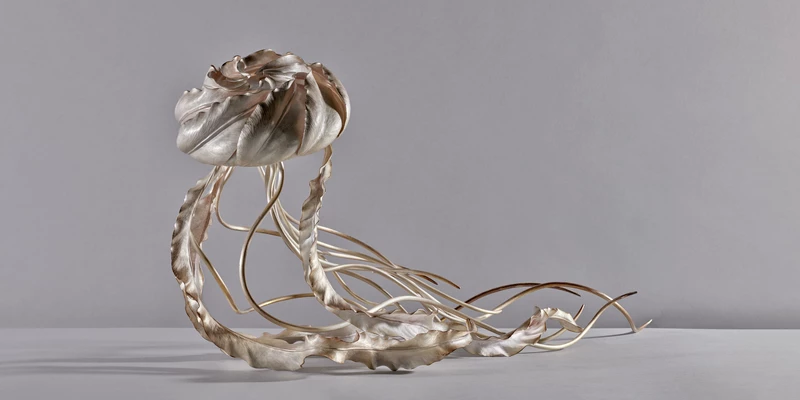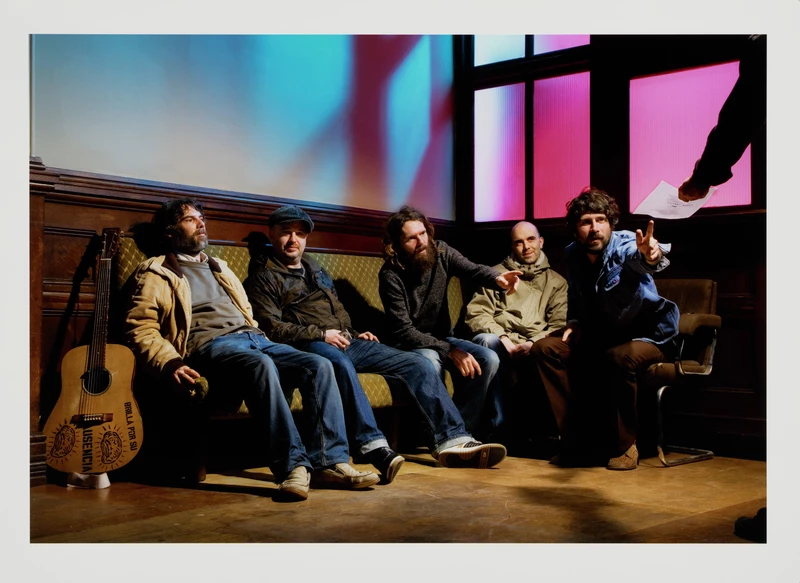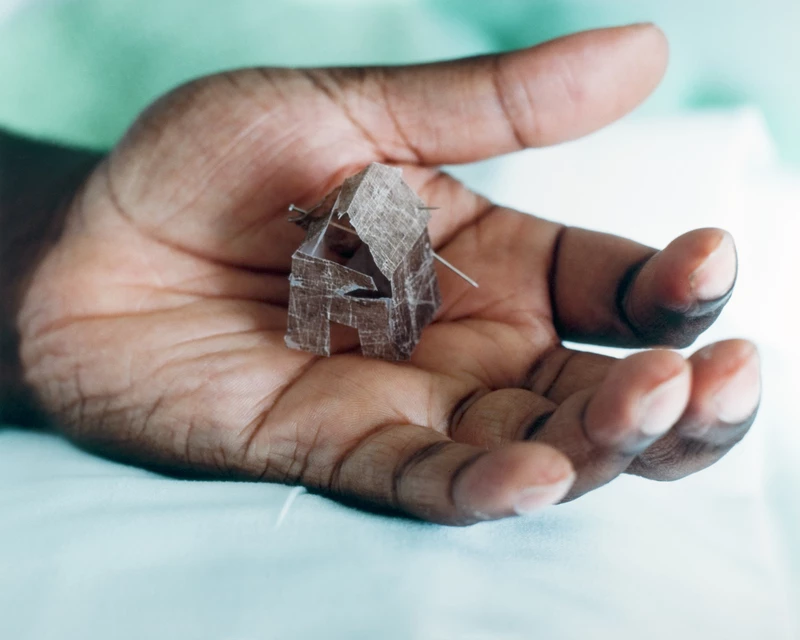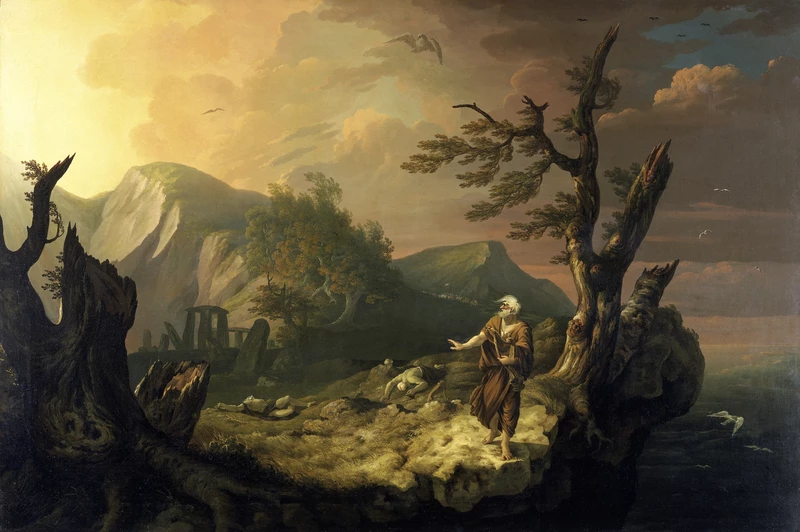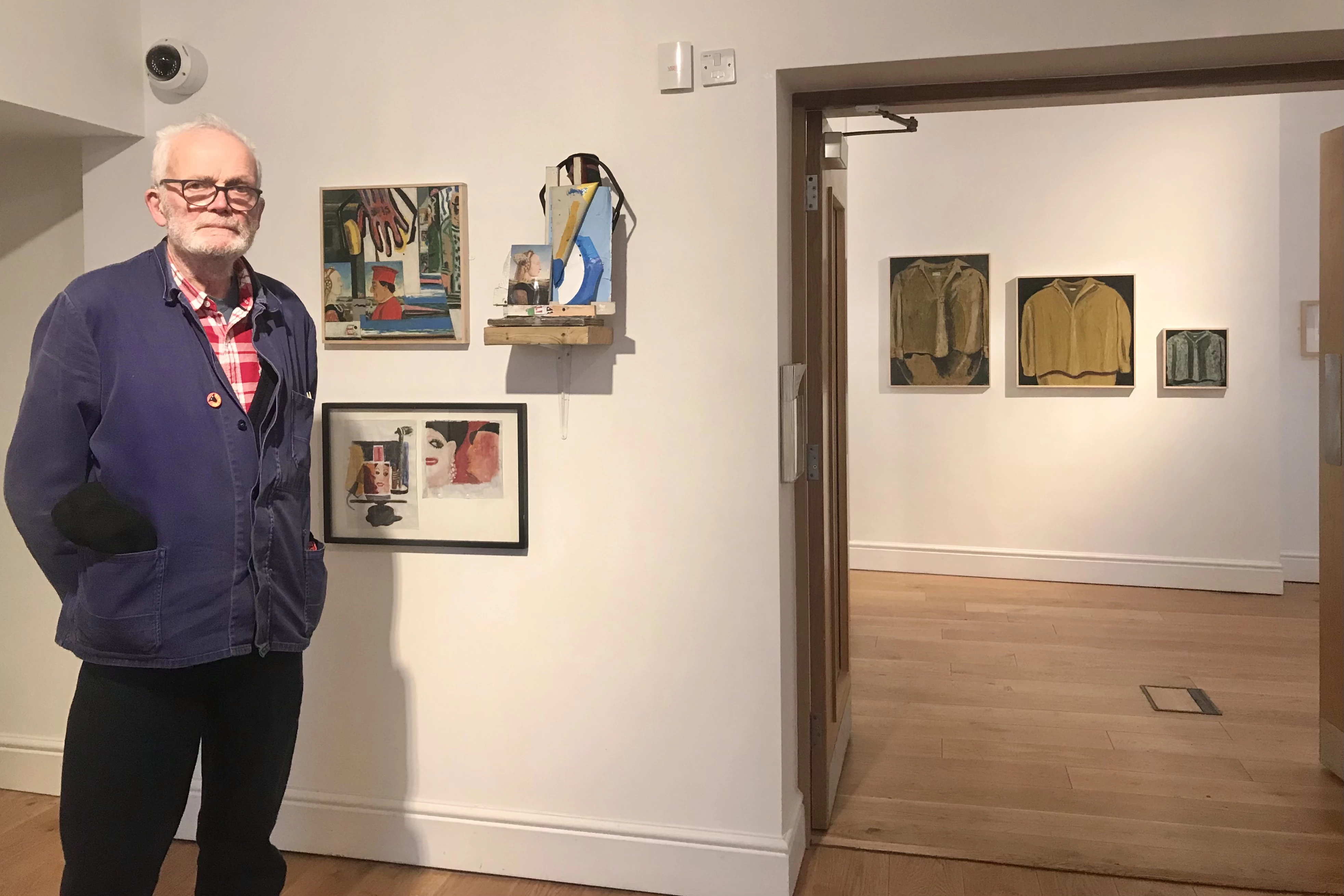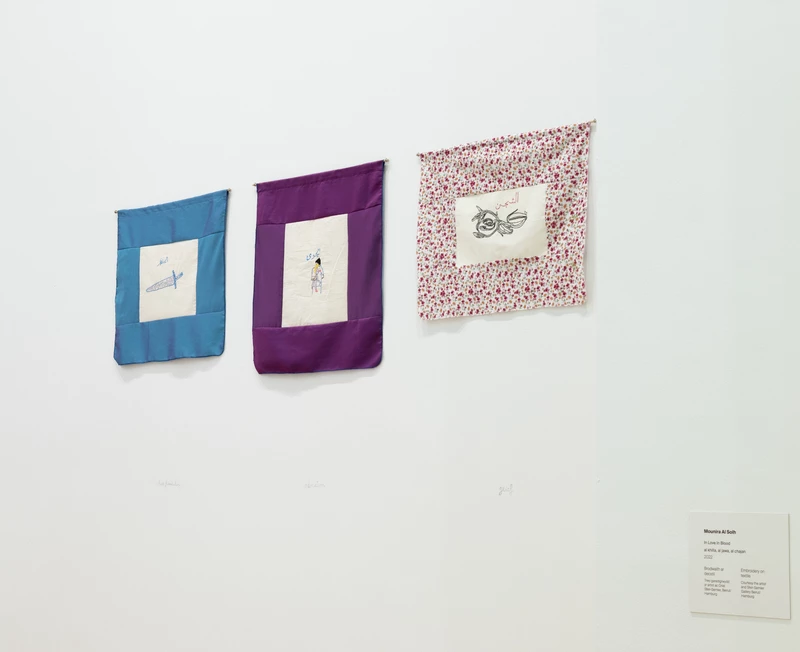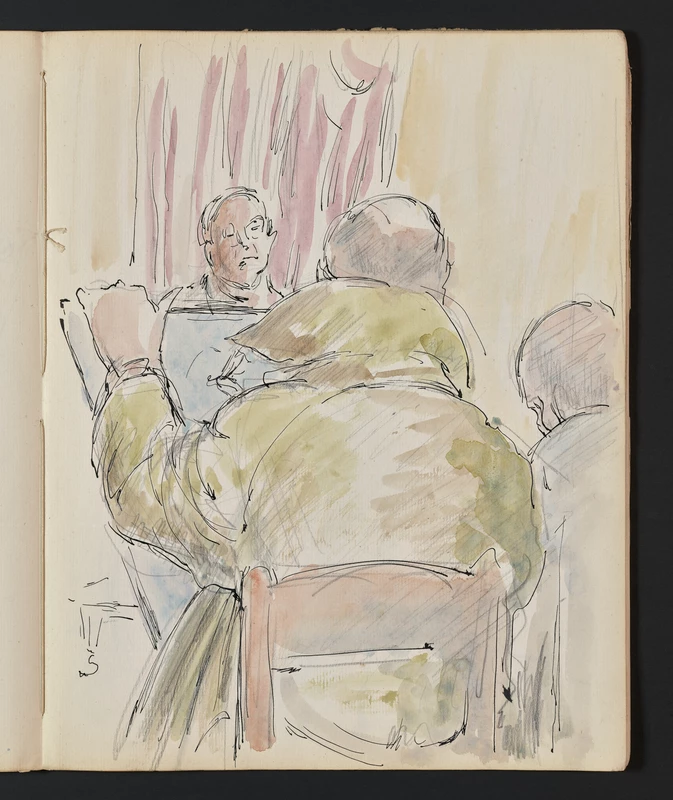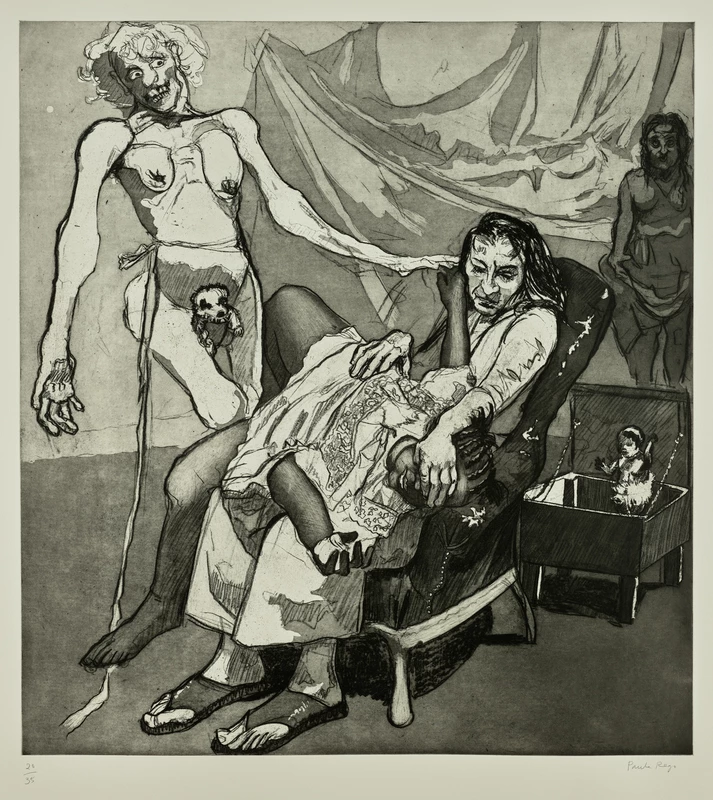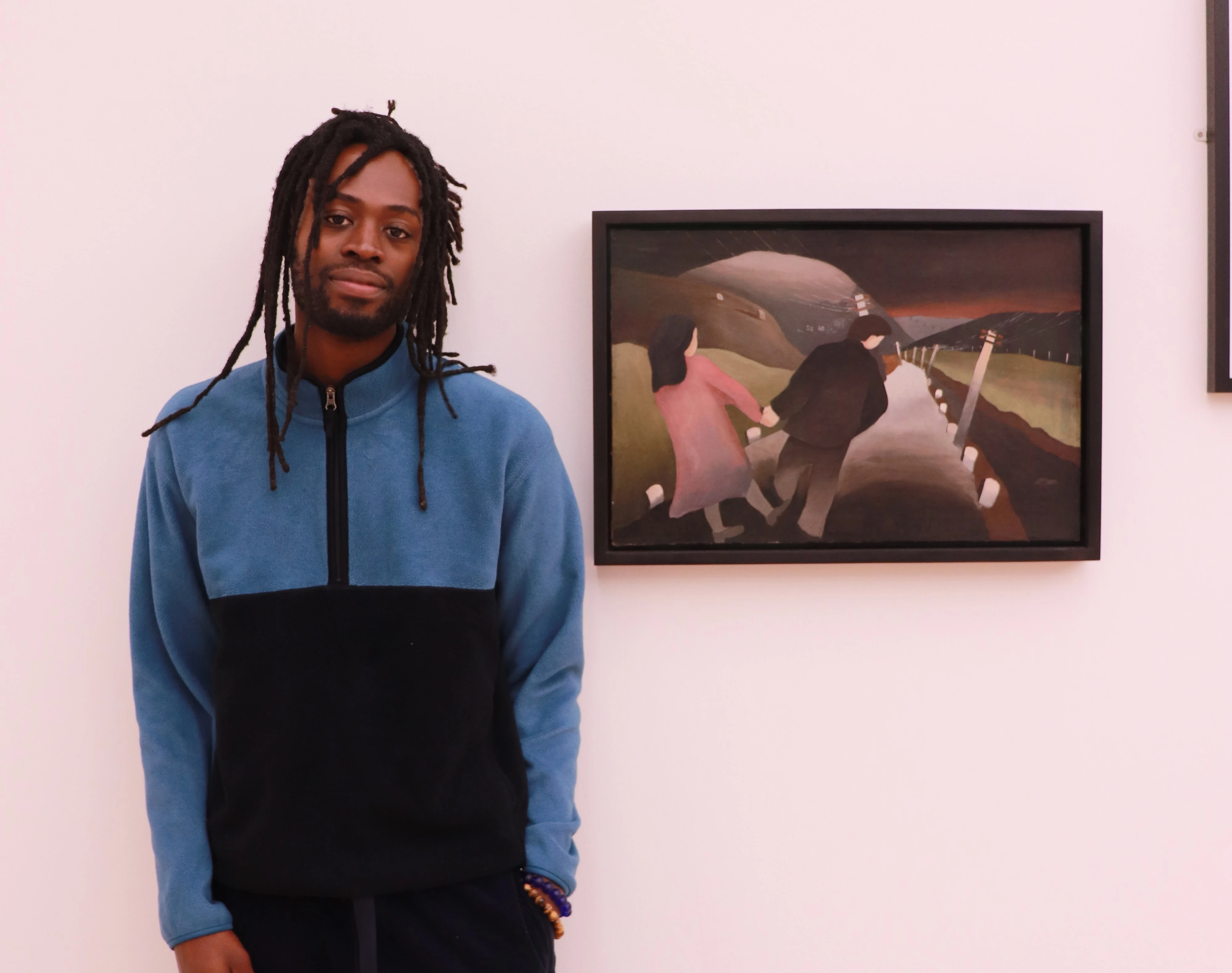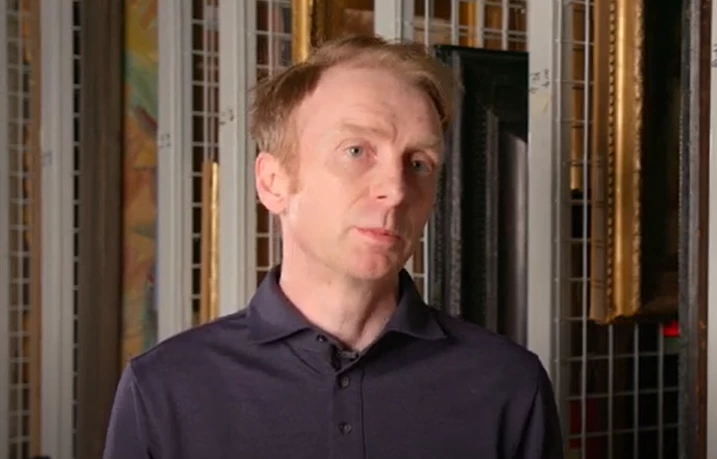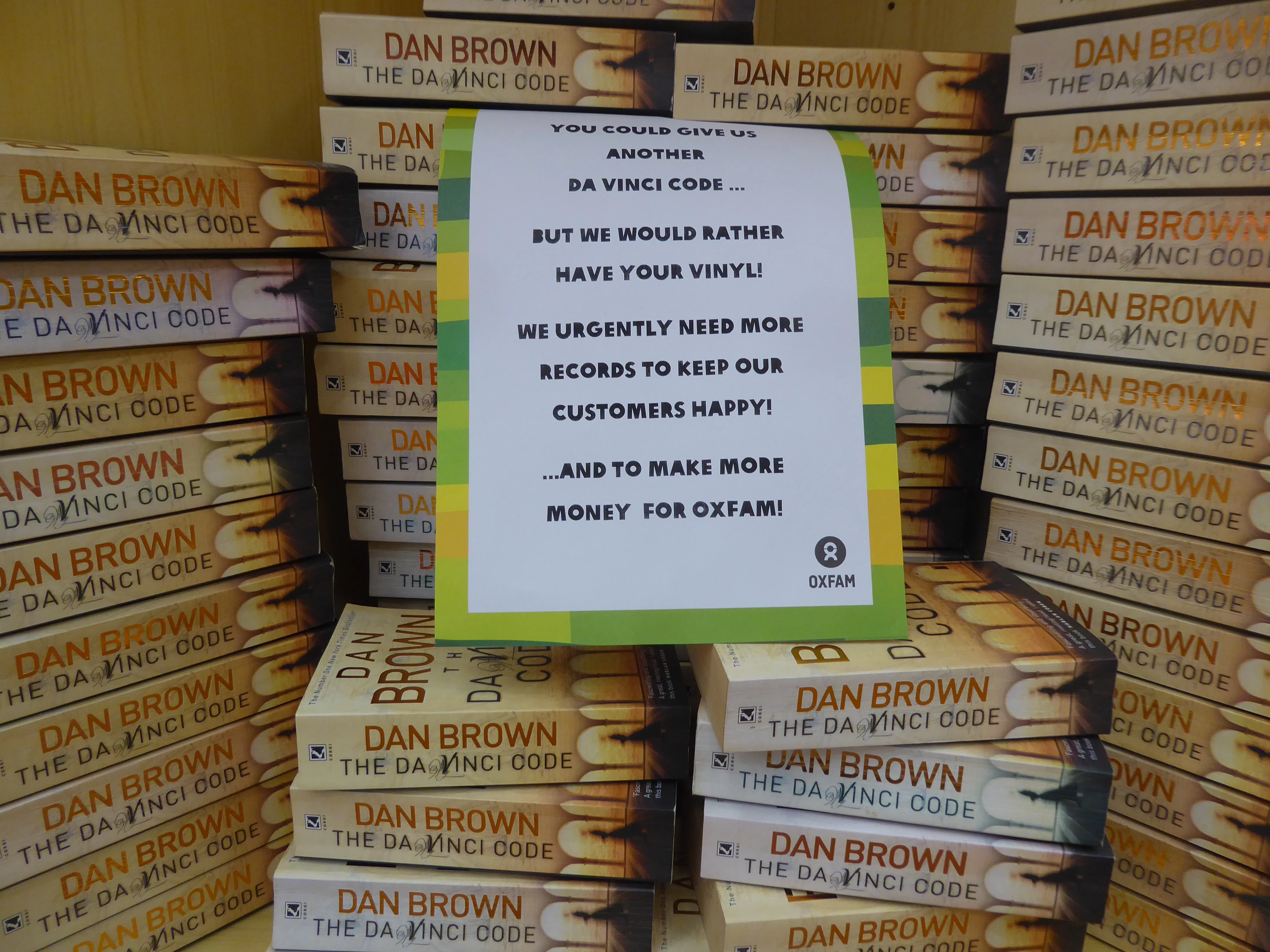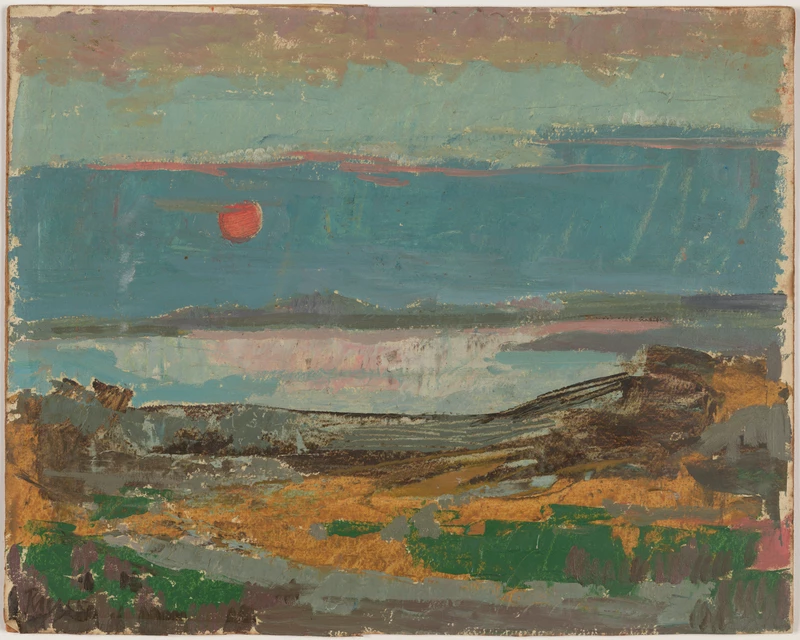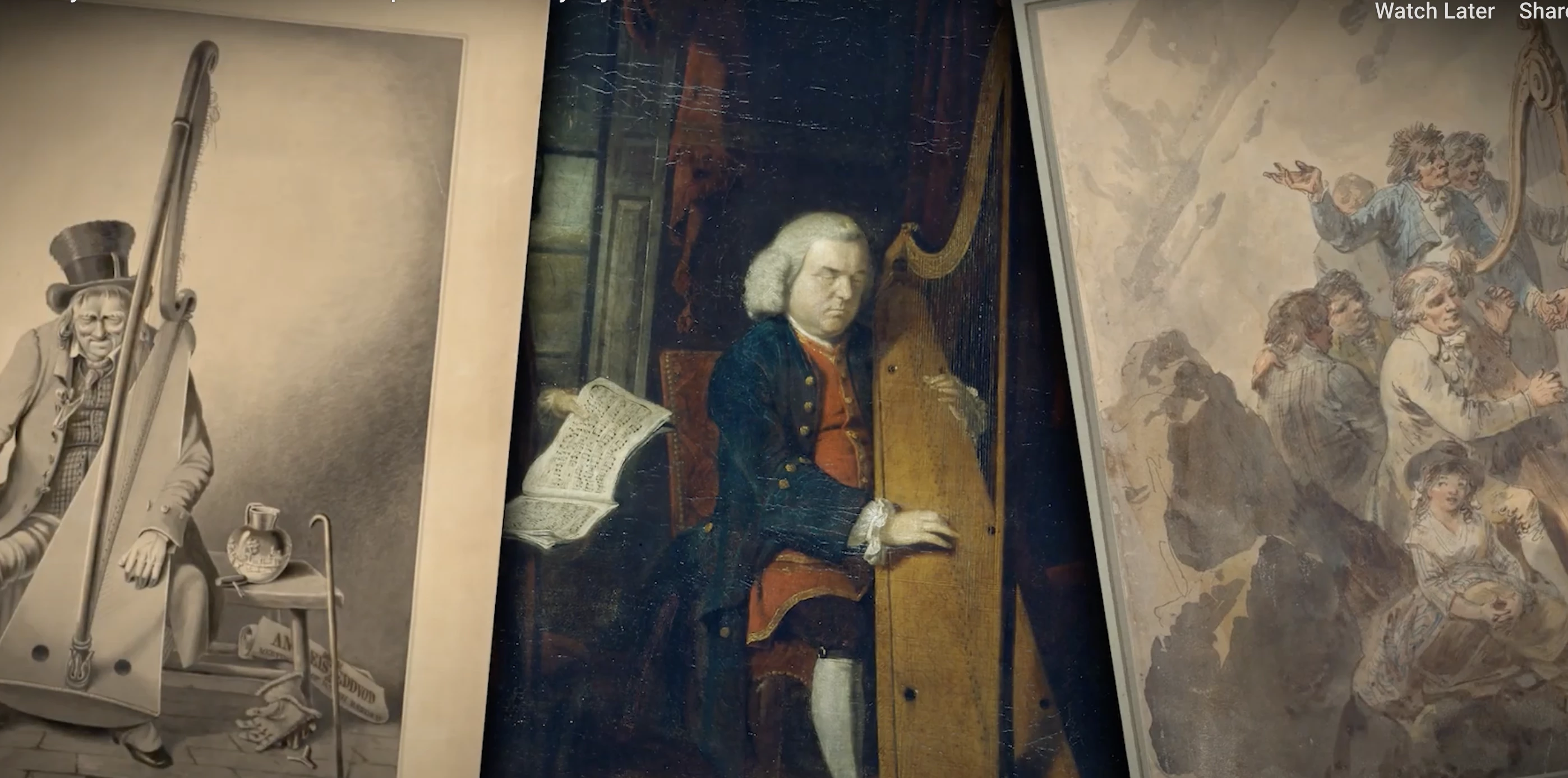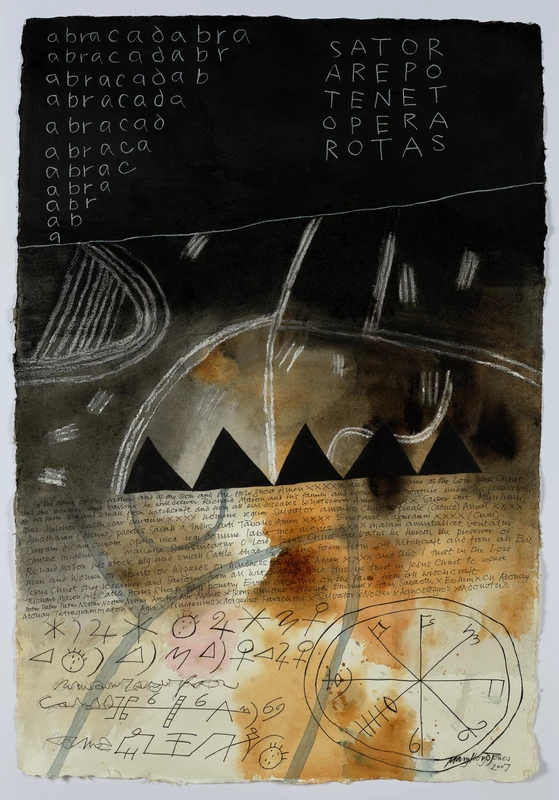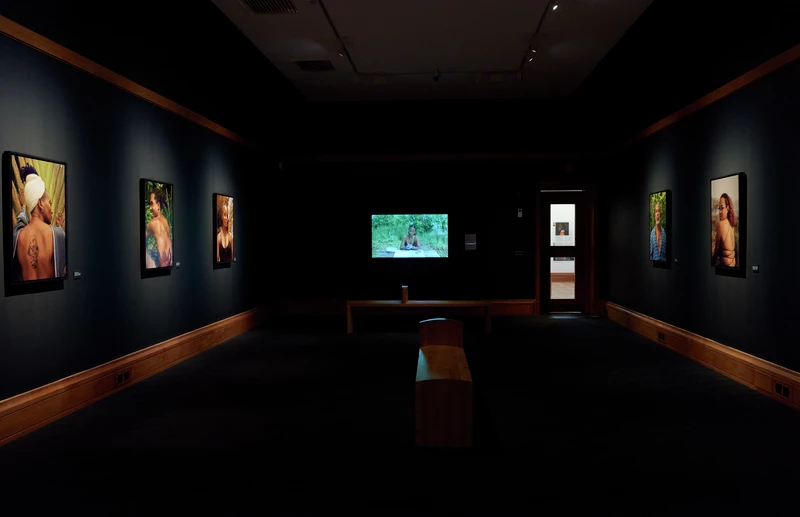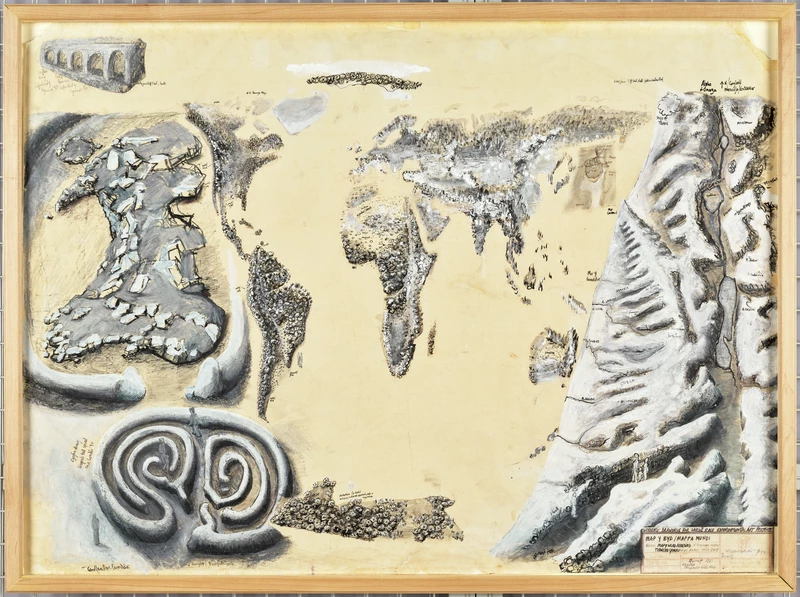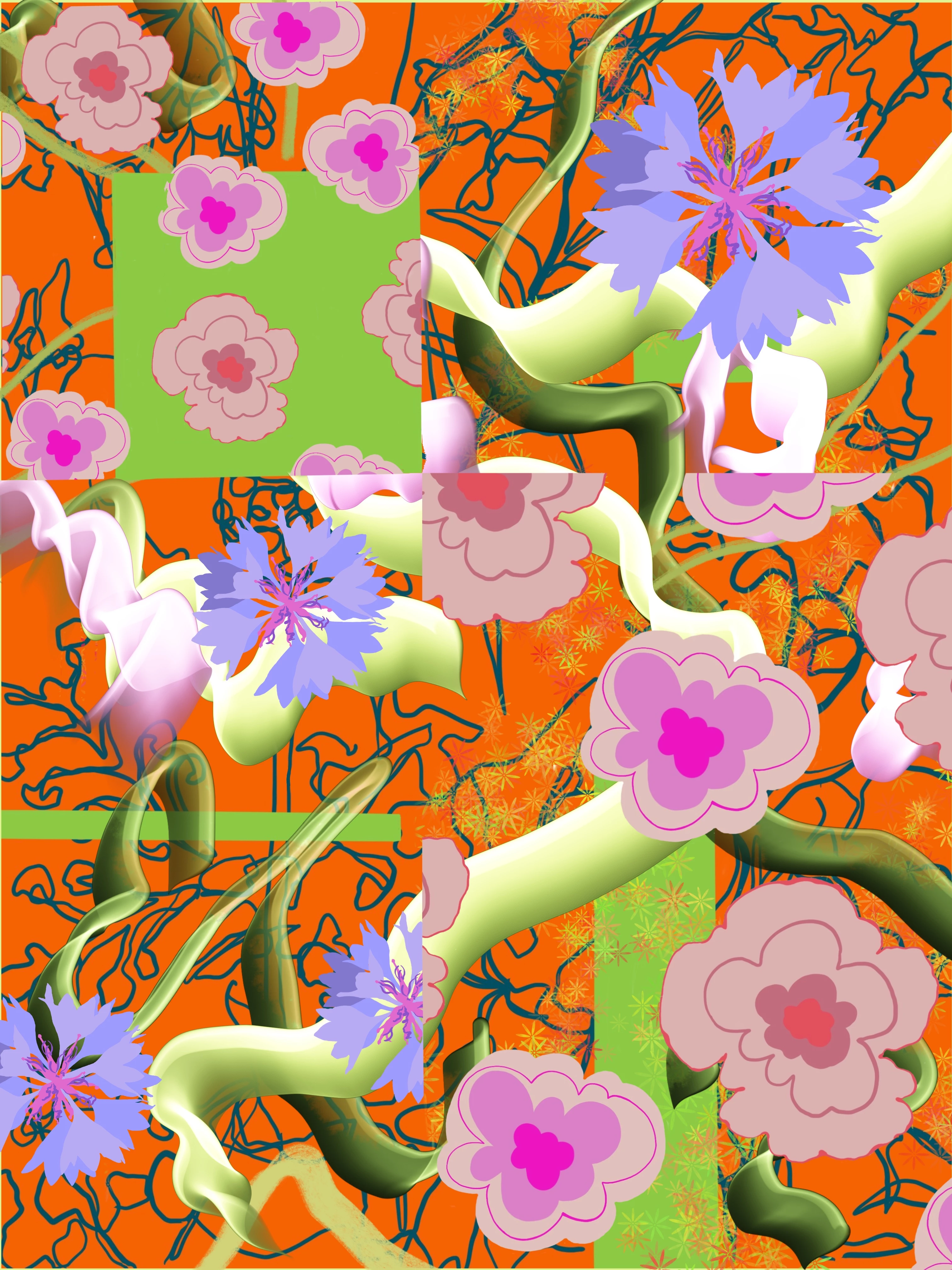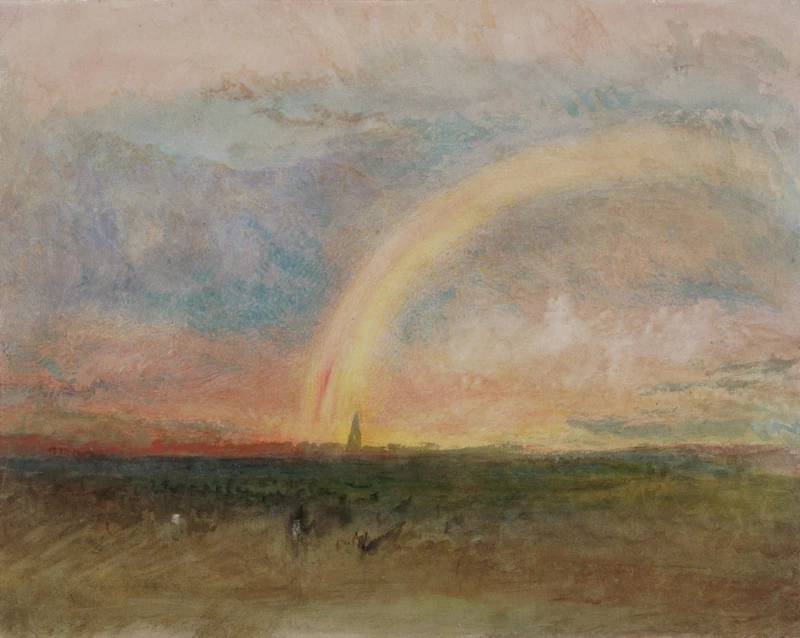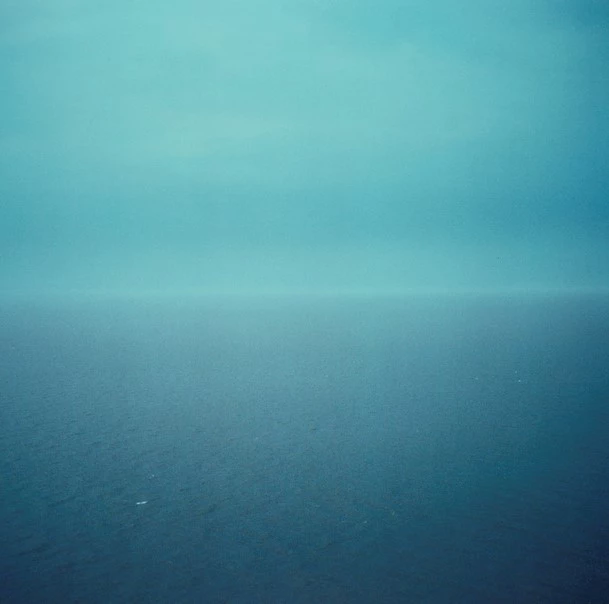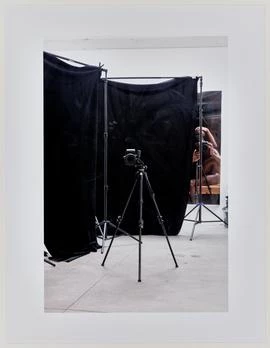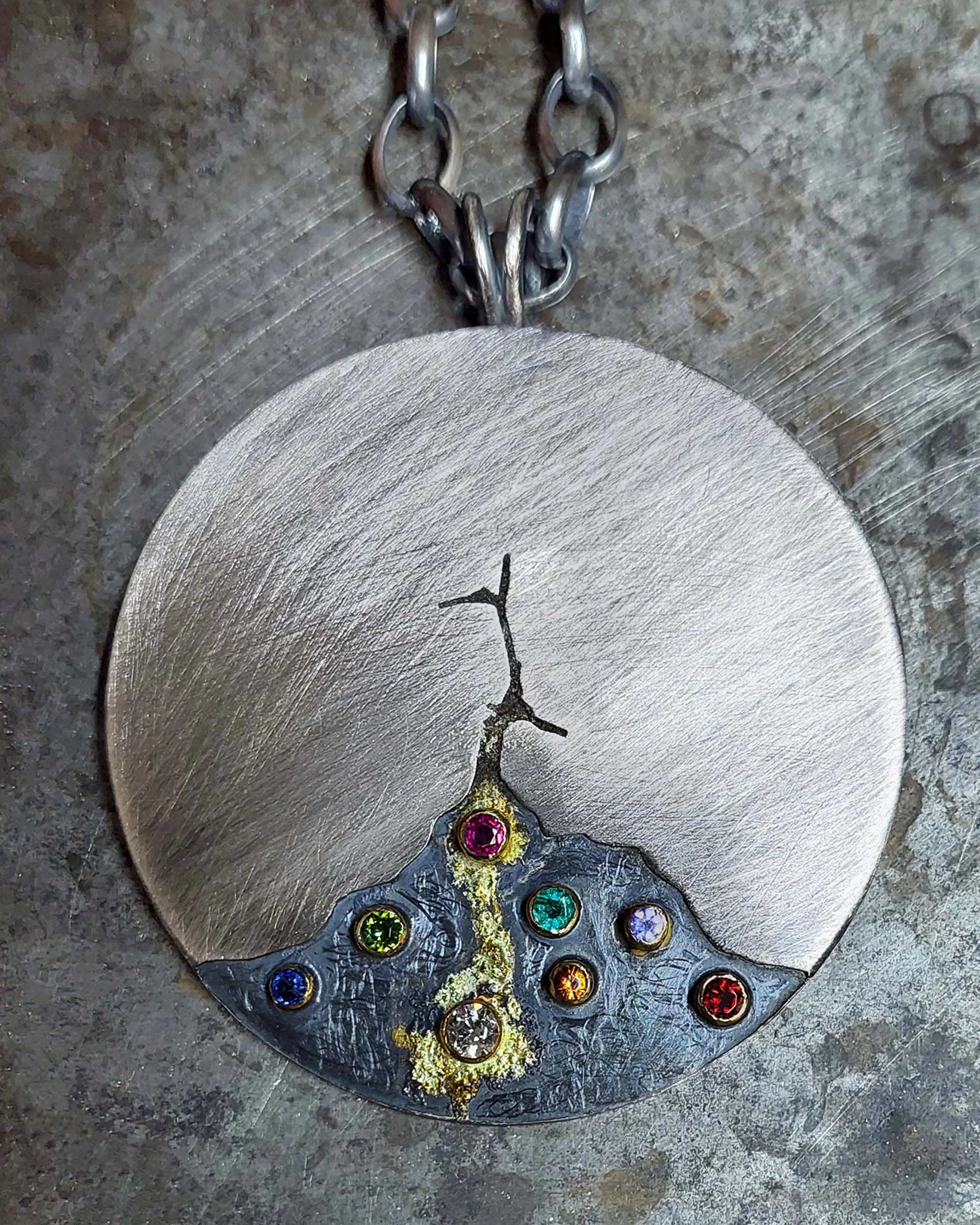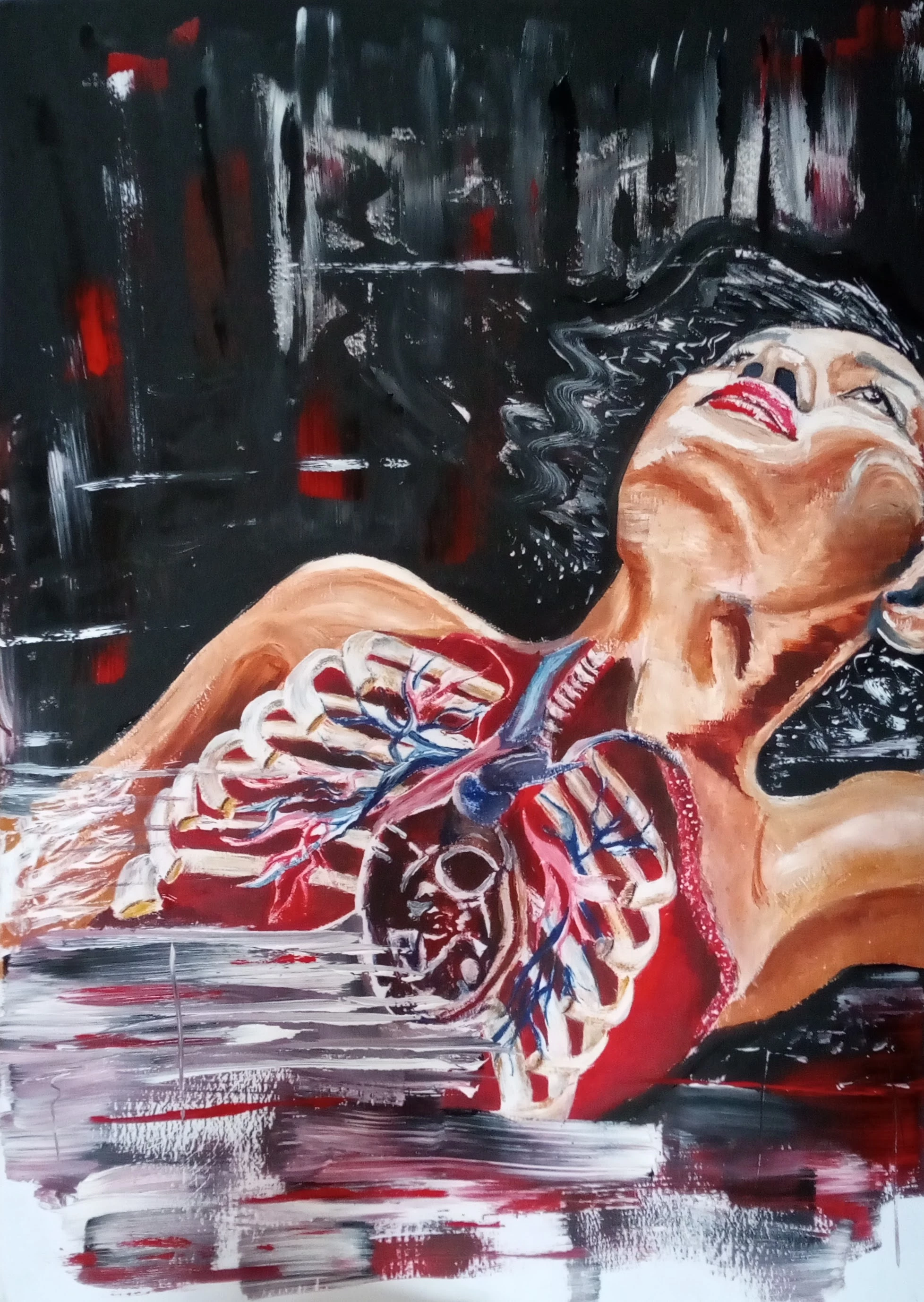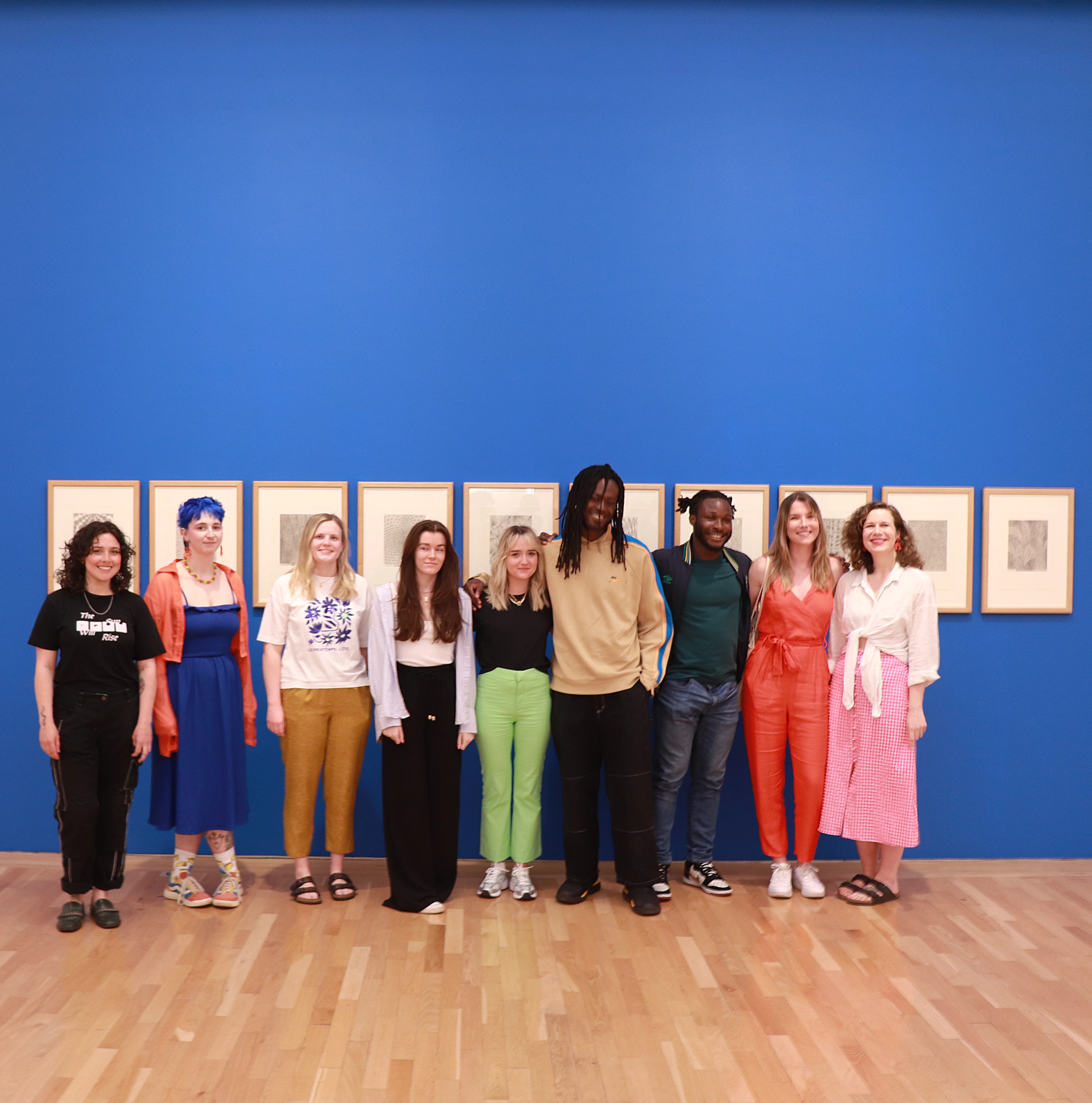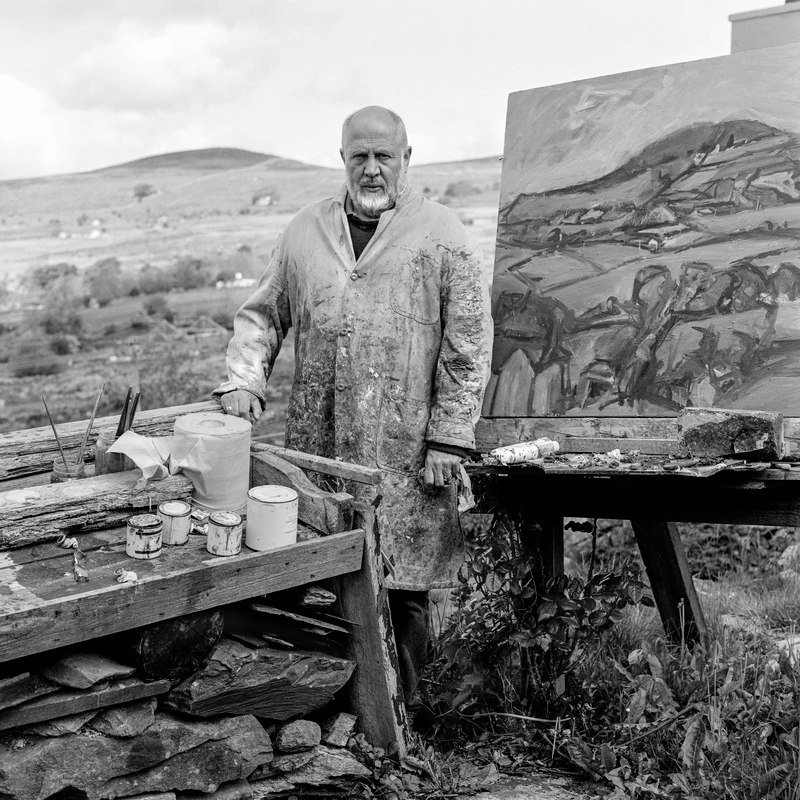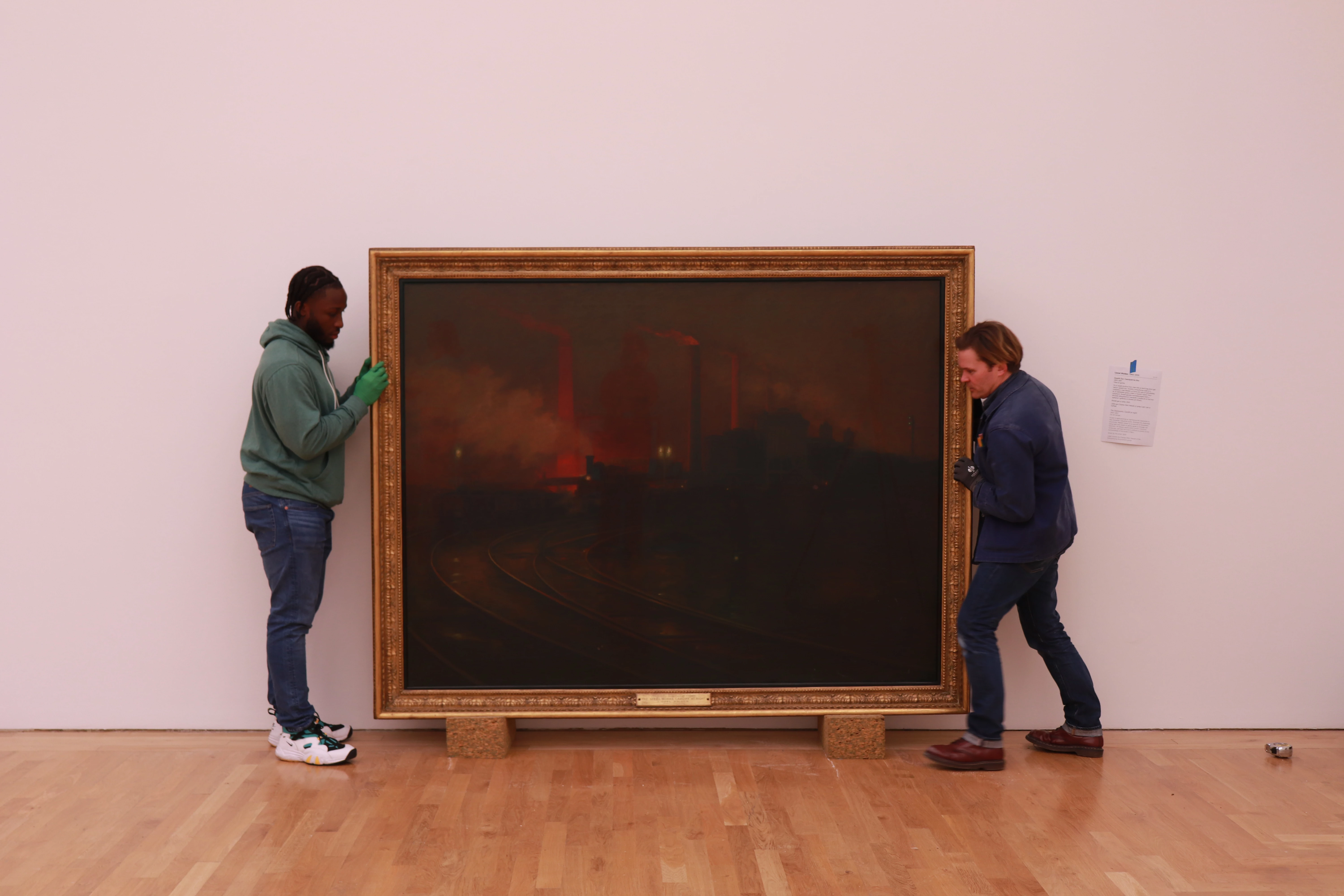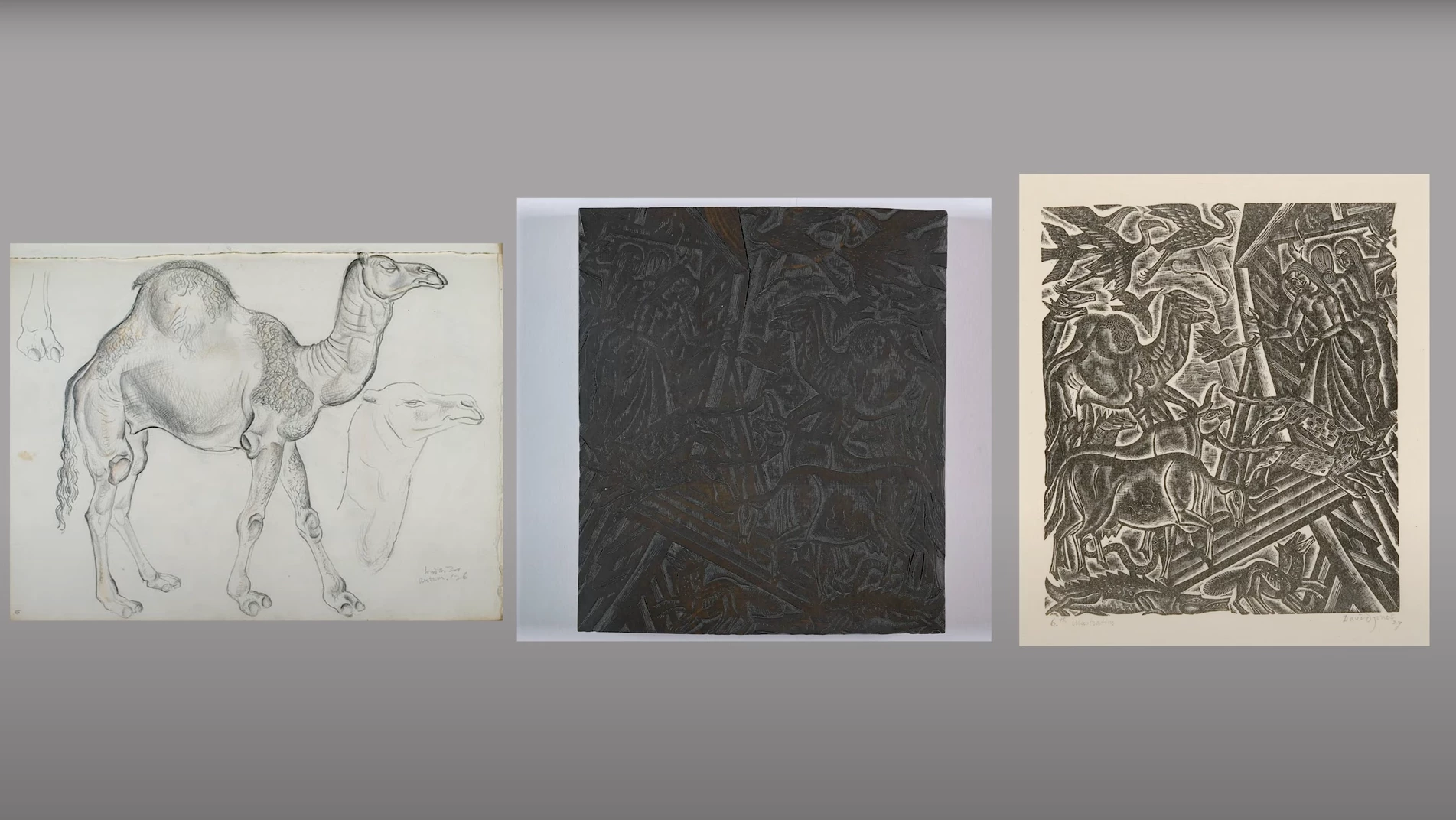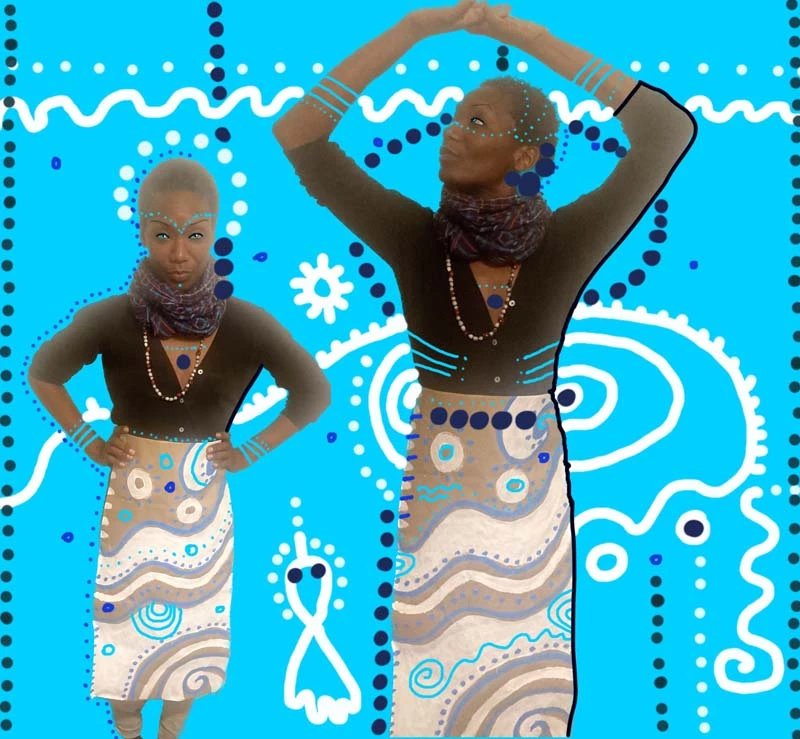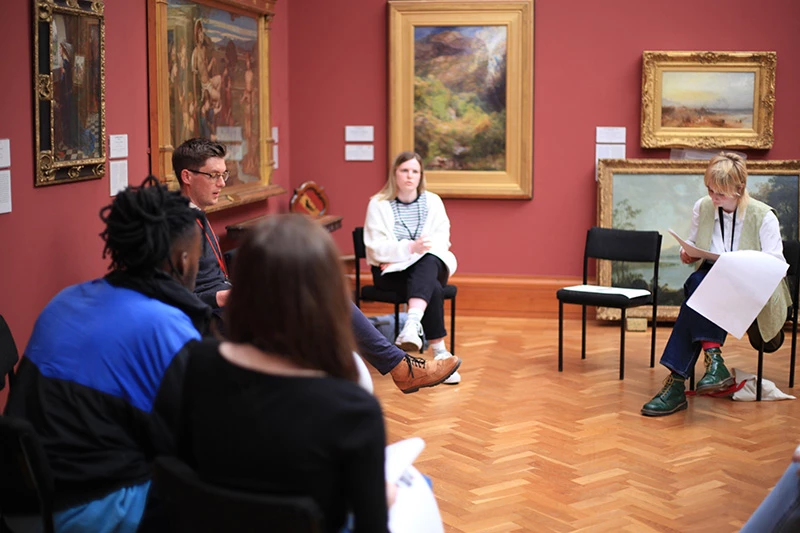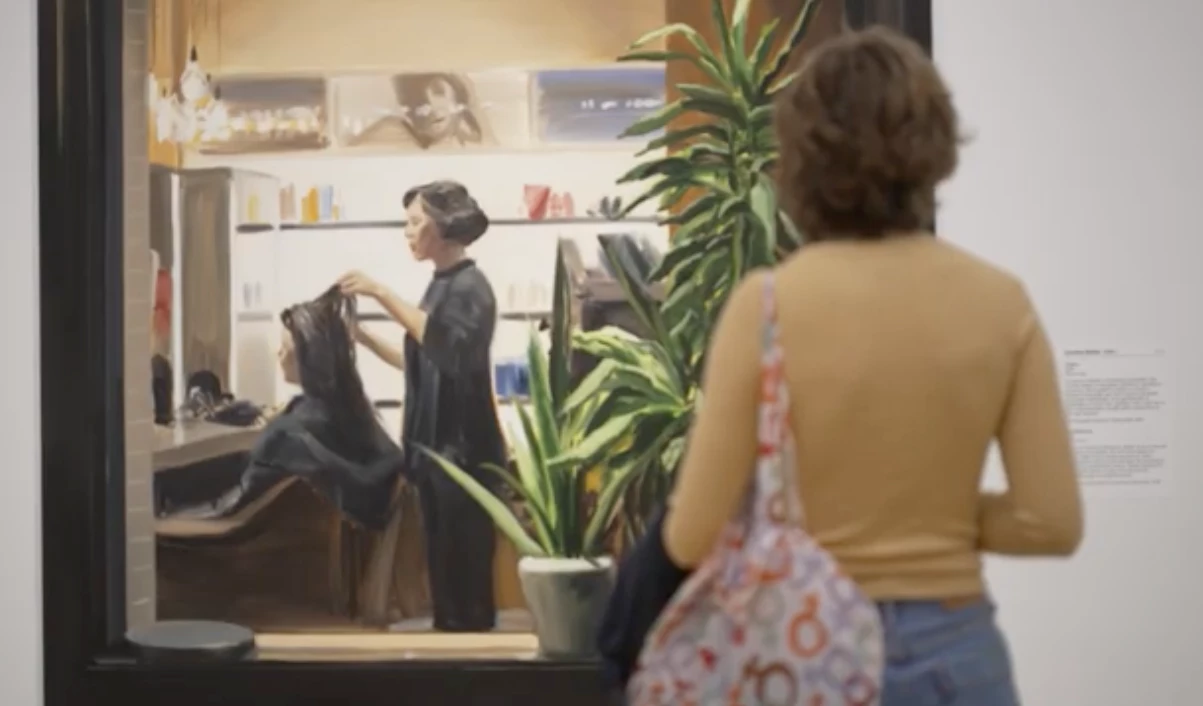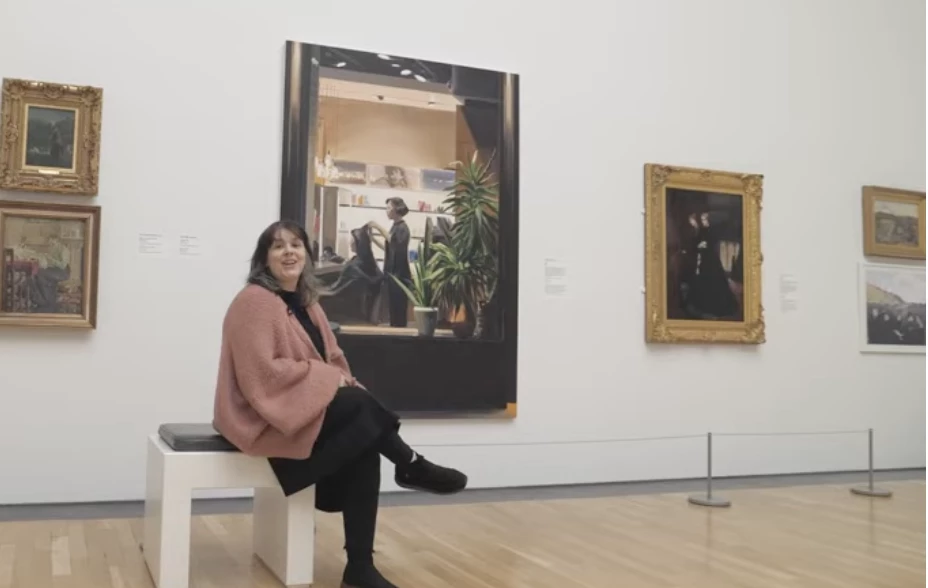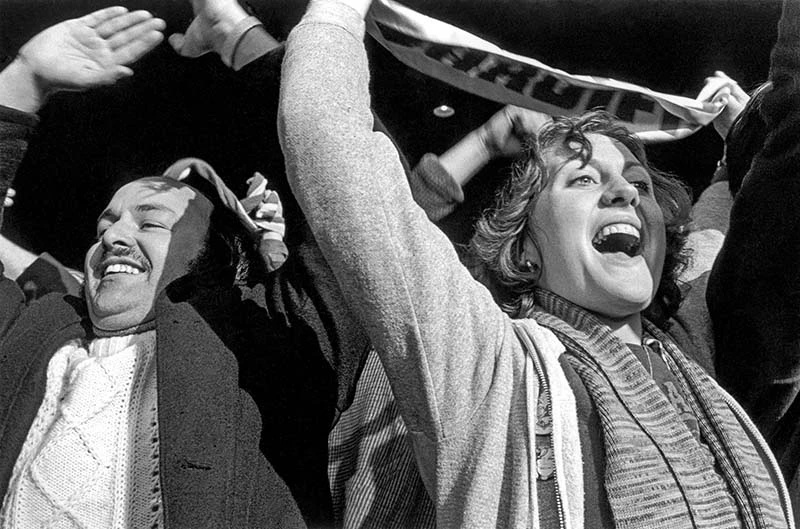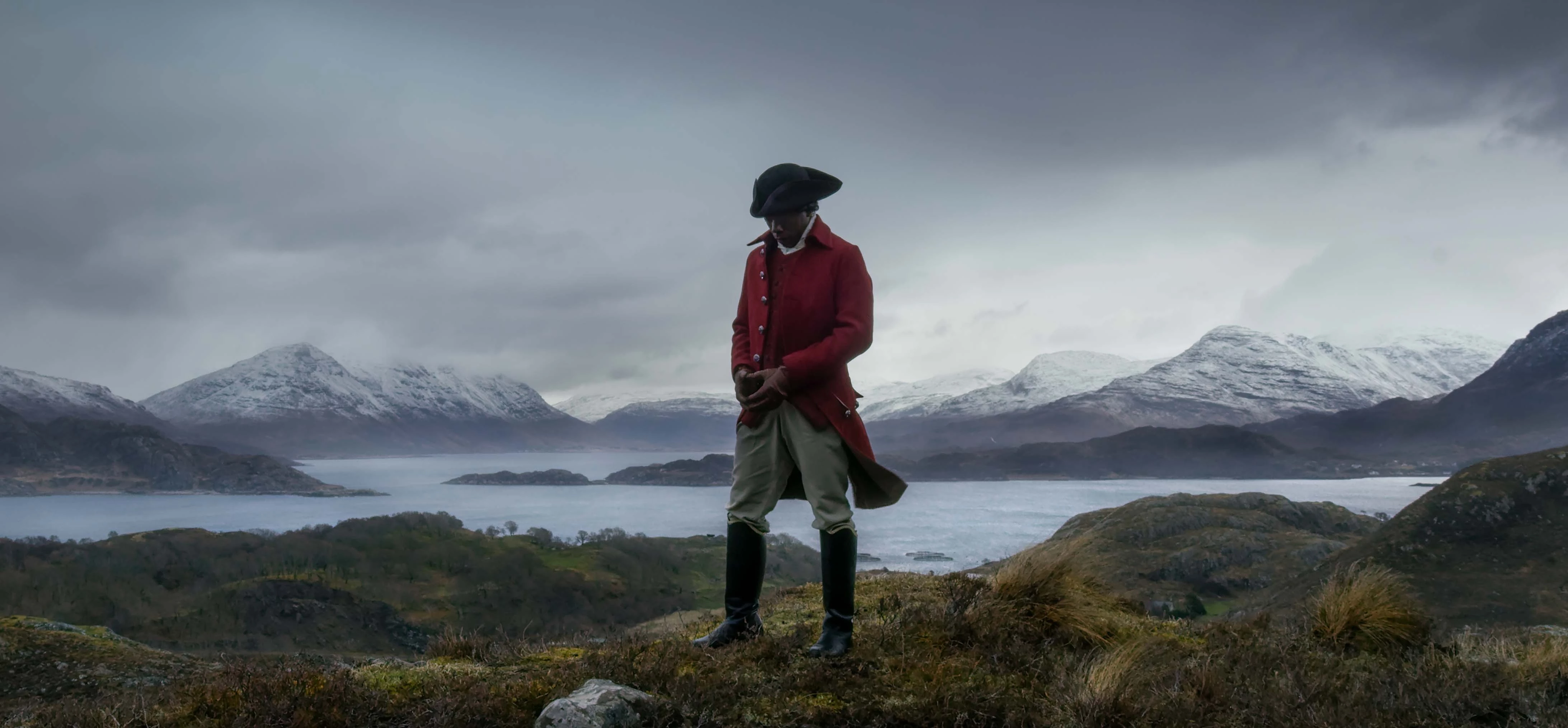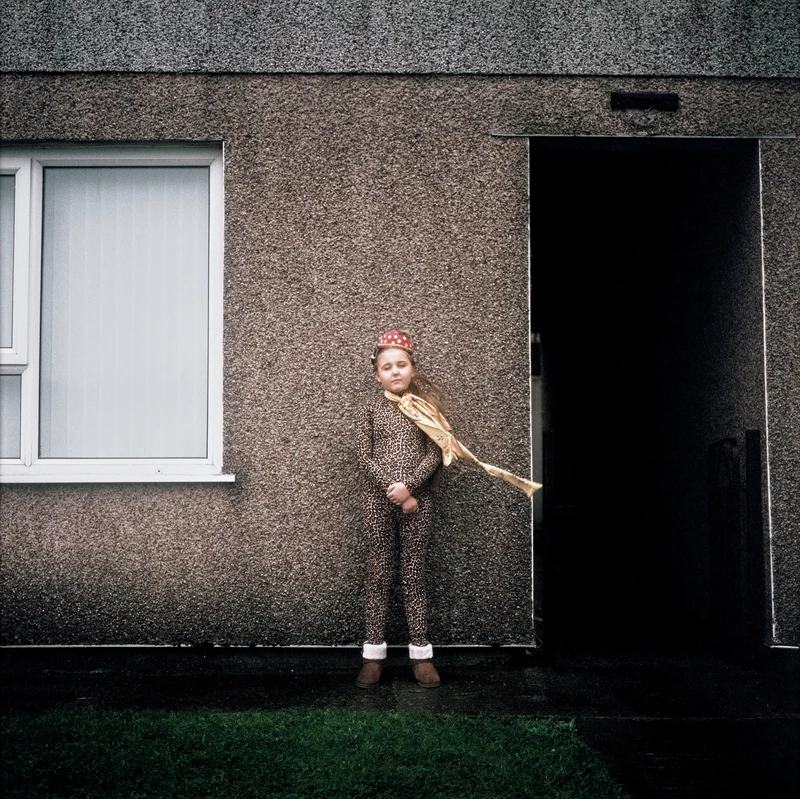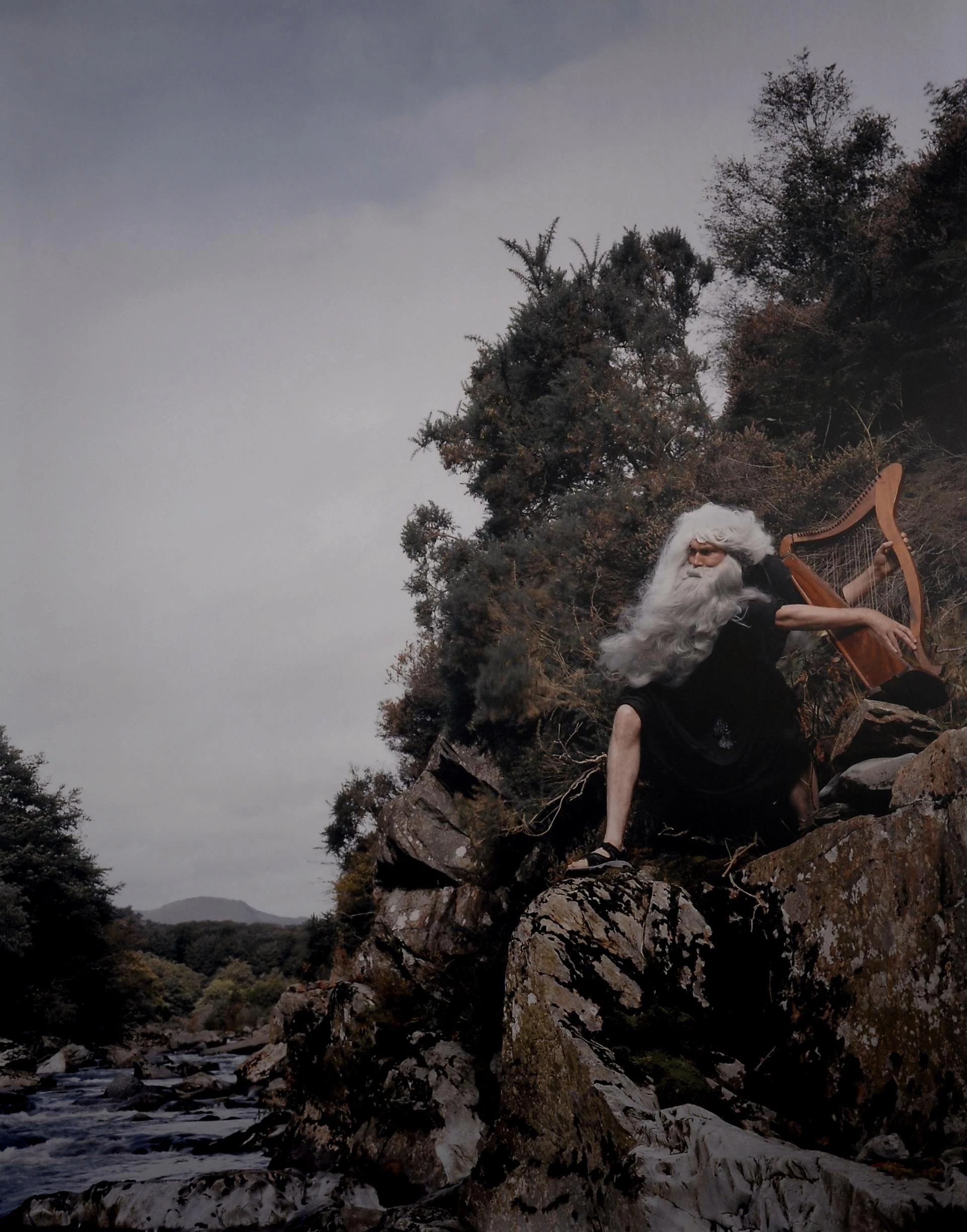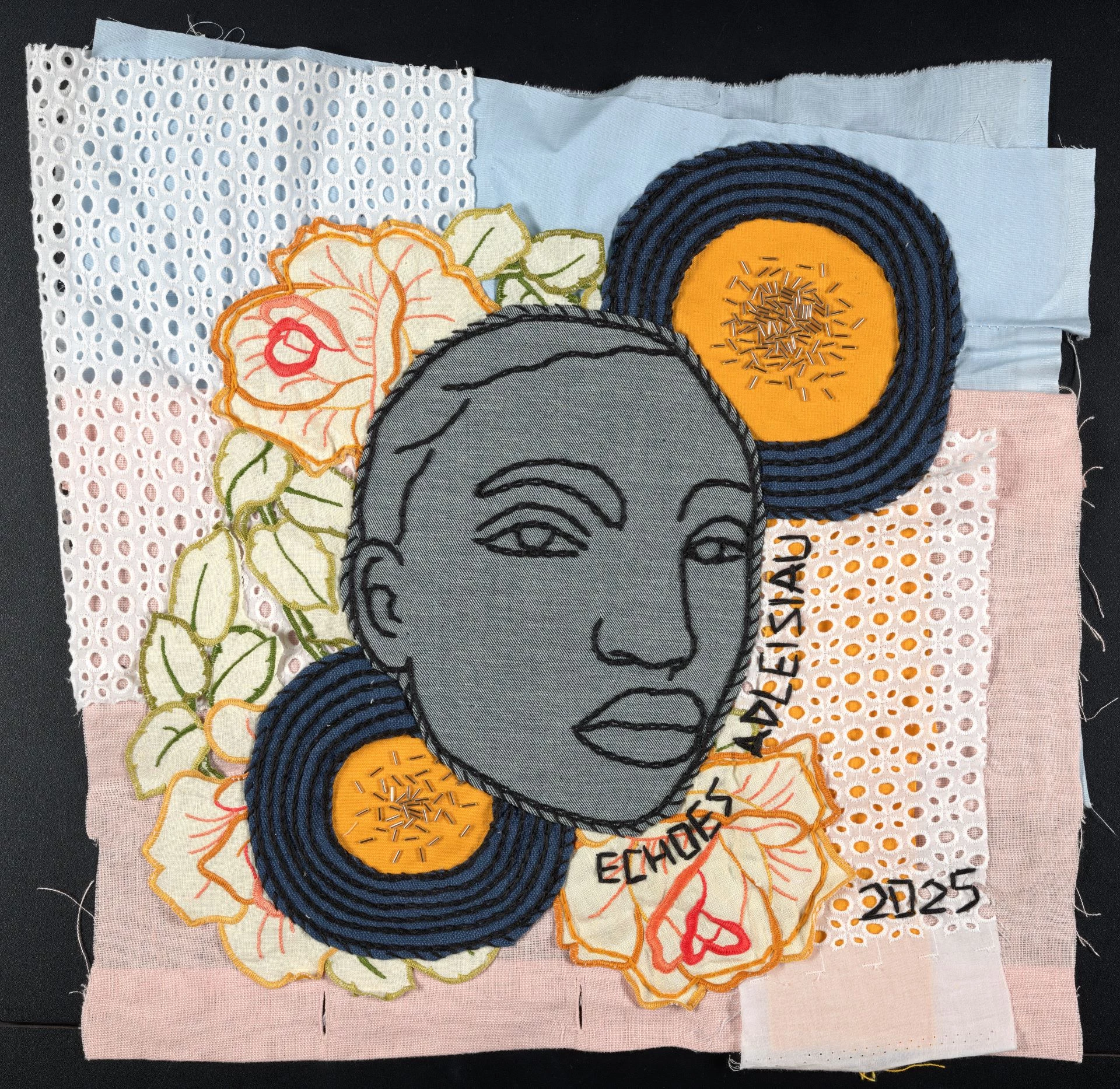Phoebe Murray-Hobbs chats to Ophelia Dos Santos about Adleisiau / Echoes
DOS SANTOS, Ophelia, Adleisiau / Echoes © Ophelia Dos Santos
The misogynistic belittling of the skill and creativity involved in the creation of textiles was directly challenged by feminist artists in the second half of the 20th century. By deliberately utilising techniques such as patchwork, embroidery and quilting, woman artists drew attention to the limitations imposed by society on woman creatives, a seminal example being the American artist Judy Chicago with The Dinner Party (1974-79).
Anya Paintsil creates artworks made exclusively from textiles and hair, as she challenges the undervaluing of afro-hairstyling and textile techniques in arts education. Paintsil’s figures are created using rug making, hand embroidery and Afro hairstyling techniques, weaving together traditional and contemporary practices from the artist’s Welsh and Ghanian heritage. Combining the Welsh language with her textile figures, all of them people of colour, is a way for Paintsil to protect her Welsh identity and confront the perception of Wales as a homogenously white country. The engagement with race and gender is woven into practice and materiality as she deliberately refuses to root her work the European Fine Art Canon.
Examining and challenging narratives of belonging and representation in Wales through textile was the starting point for Ophelia Dos Santos when creating Adleisiau / Echoes in response to Anya Paintsil’s Dannedd Dodi / False Teeth.
In the second of our three interviews in our “Textiles in the National Collection” series, Ophelia Dos Santos talks about her practice as a textile artist and what it means for her to work in Wales.
Anya Paintsil’s figures explore non-specific depictions of the Black figure. Is the embroidered face in your piece Adleisau / Echoes based on a reference or also non-specific?
The face is loosely based on a reference but intentionally abstracted to represent collective memory rather than a specific individual. I chose to illustrate ethnic minority features as a reflection of my environment in Cardiff Bay, a historically diverse community shaped by generations of multicultural influences.
You use recycled and repurposed fabrics to create your pieces; where do these fabrics come from? Was there any significance to the choices of fabrics used for this piece?
I source my fabrics from a mix of places, including repurposed materials, markets, and scraps I have around the workshops. The combination of floral patchwork and structured geometric shapes was unplanned, but on reflection the juxtaposition of fabrics can also be seen as a representation of Welsh identity (a melting pot of different nationalities, cultures and differences in one place).
What motivates you to make art through the medium of textile?
I'm drawn to textiles because of their tactile, intimate nature and their deep connection to memory, heritage, and storytelling. Fabric carries history, it’s worn, passed down, repurposed and I love how working with it allows for layered narratives. Stitching feels like a meditative and intentional act, reinforcing themes of care, repair, and resilience. One of the biggest challenges is the time-intensive nature of hand embroidery, but that slowness is also what makes it rewarding, each stitch is a mark of time, labour, and thought!
Textile art forms have historically been dismissively gendered as “woman’s work” or have suffered from a general devaluing of craft practices that fall outside of the European Fine Art canon. How do you feel about the way textiles are represented in the art world today?
It seems that museums and galleries are increasingly recognizing the significance of textiles, I am thinking of the 'Unravel' exhibition at the Barbican last year. Social media also plays a role in pushing textile art into the mainstream, allowing for more visibility and appreciation. During my time at university, finding contemporary textile artists online was a huge inspiration to me - Nichole Chui for example, brings a fresh and modern style to embroidery (embroidery still being associated with Victorian women).
Do you feel that working in Wales is significant for your practice as a textile artist?
Working in Wales is deeply significant to my practice. The country has a rich textile history, from wool production to quilting traditions, and I love how textiles are embedded in both personal and national heritage. Stitching from my workshop in Cardiff Bay, I often think of my grandfather who worked in the space before me (a carpenter by trade, specialising in restoration). Surrounded by unfinished pieces and damaged tools, I think about legacy, the passing on of skills and how our West African/Portuguese heritage influences our creations. A dialogue between past and present.
Ophelia Dos Santos is a Welsh textile artist and researcher whose work explores storytelling through portraiture, reflecting on personal and communal memories.
Adleisiau / Echoes was created using waste textiles and measures 17 inches x 17 inches.

